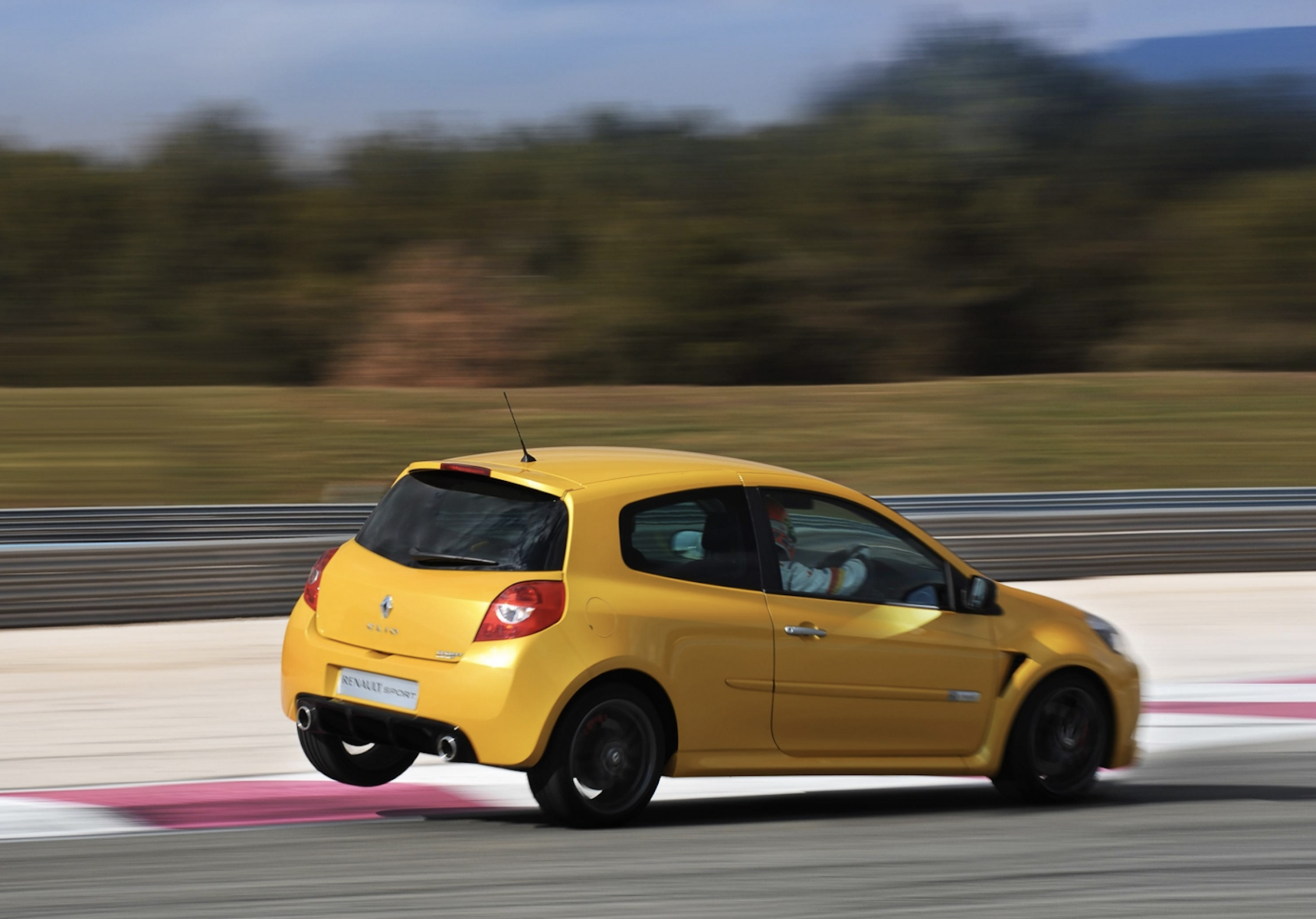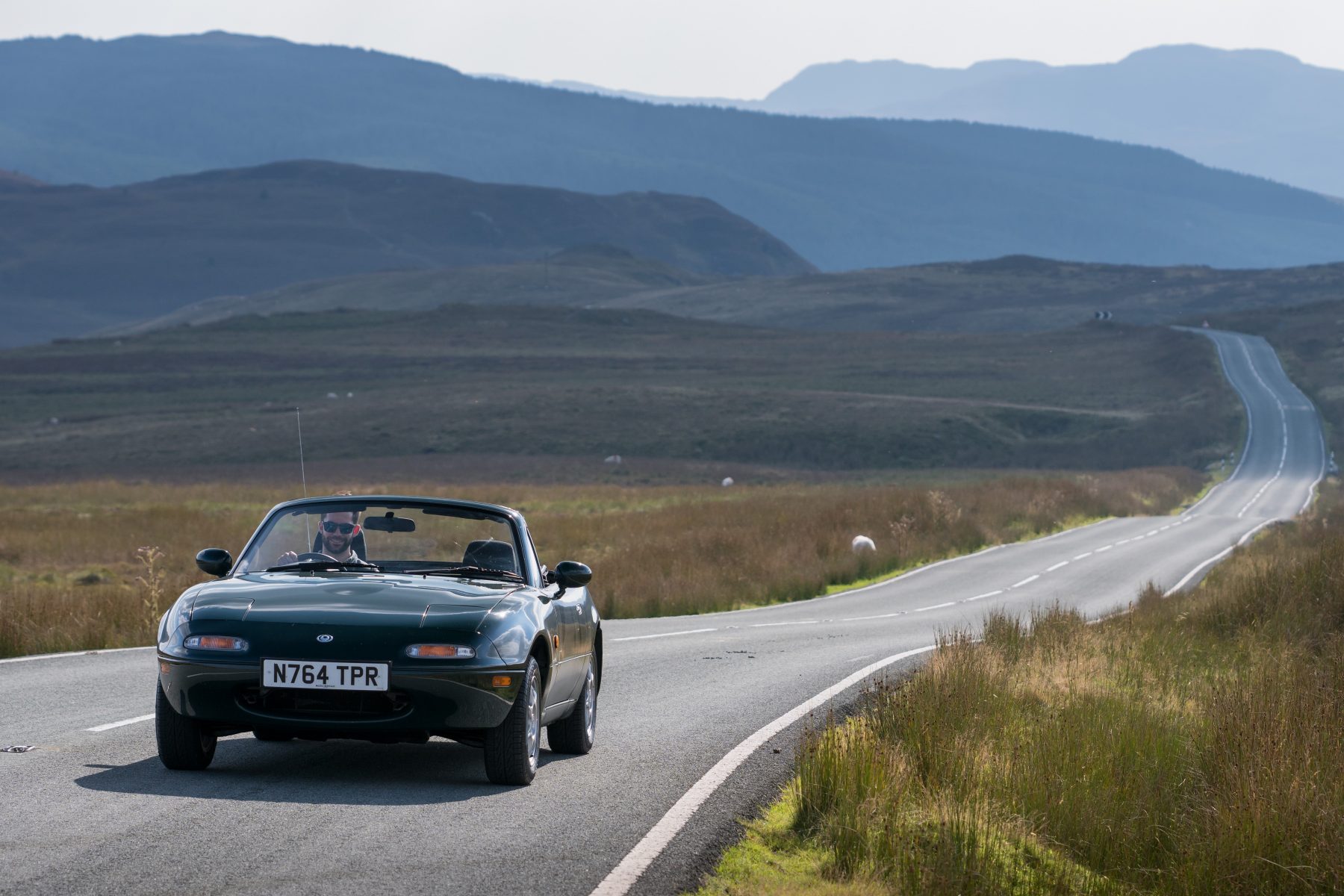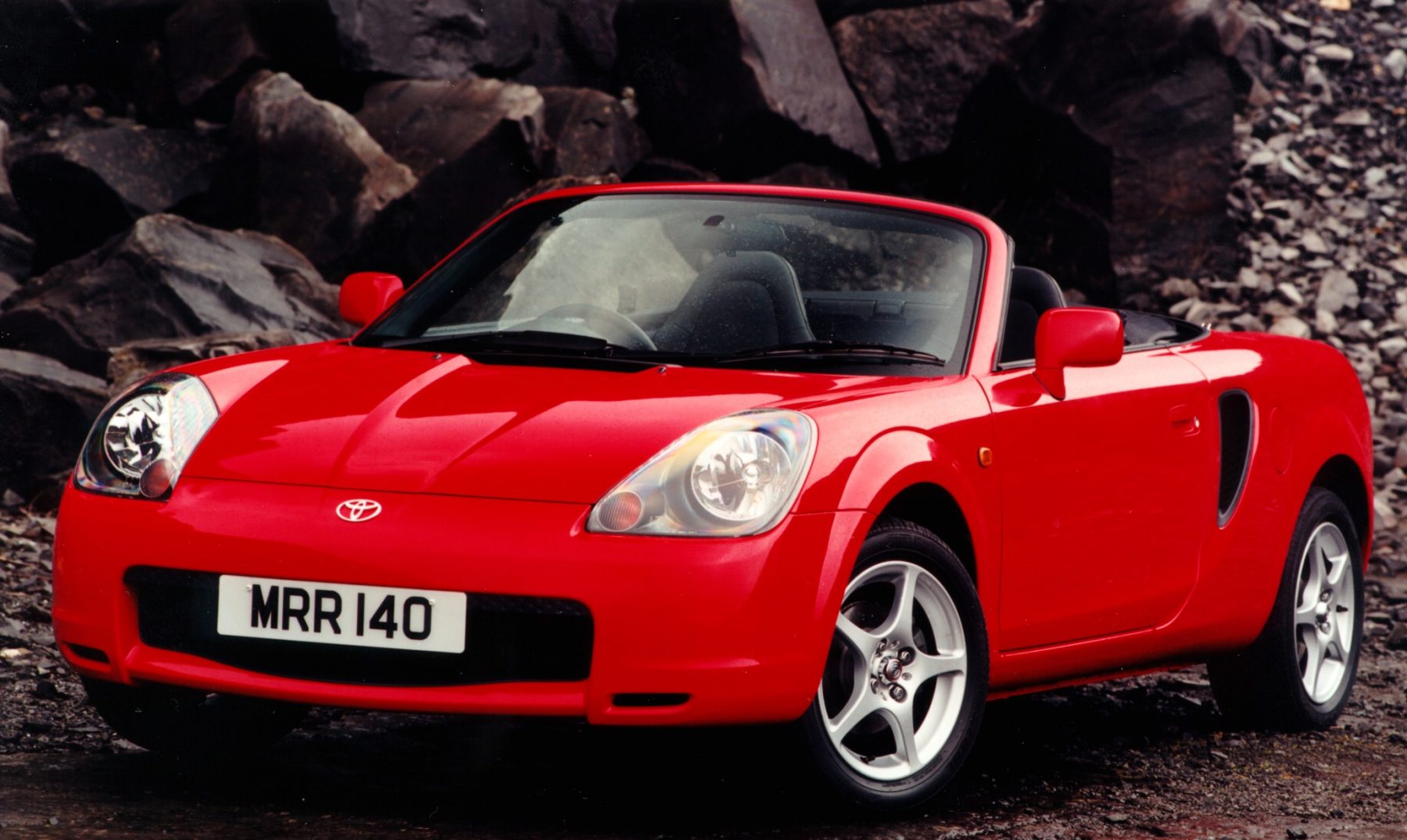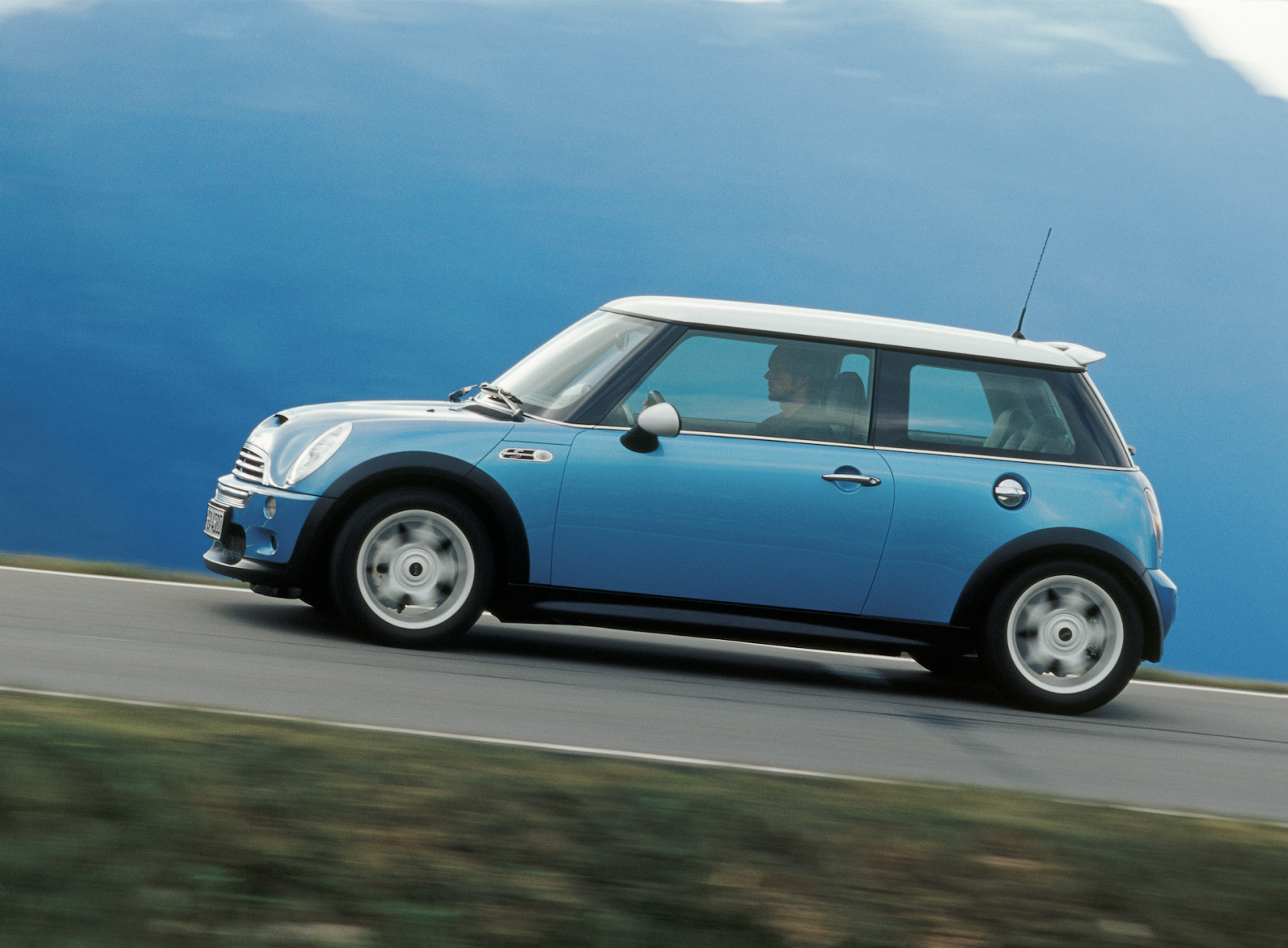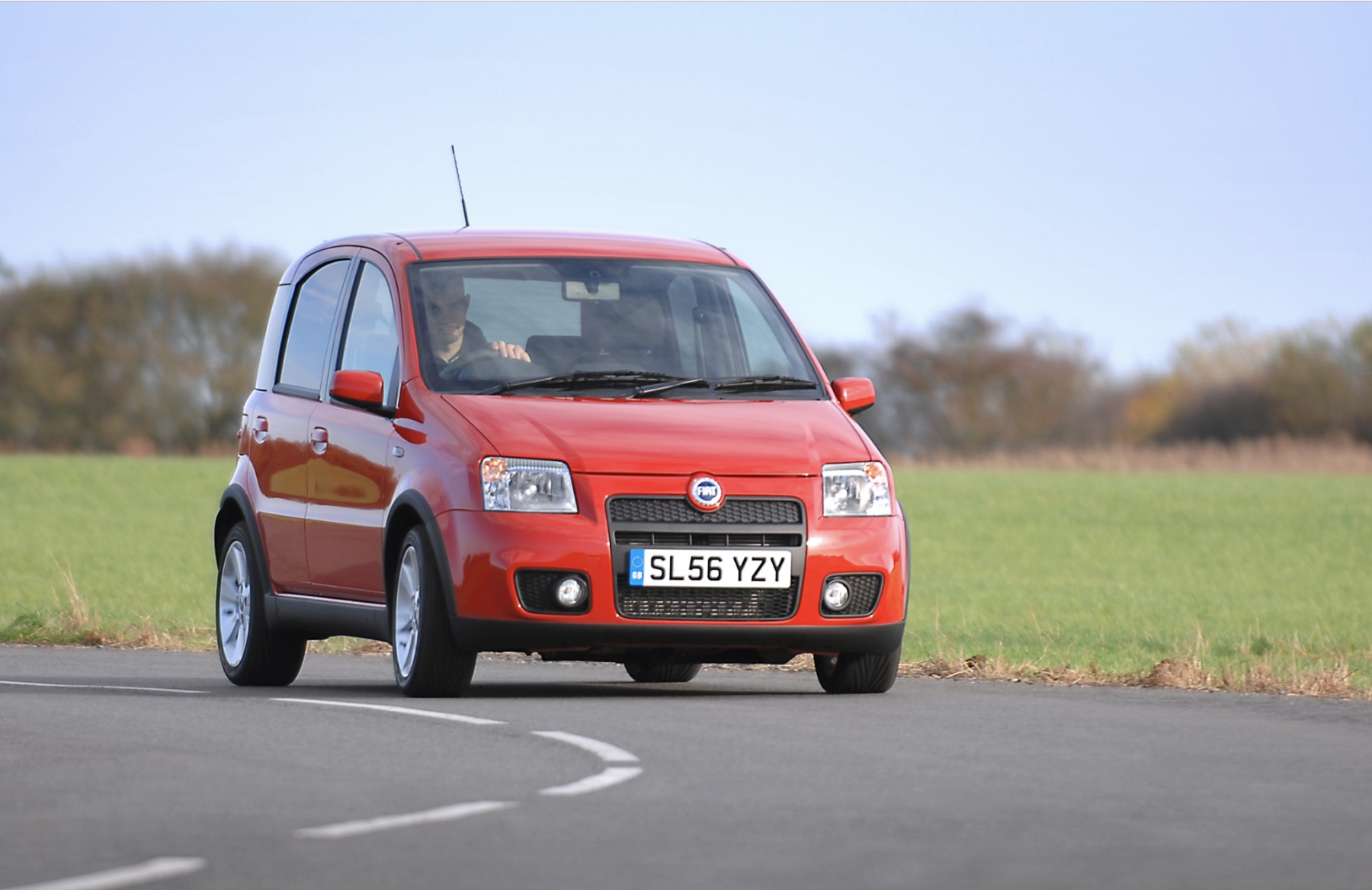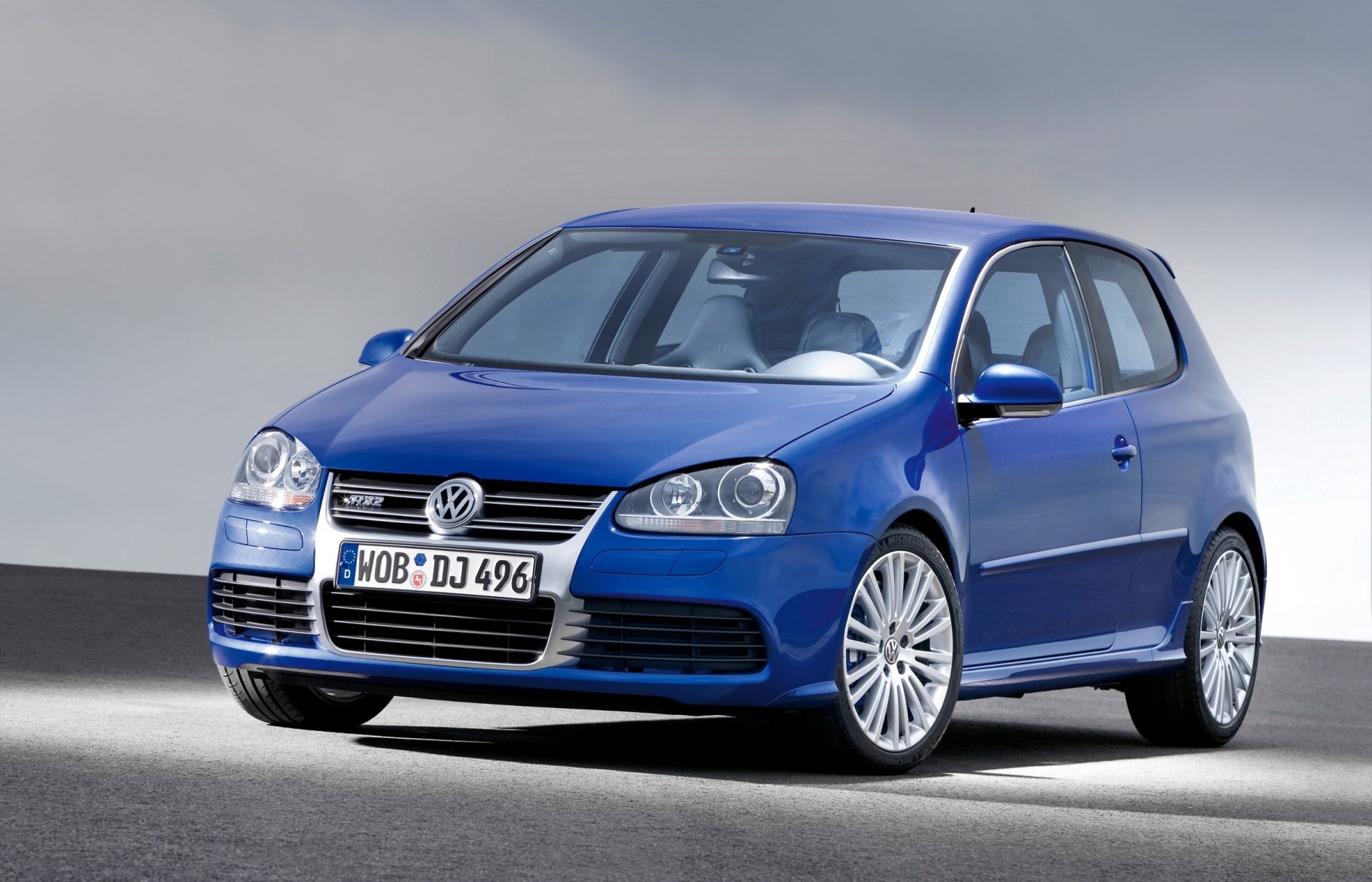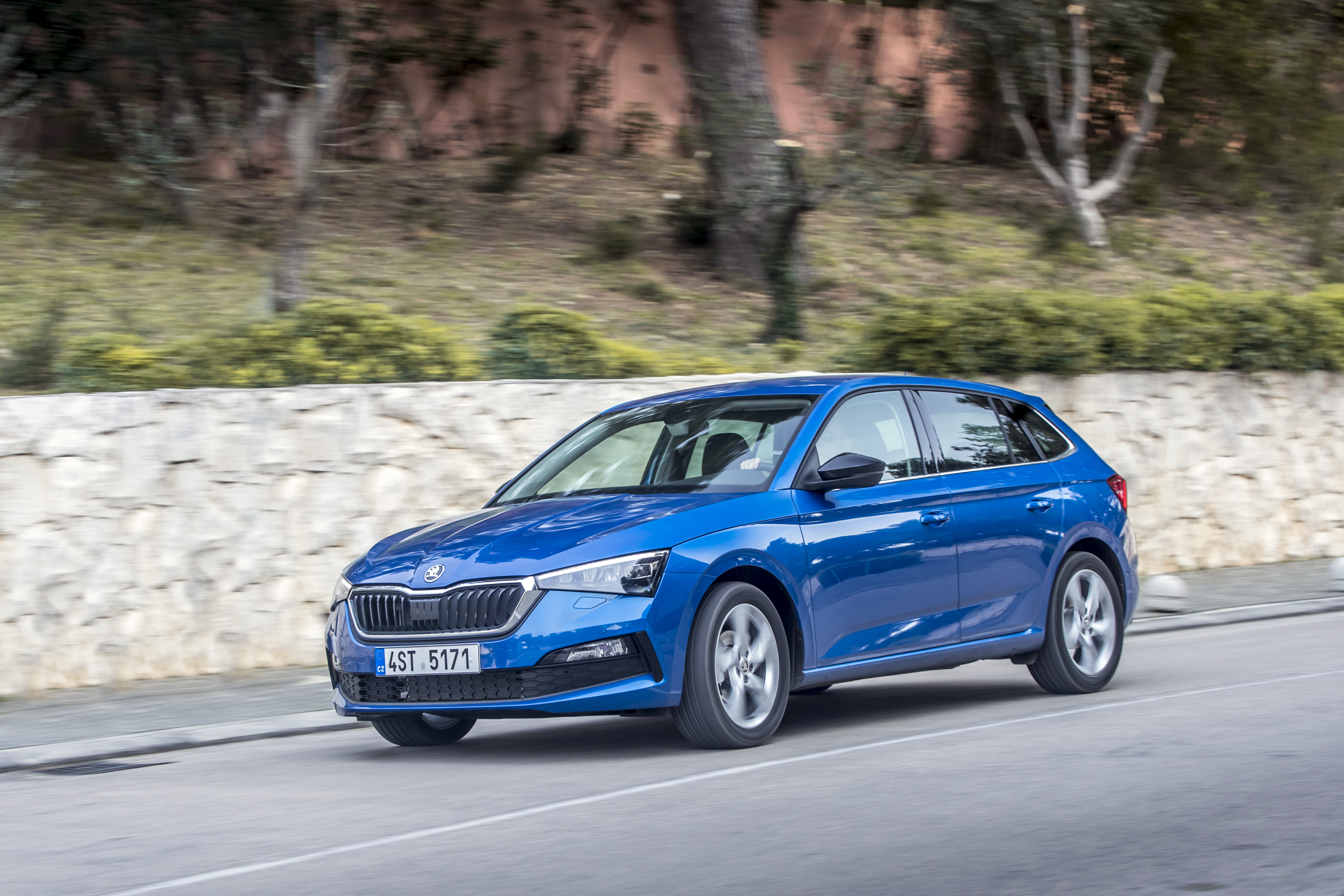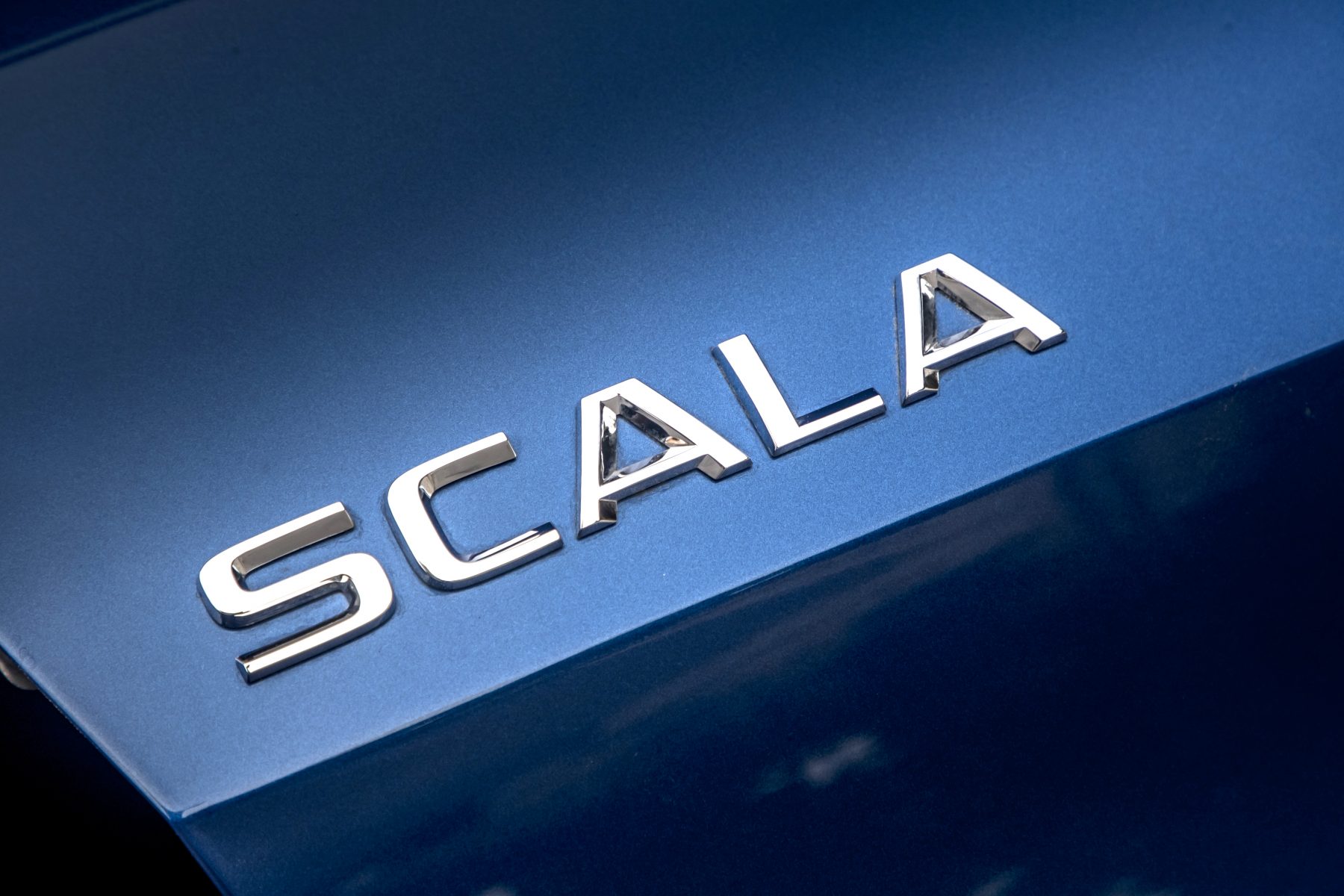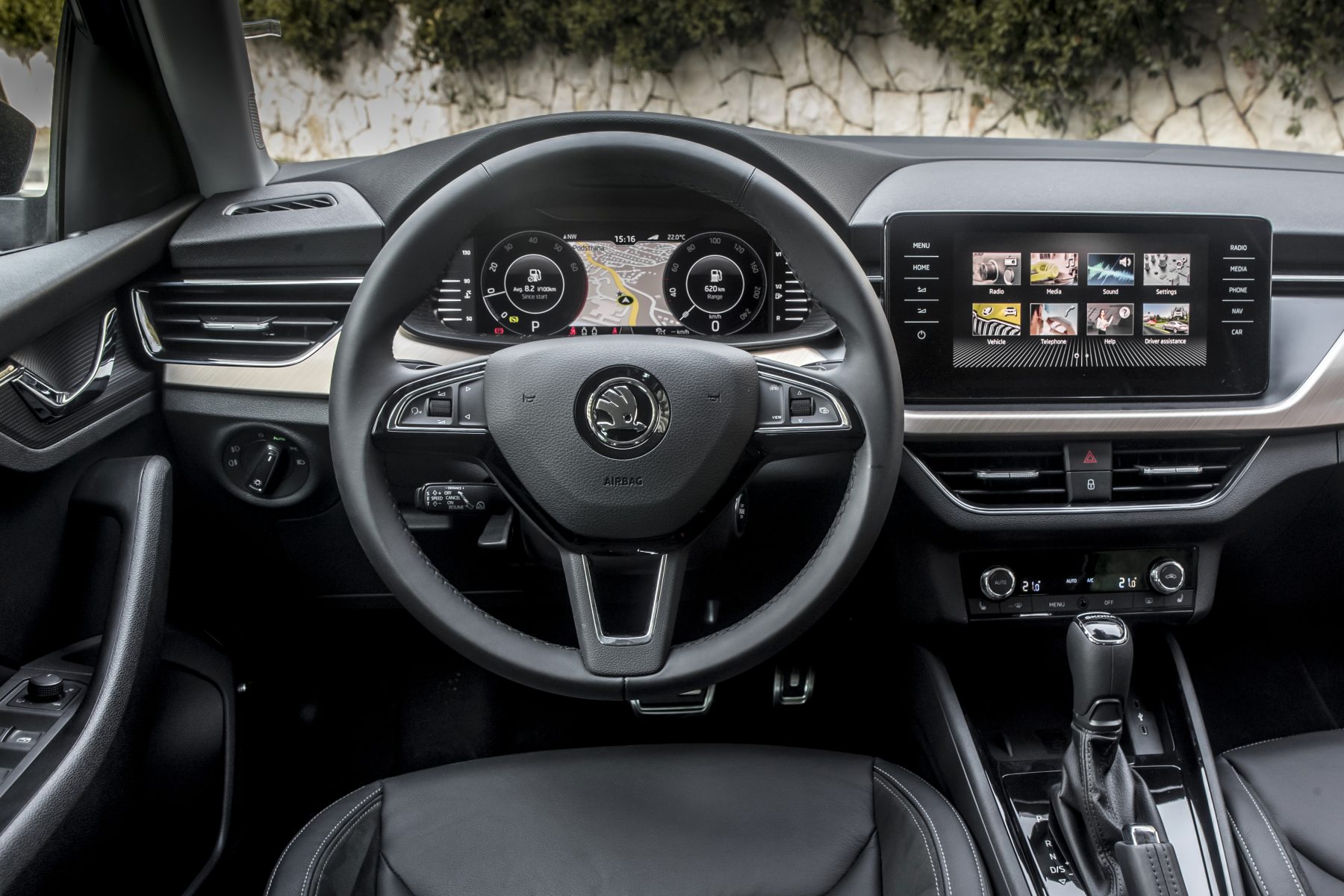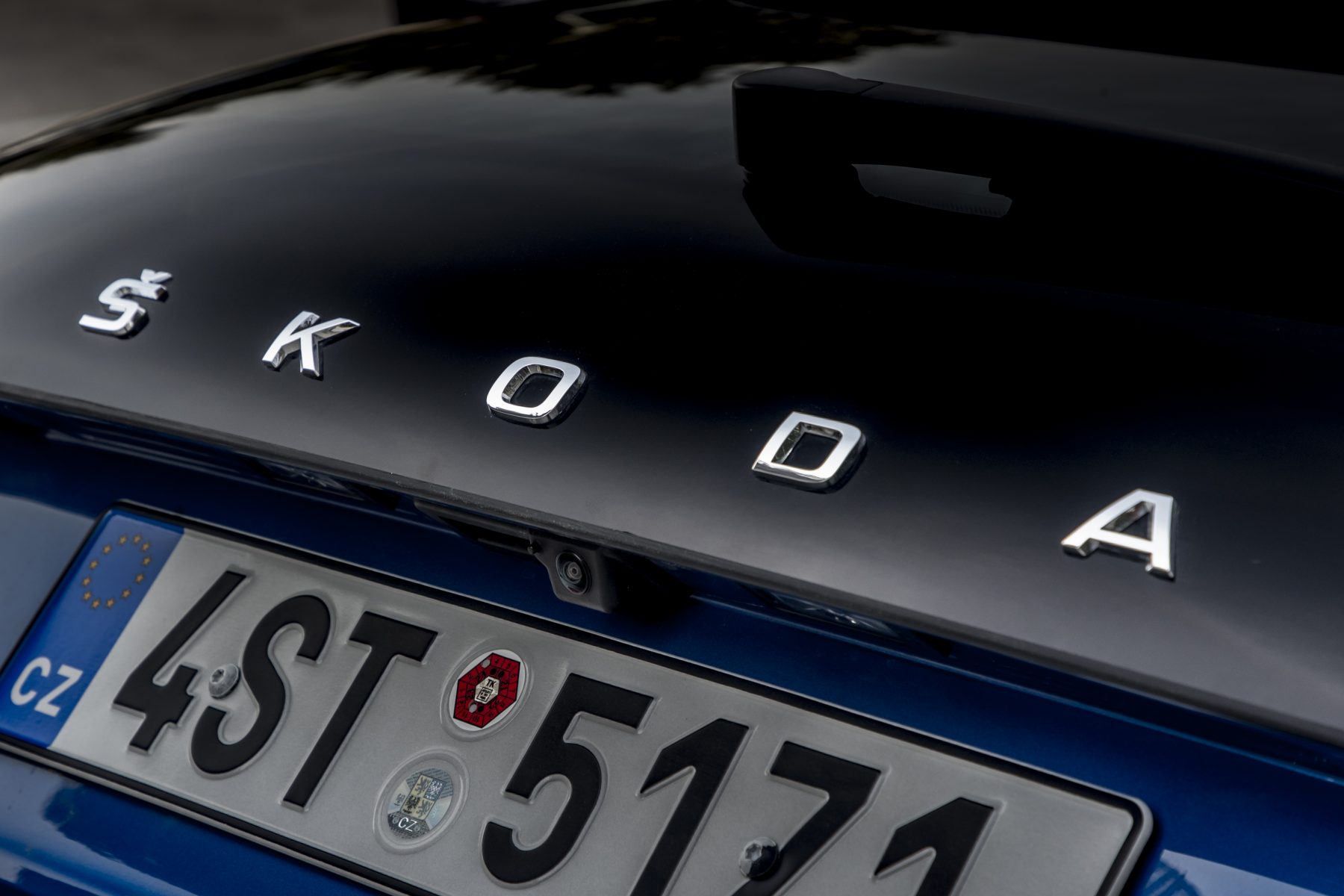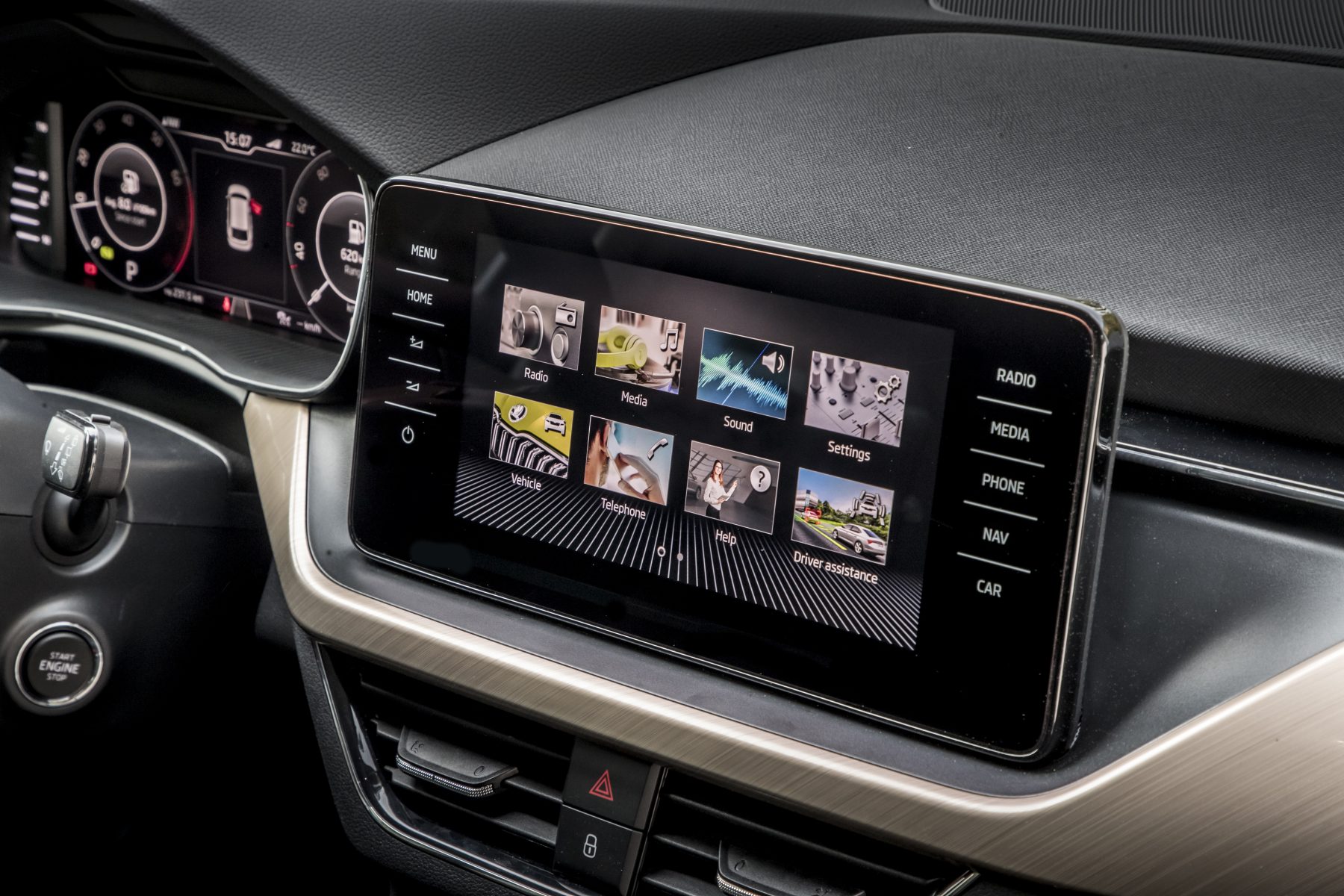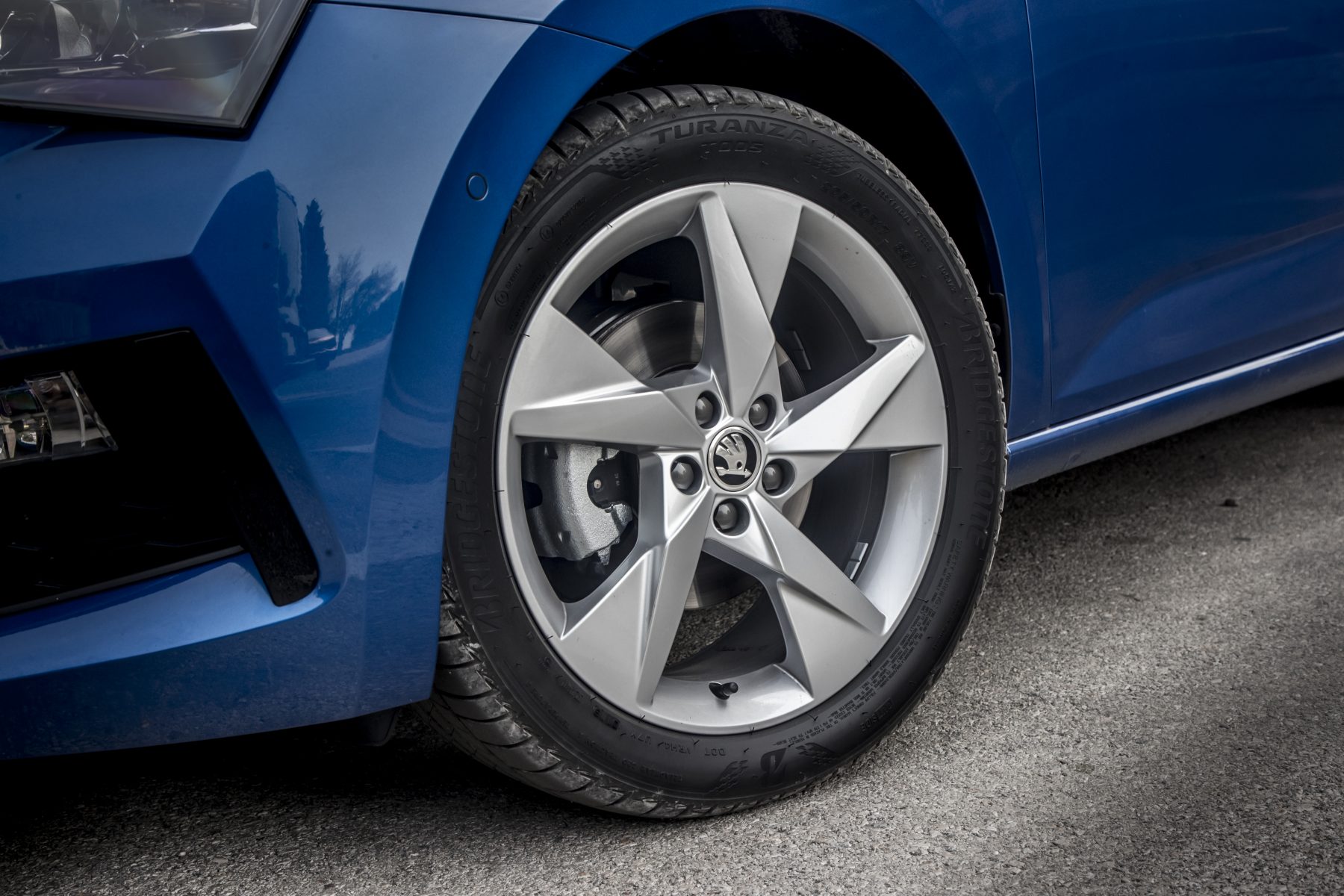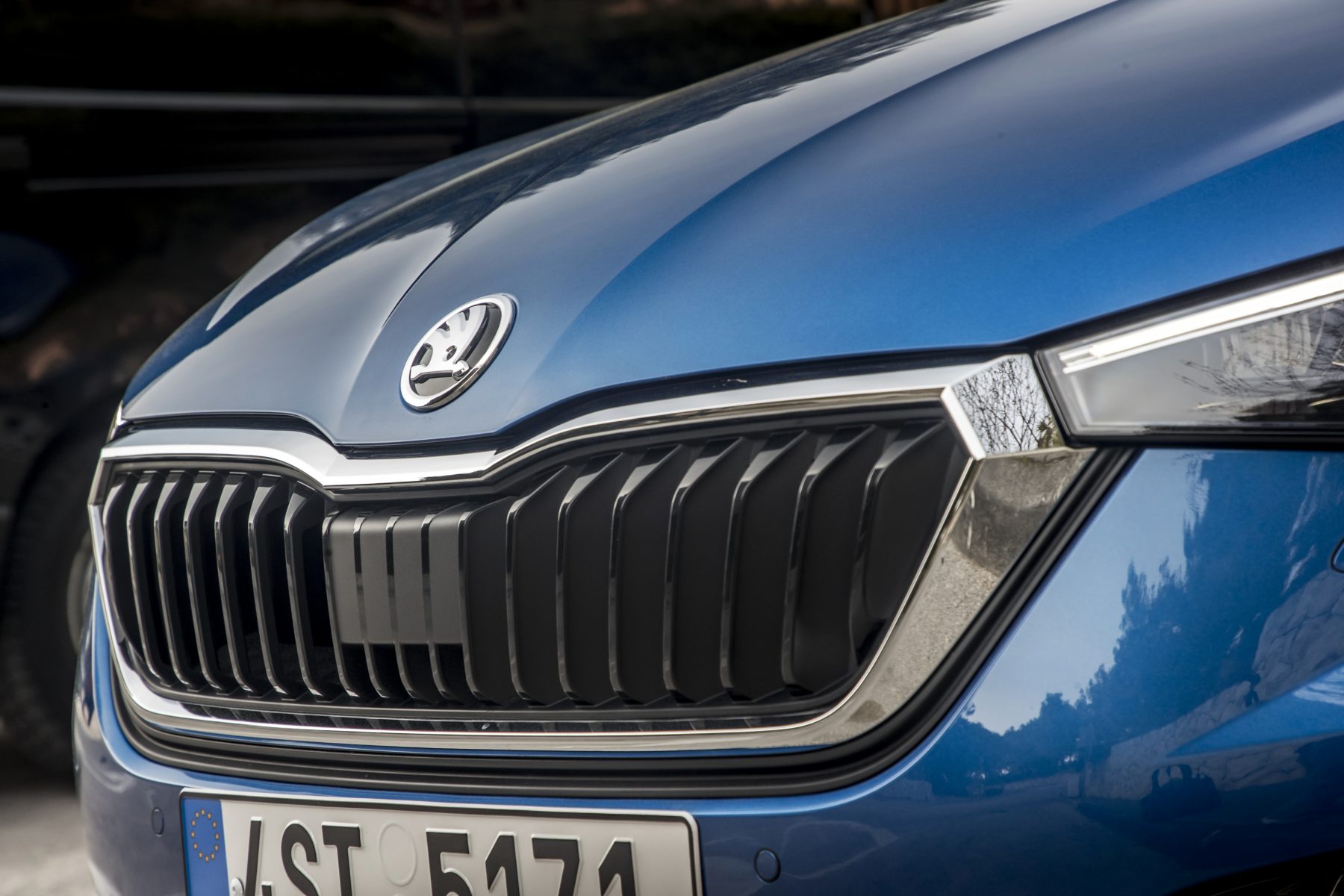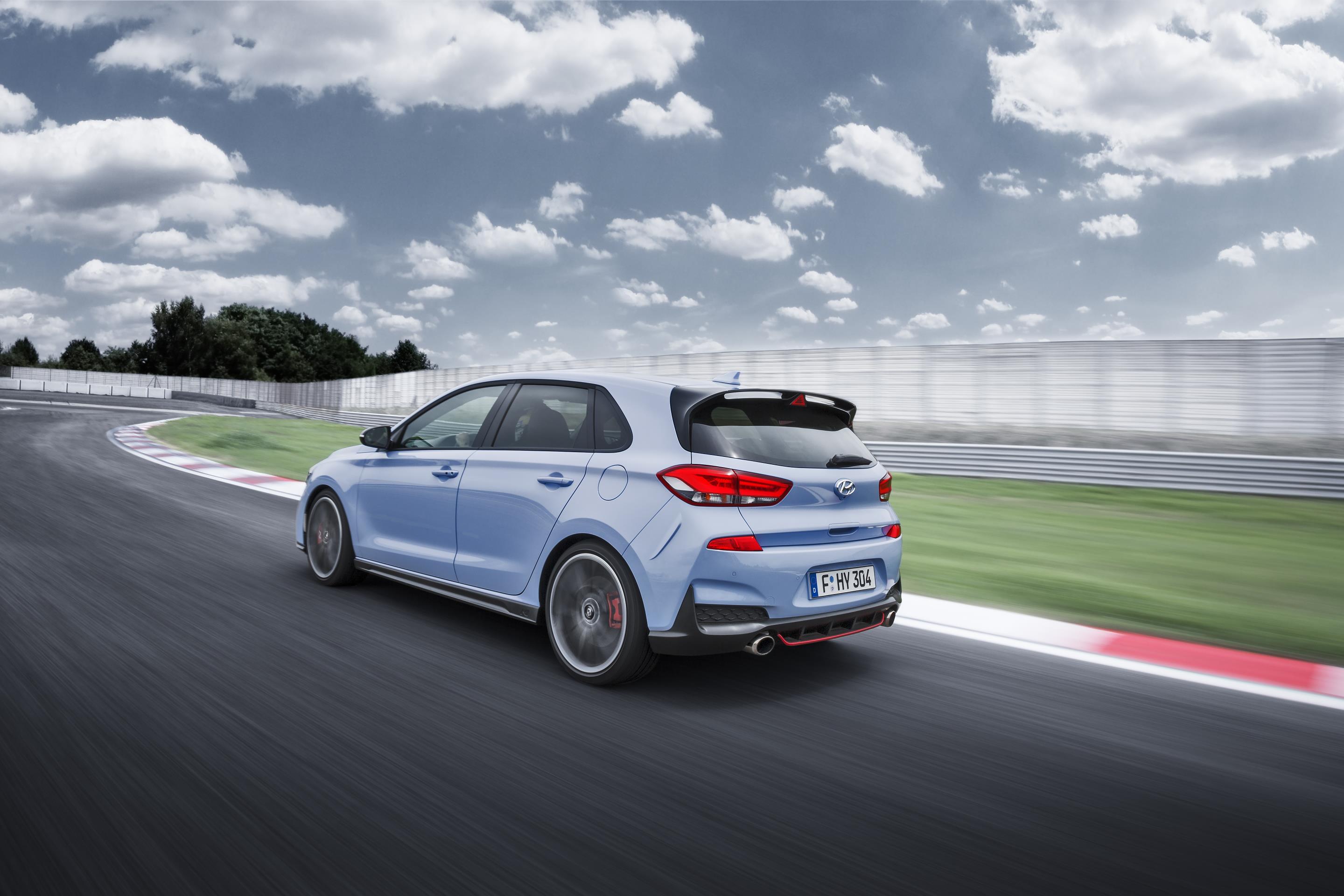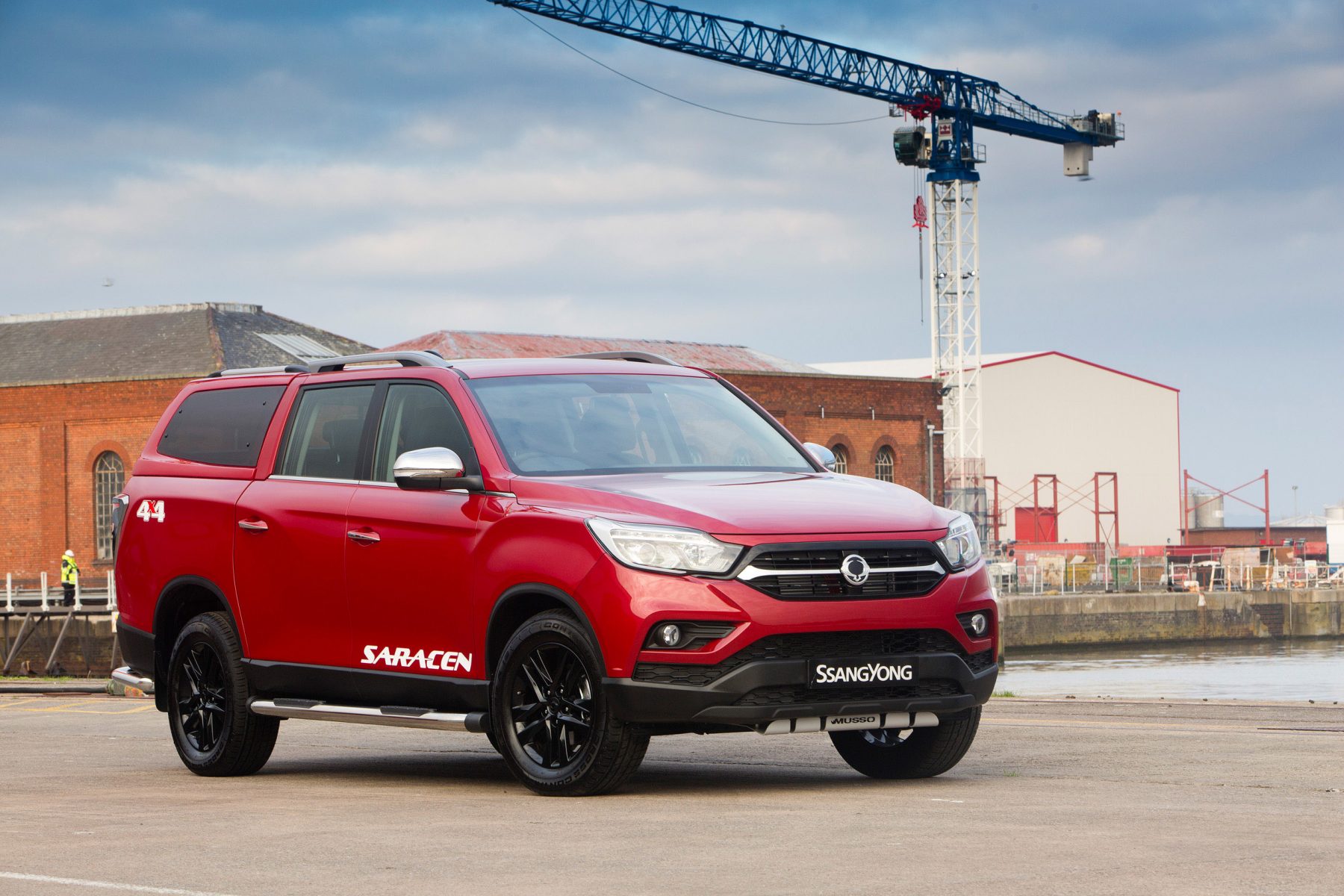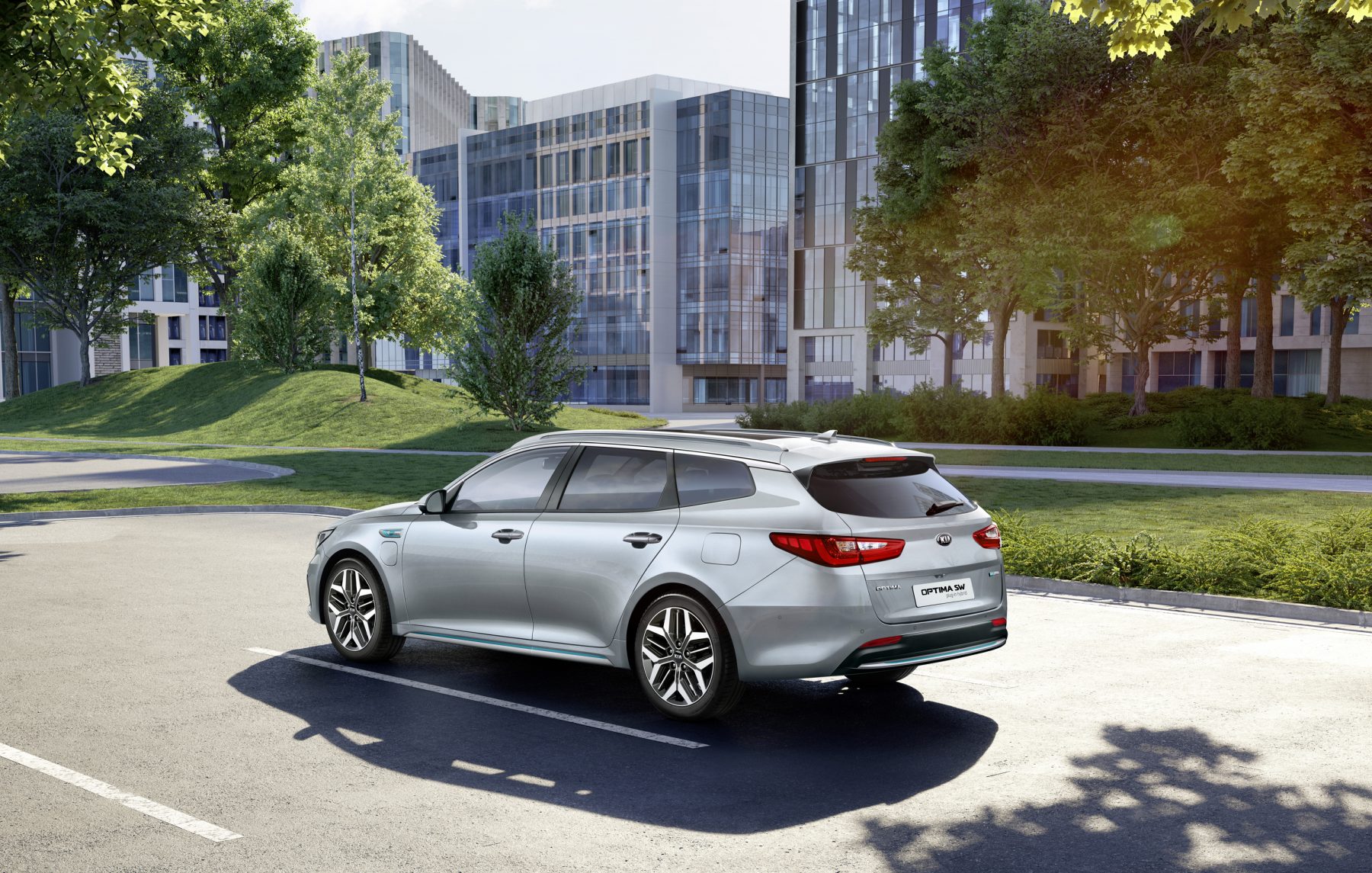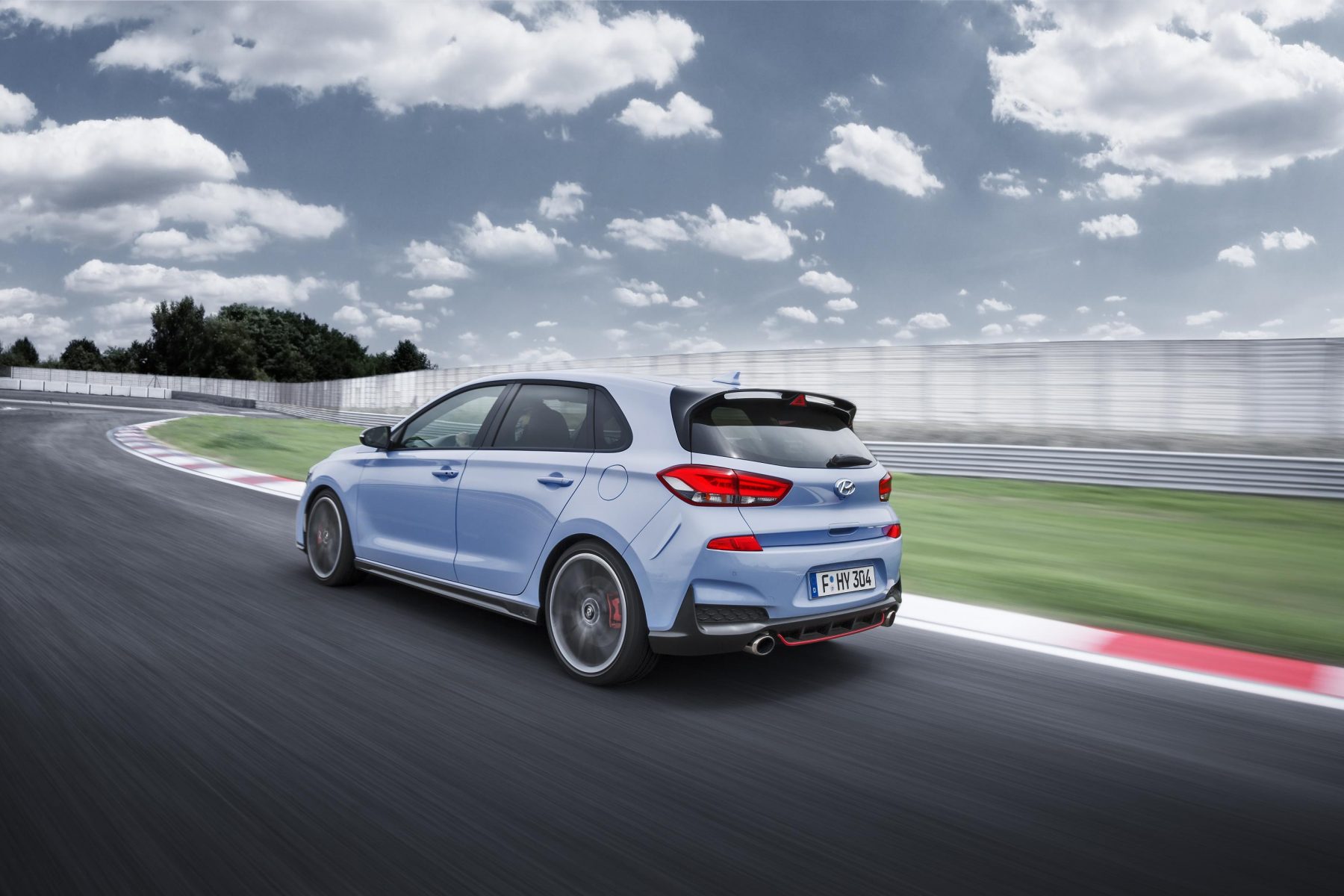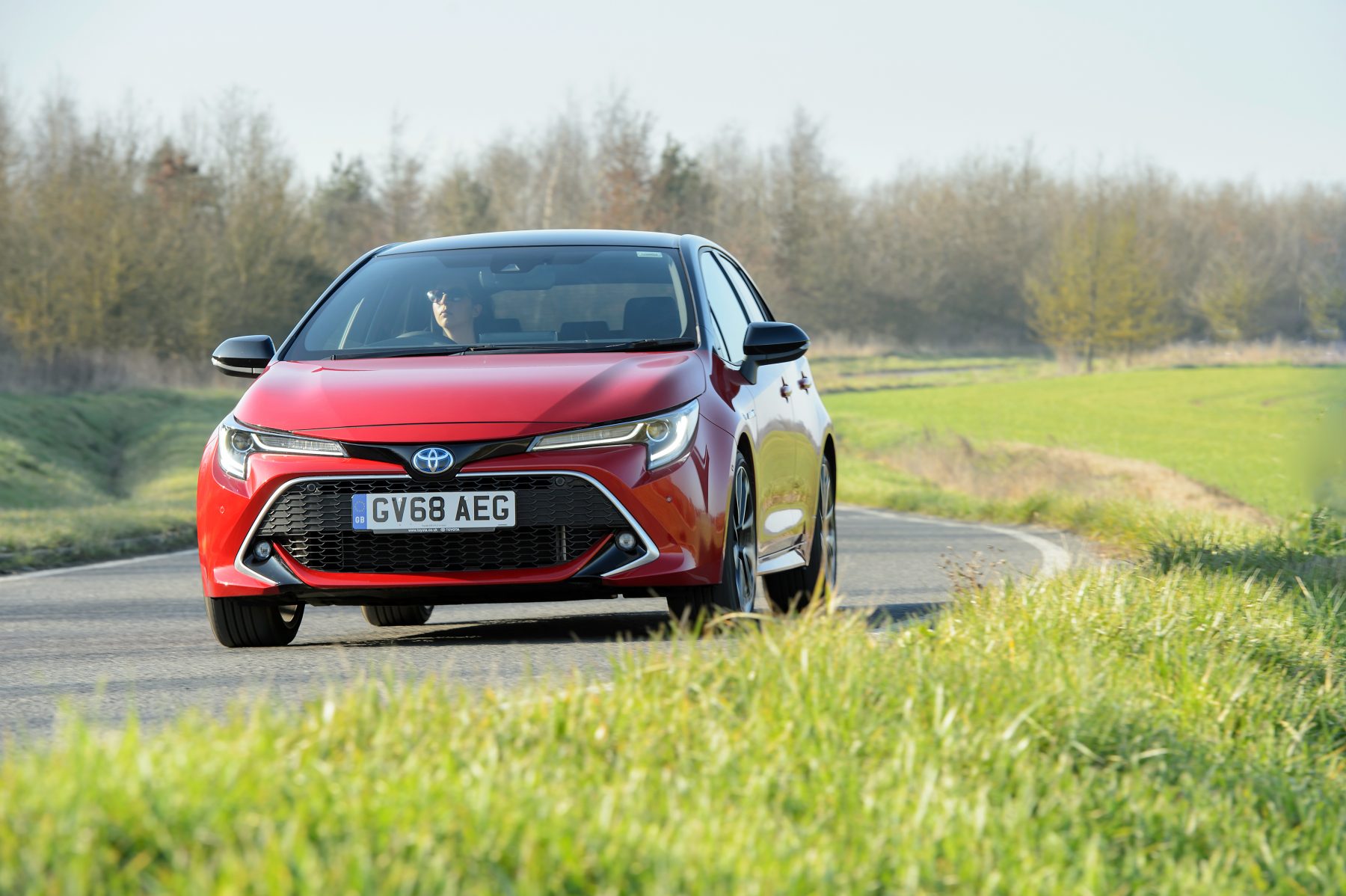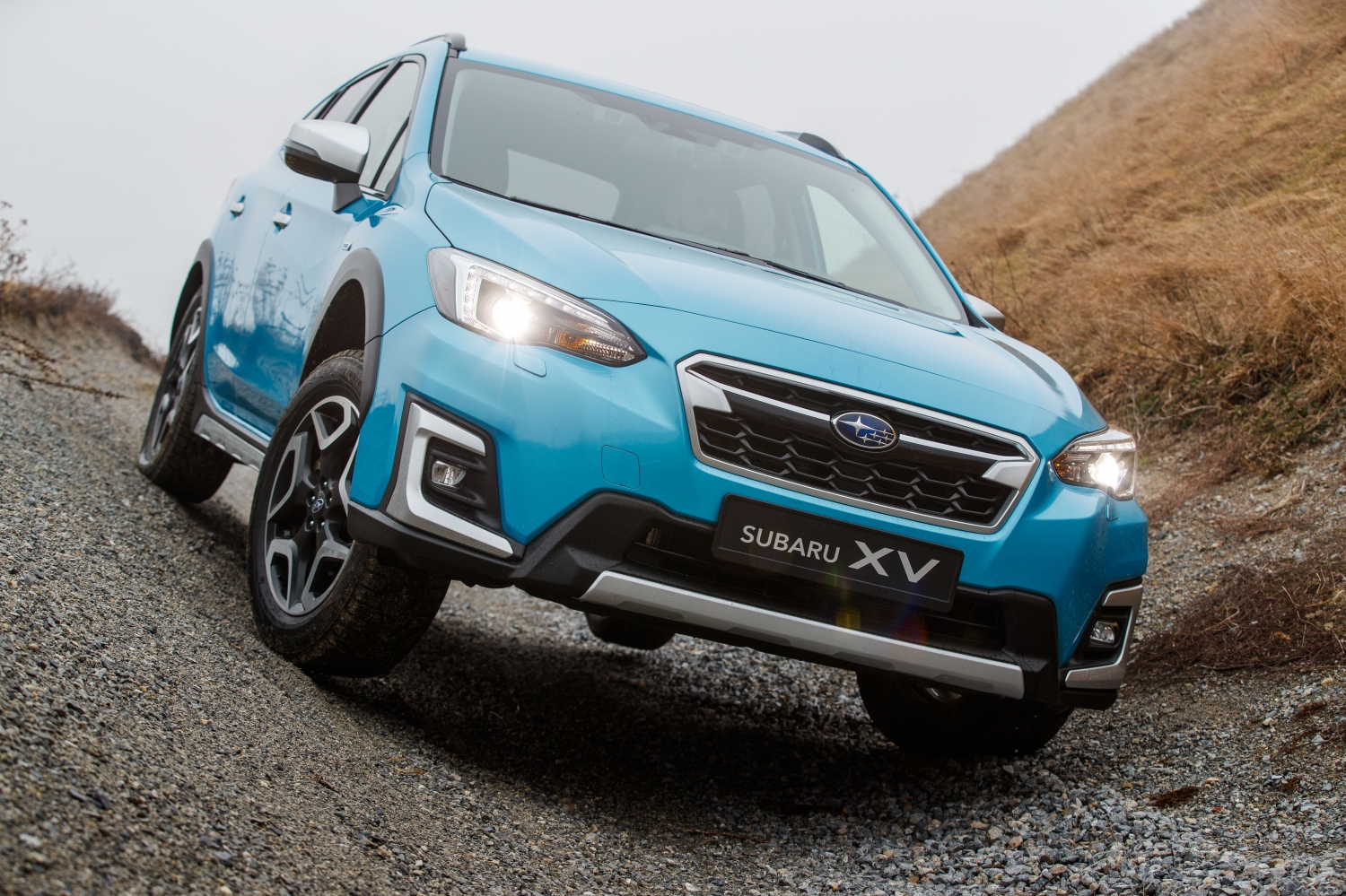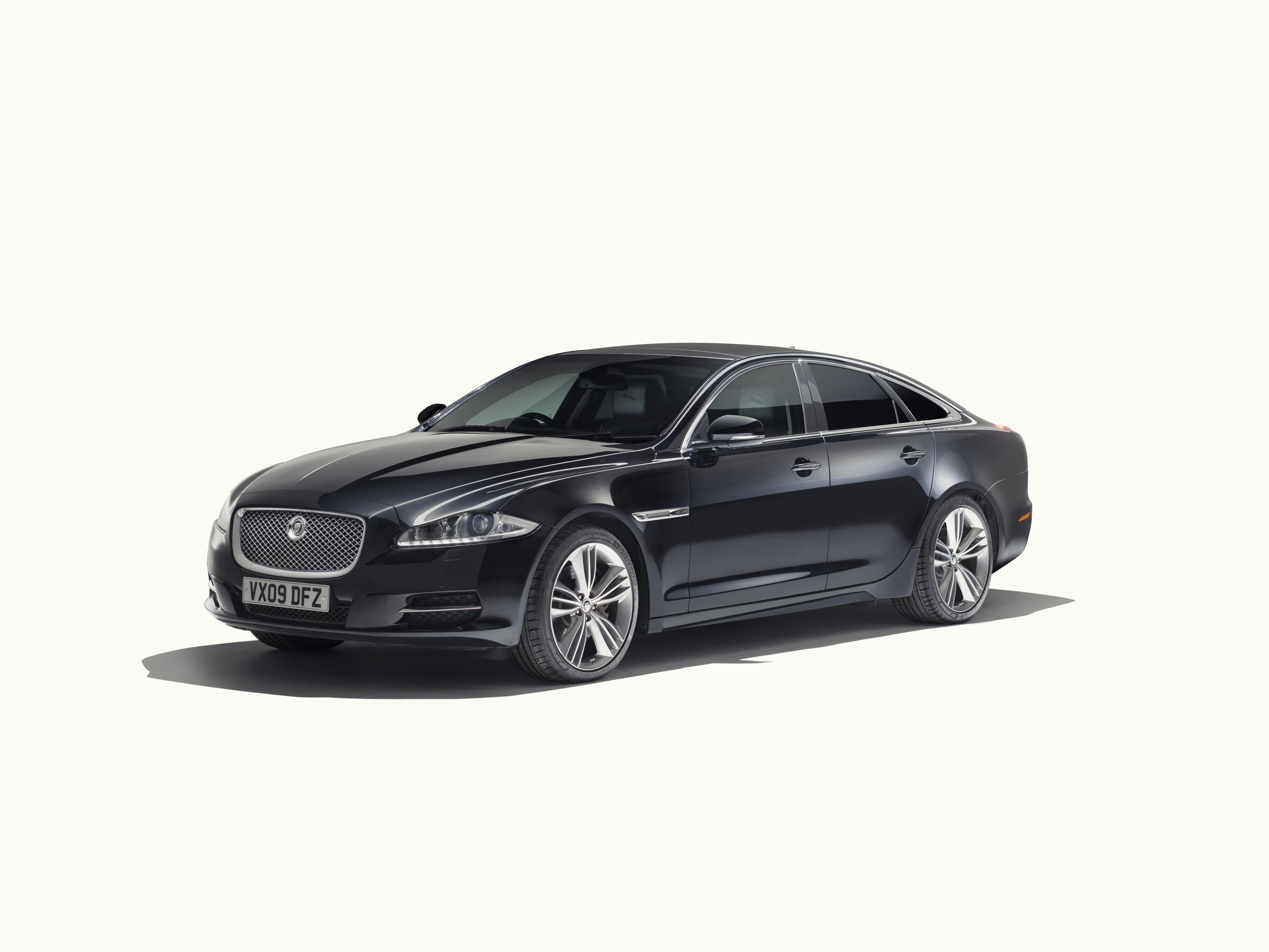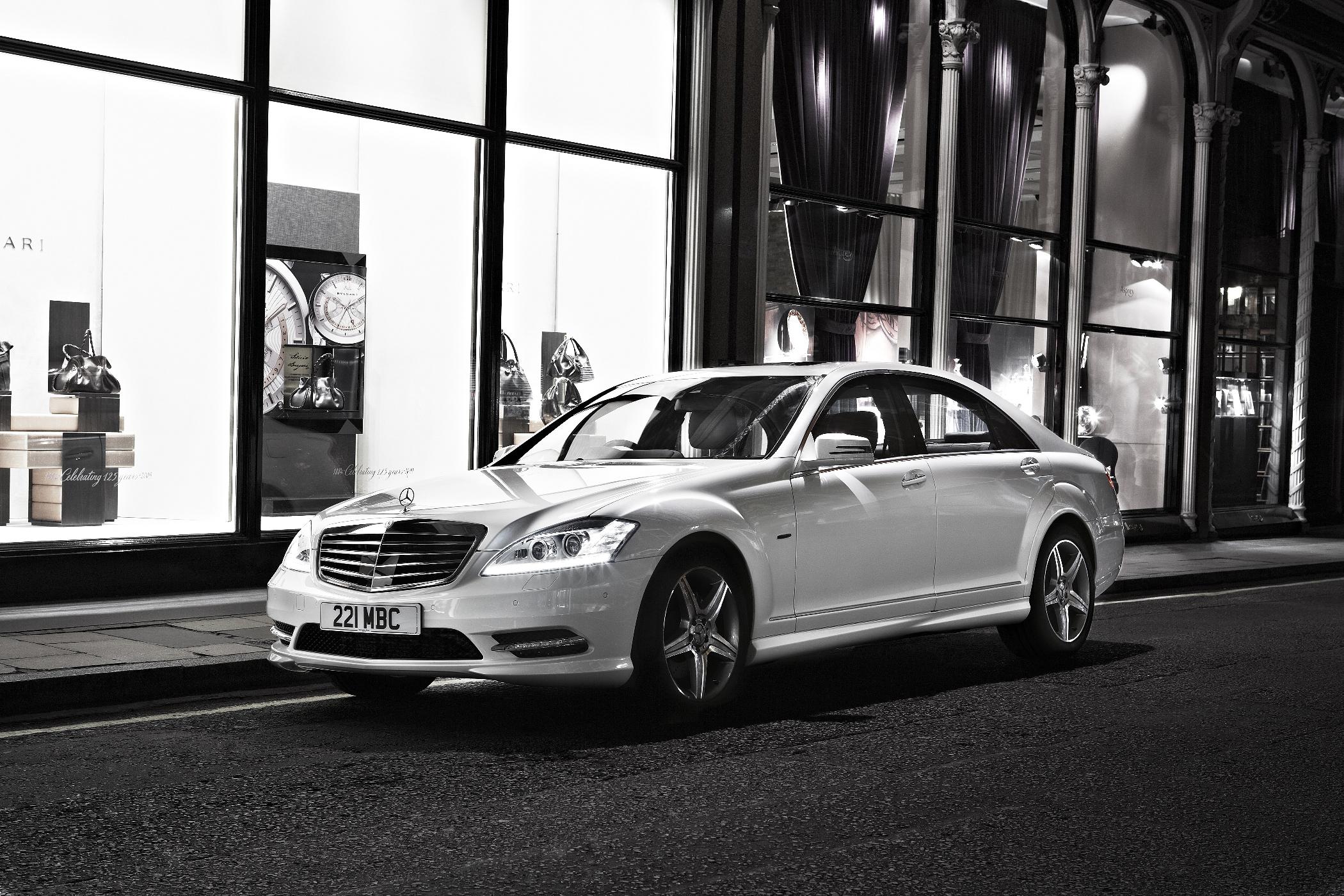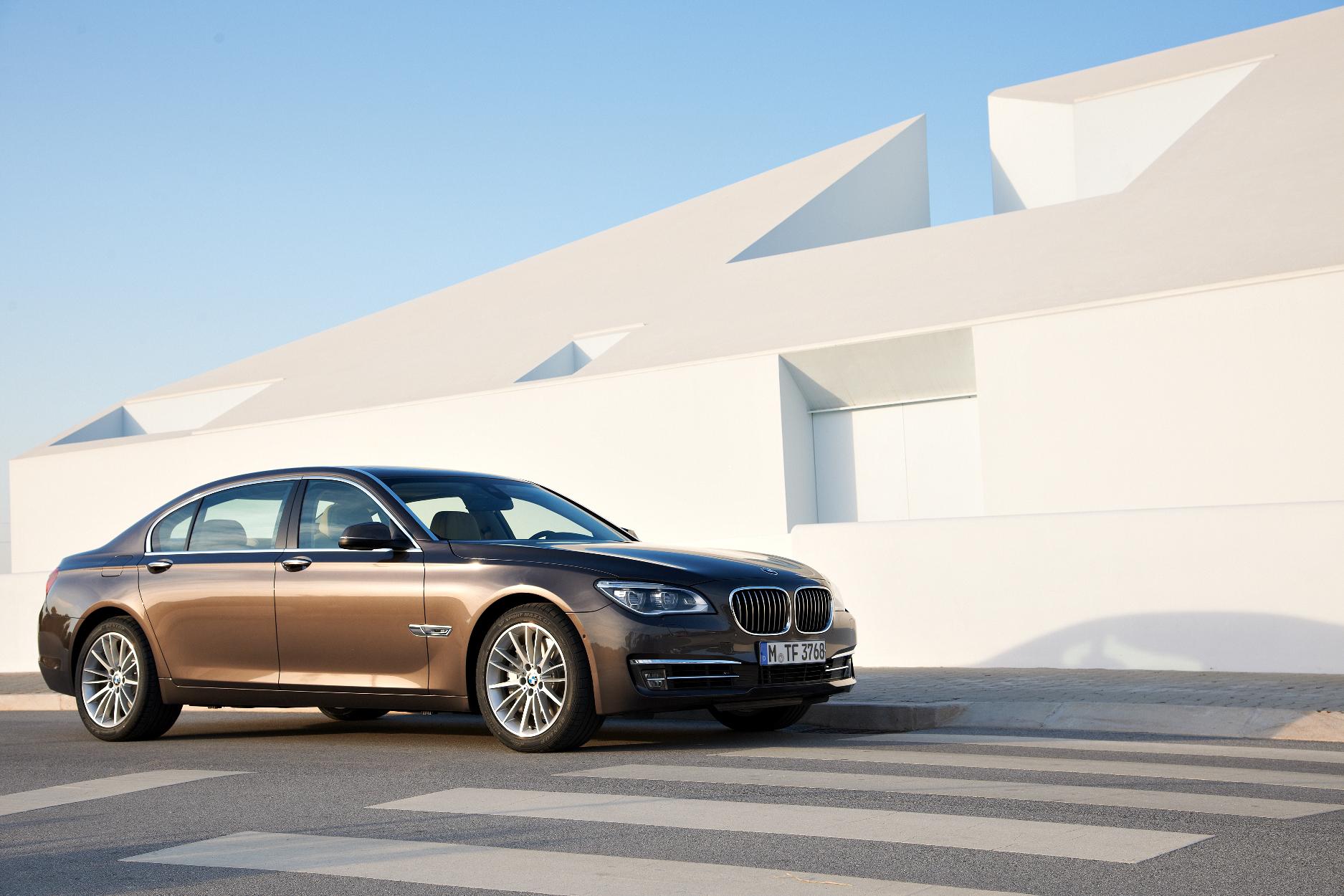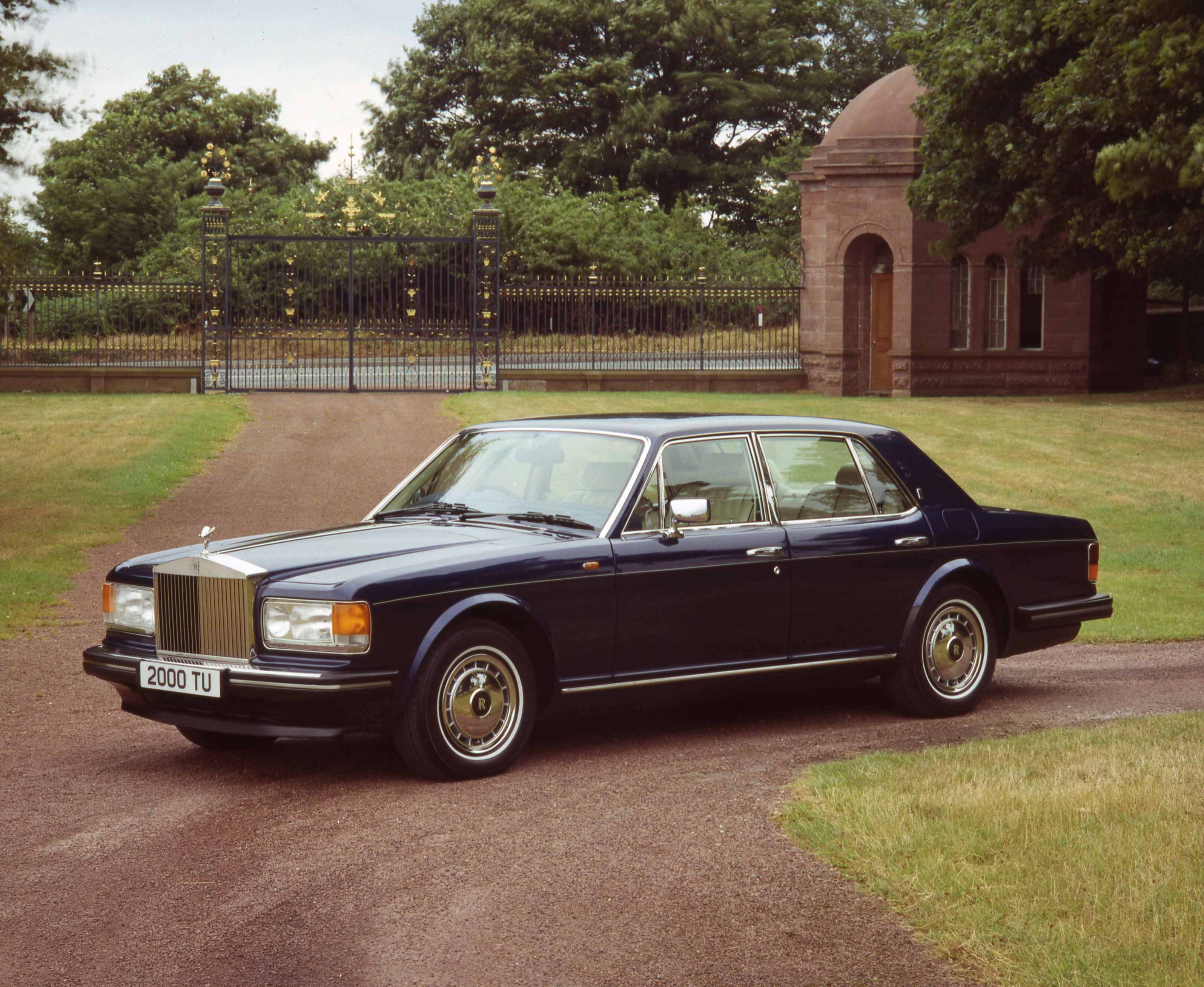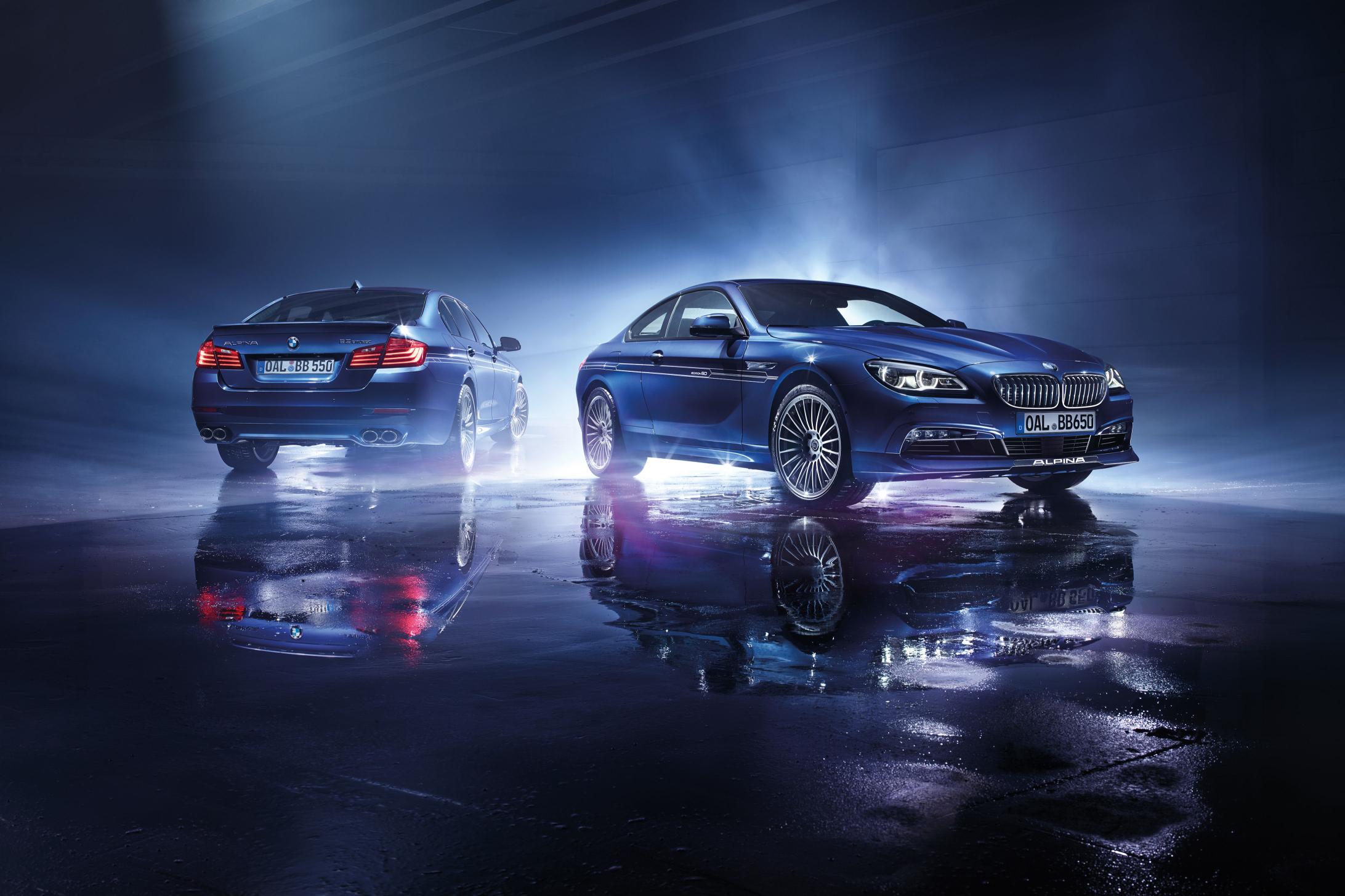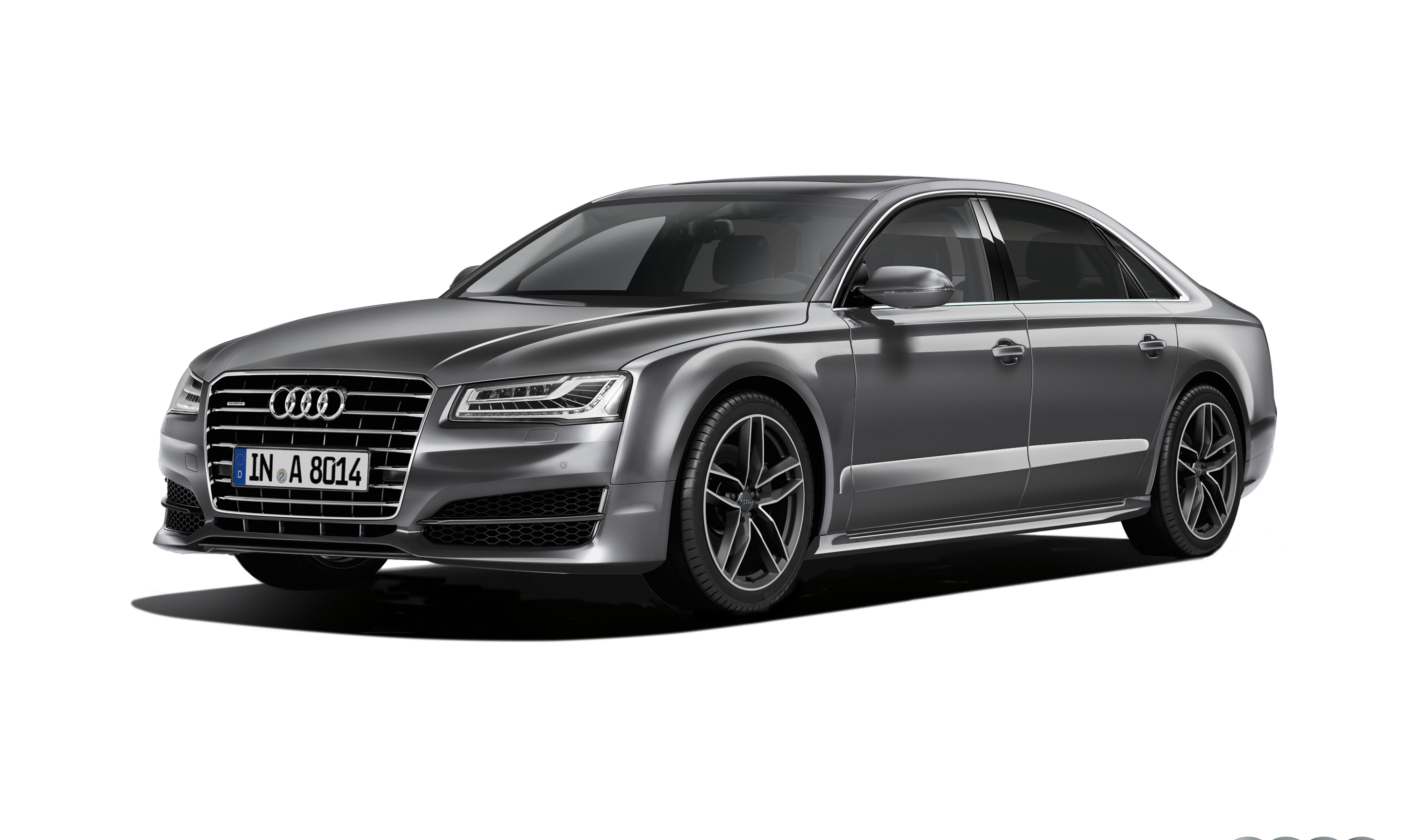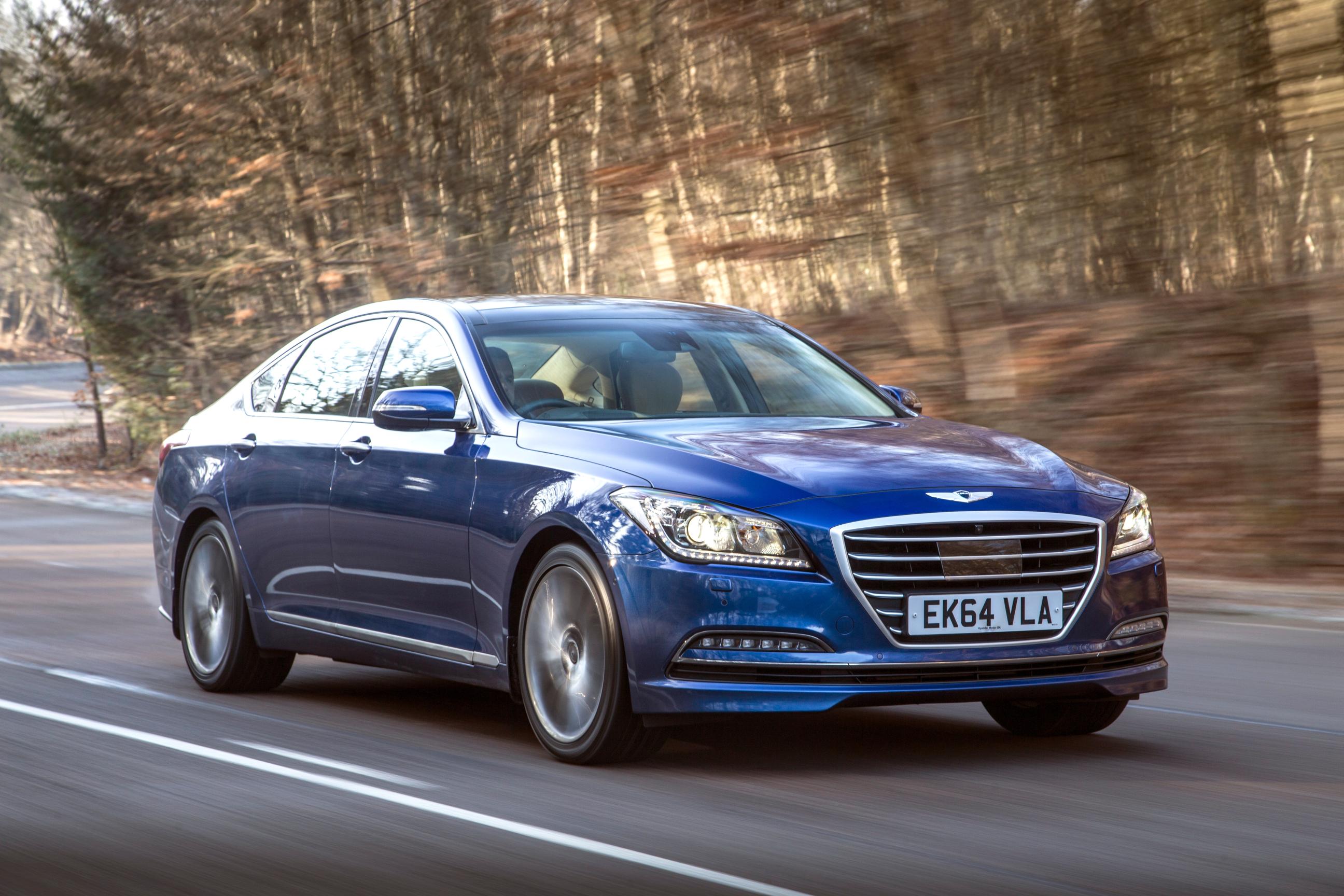What is it?
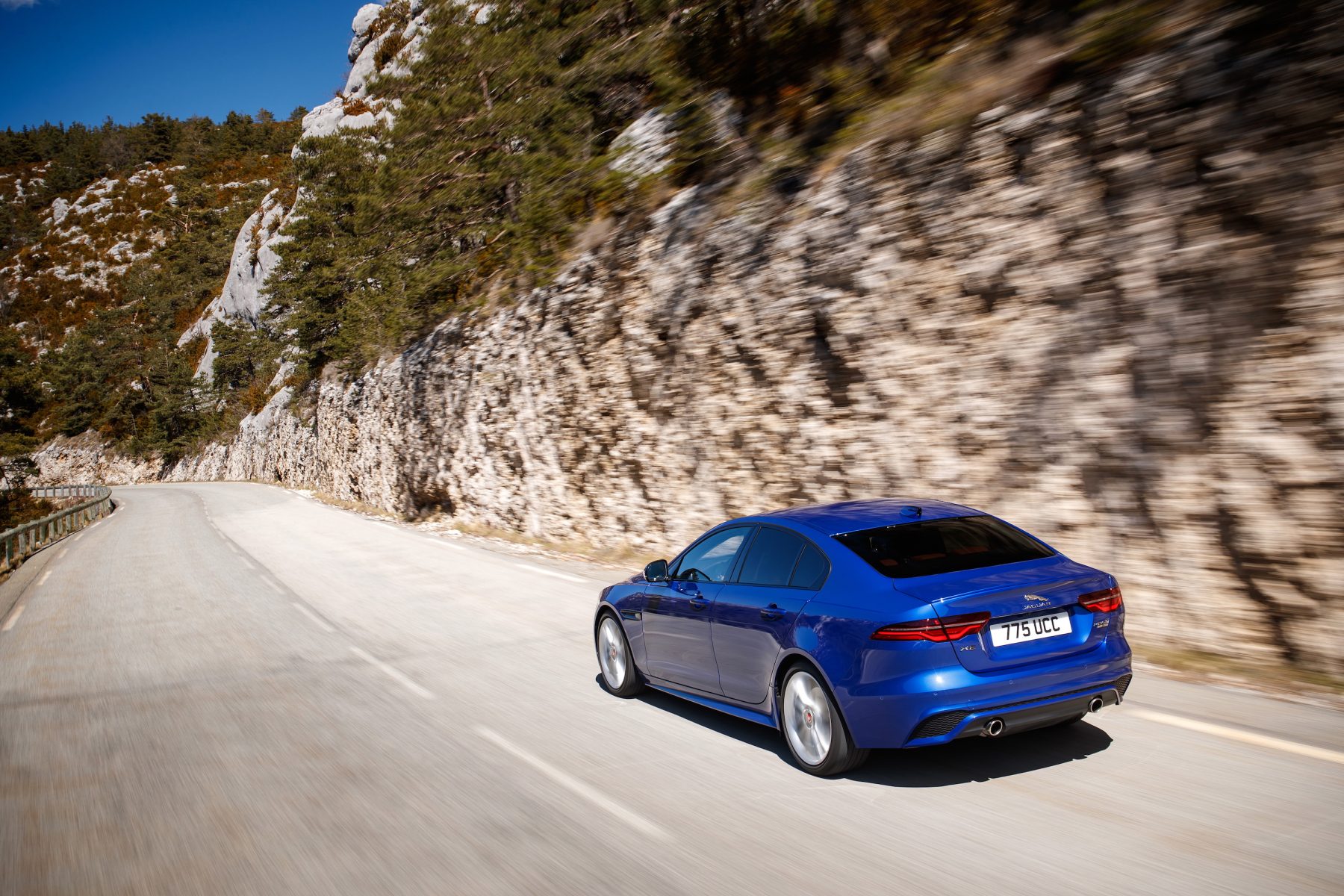
Jaguar’s compact saloon – the XE – had a lot riding on it at launch. Buyers still had the sour taste of the X-Type in their mouths, but the new model proved to quell any concerns thanks to a seriously capable chassis and sleek looks.
It did suffer in a few areas compared with the German competition, however. The interior wasn’t up to scratch and it couldn’t compete with the levels of tech offered by cars such as the BMW 3 Series or the Mercedes C-Class.
The 2019 facelift aims to address some of these areas and brings with it a simplified engine line-up and trim structure to boot.
What’s new?
Got our hands on the new Jaguar XE yesterday. Still drives beautifully, still looks great. So much classier than a 3 Series, albeit your children will need to be double amputees. pic.twitter.com/7Agmplo5WI
— Tom Wiltshire (@mctreckmeister) April 10, 2019
Styling changes are only really noticeable if you put the old and new XE side by side, but the old car was far from a minger, so that’s really no criticism. Where Jaguar has concentrated most of its effort is in the cabin, where you’ll find improved material quality, an updated design and far more sophisticated technology.
The Touch Pro Duo touchscreen infotainment and control system makes its way over from the I-Pace, allowing the majority of the car’s functions to be controlled through a pair of high-res screens. Soft-touch plastics abound, and there are clever items such as the Clearview rear-view mirror available, too.
What’s under the bonnet?
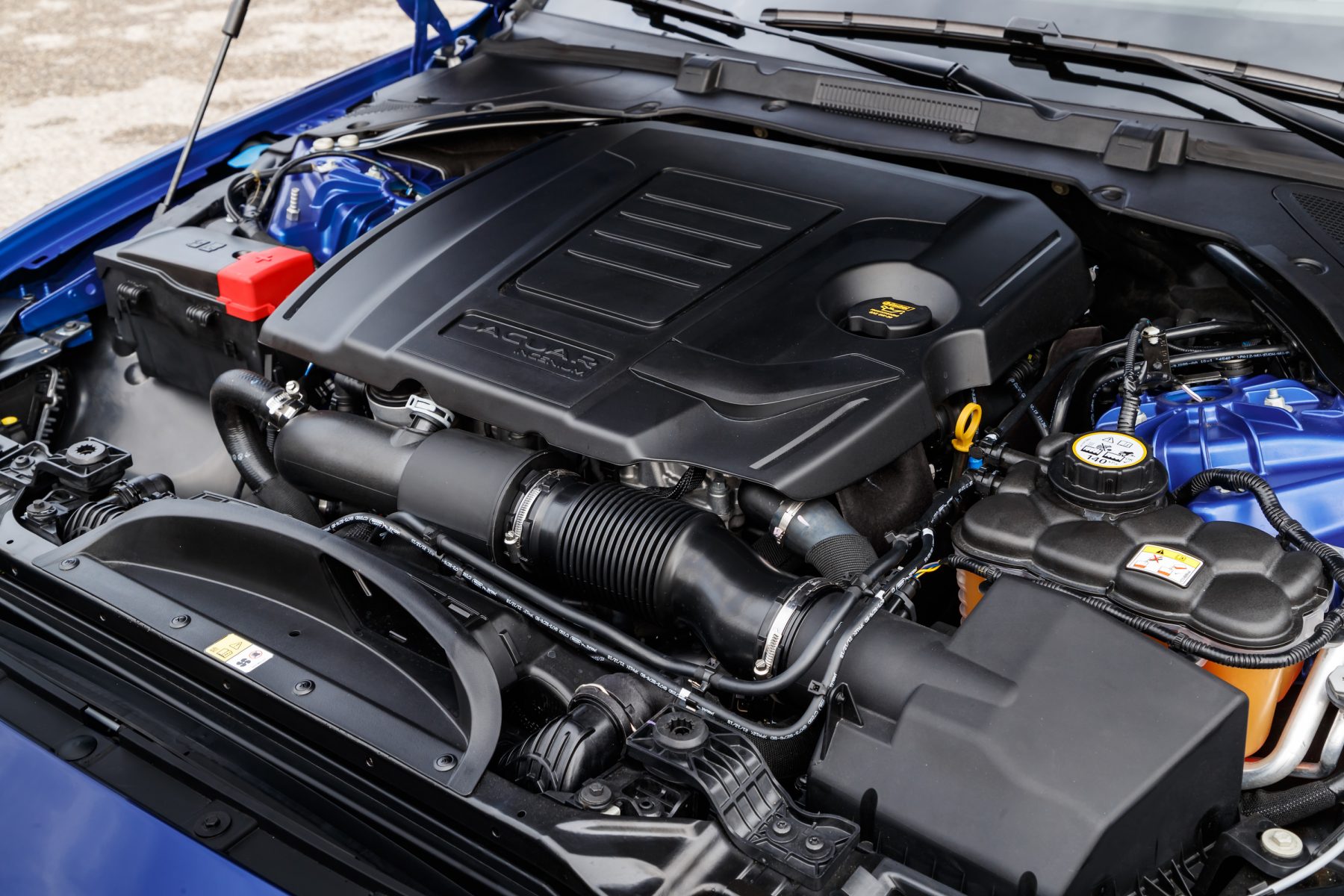
The engine line-up’s been toned down to just three units – two petrol and one diesel, all 2.0-litre four-cylinders. The range kicks off with a 247bhp petrol, while buyers after a bit more pep can opt for a 297bhp version. The two petrols are joined by a 178bhp diesel.
All three engines are paired with the same eight-speed automatic gearbox (Jaguar has dropped the manual option) and can be selected with rear or four-wheel drive.
We spent the most time in the 247bhp petrol. As an entry point into the range it feels generous – after all, the entry-level BMW 320i only offers 181bhp. Performance is strong, too, with 0-60mph dispatched in just 6.2 seconds.
It’s generally a very smooth engine, and Jaguar hasn’t given in to the temptation to pipe in artificial engine noise. Our main complaint is with the thirst, as we struggled to crest 30mpg during our time with the car.
What’s it like to drive?
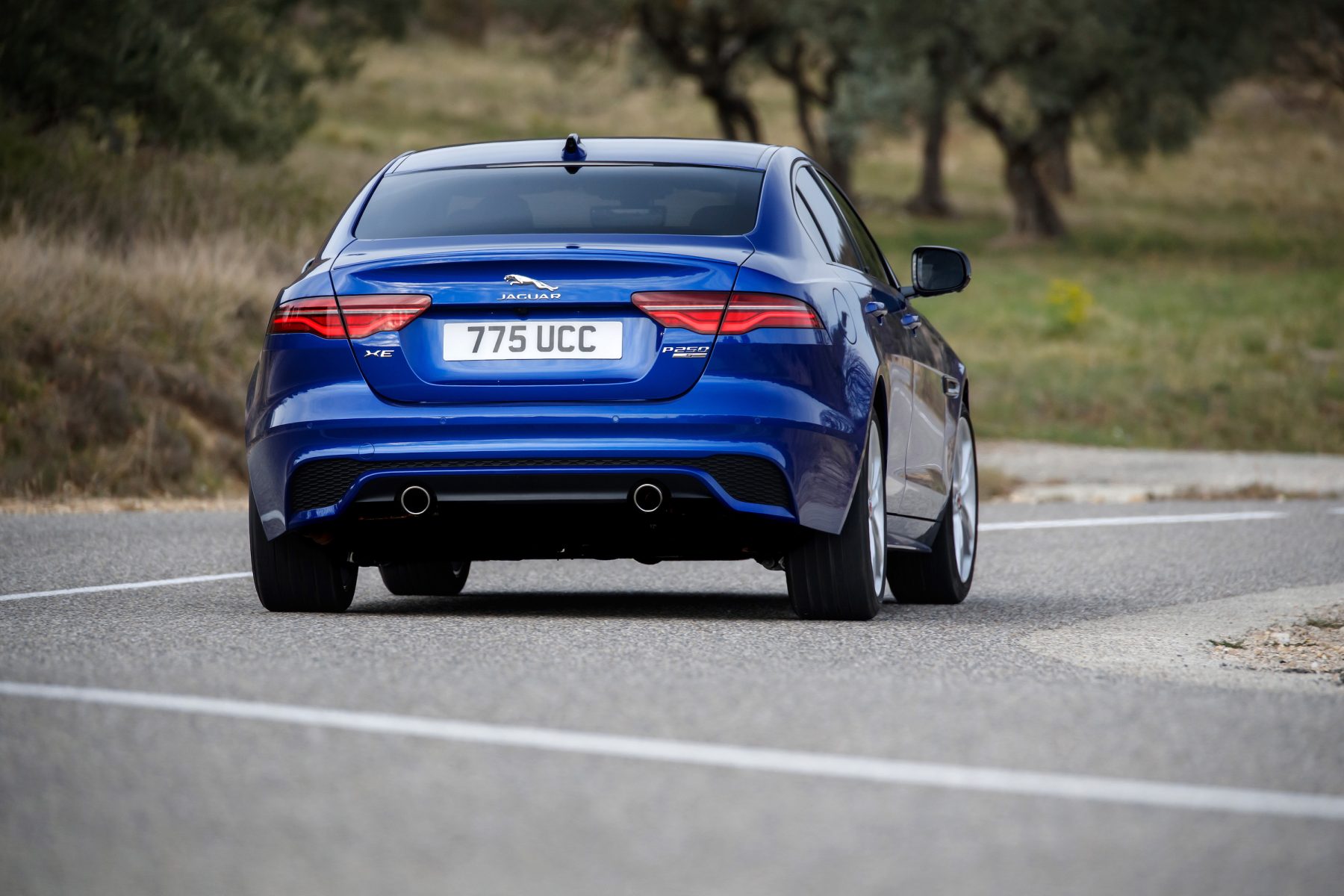
The XE was already a very good car to drive and this updated model is better yet. There’s a pleasingly natural feel to all the controls, with direct and beautifully weighted steering that inspires plenty of confidence in faster bends.
There’s tons of grip, and body roll is well controlled too. You might then expect a firm ride as a consequence, but the XE rides exceptionally well — even on optional 19-inch alloy wheels. Even large potholes don’t upset proceedings – although a greater level of adjustment to the standard-fit electric seats would be welcome to really nail the perfect driving position.
The engine and gearbox are generally happy bedfellows, but there’s a bit of hesitation when pulling away at roundabouts, for example. They work well in ‘Dynamic’ mode, though, and the eight-speed unit is quick to respond to inputs either from the ‘pistol-grip’ gear selector or steering-column paddles.
How does it look?
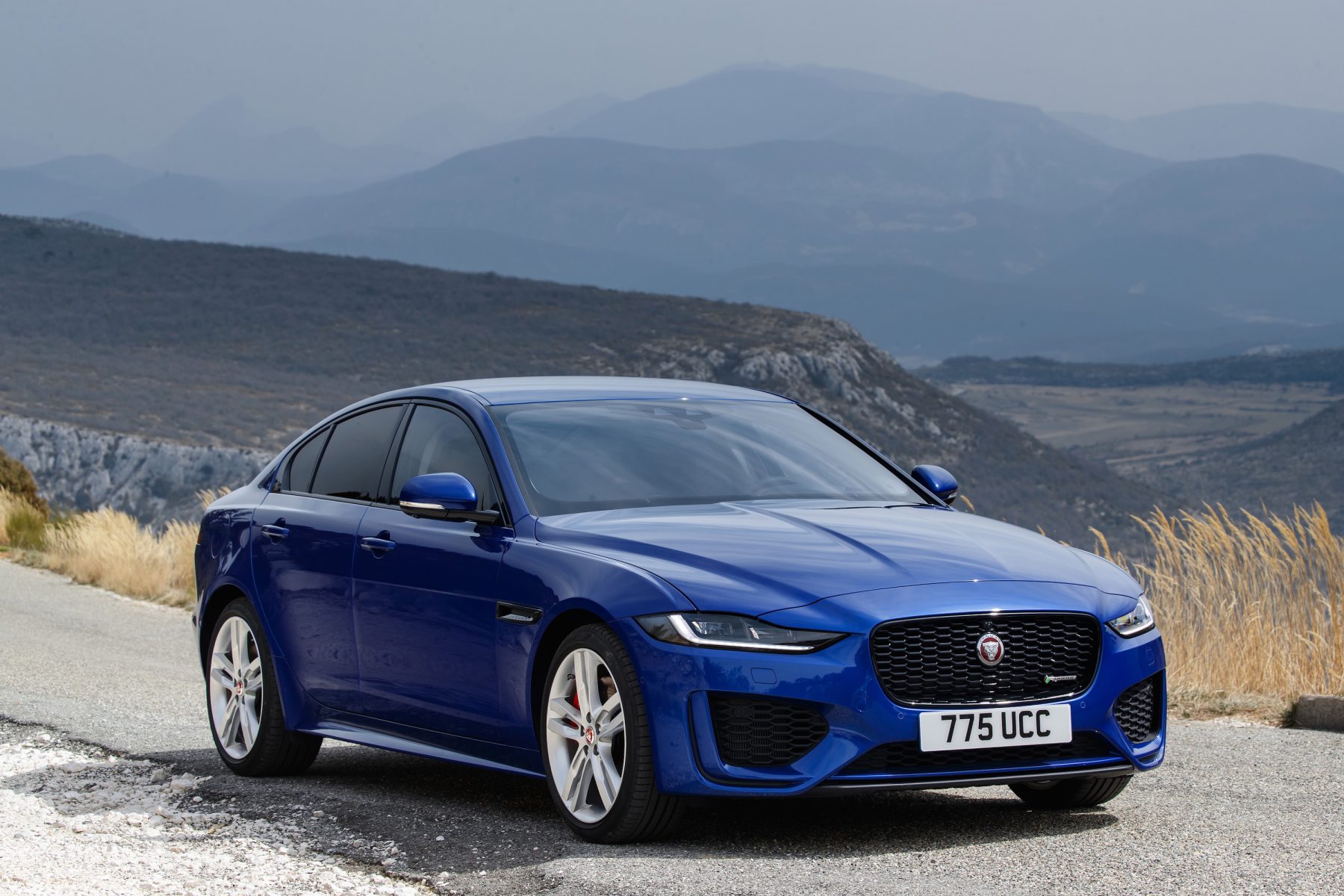
The XE’s facelift was more about refinement than it was reinvention. A wider but slimmer grille is mirrored in slimmer headlights – possible only thanks to the adoption of LED tech across the range. Buyers can choose from a pair of front and rear ends, too – opting for the R-Dynamic pack sees the XE given a sporty grin.
A new LED light signature also features at the rear, with a distinctive ‘chicane’ graphic that’s characteristic of new Jags.
Proportionally, it’s a handsome thing and looks fab on large alloy wheels. The classic silhouette – with a long bonnet and sloping roofline – may impinge on passenger room, but it does make for a great-looking saloon.
What’s it like inside?
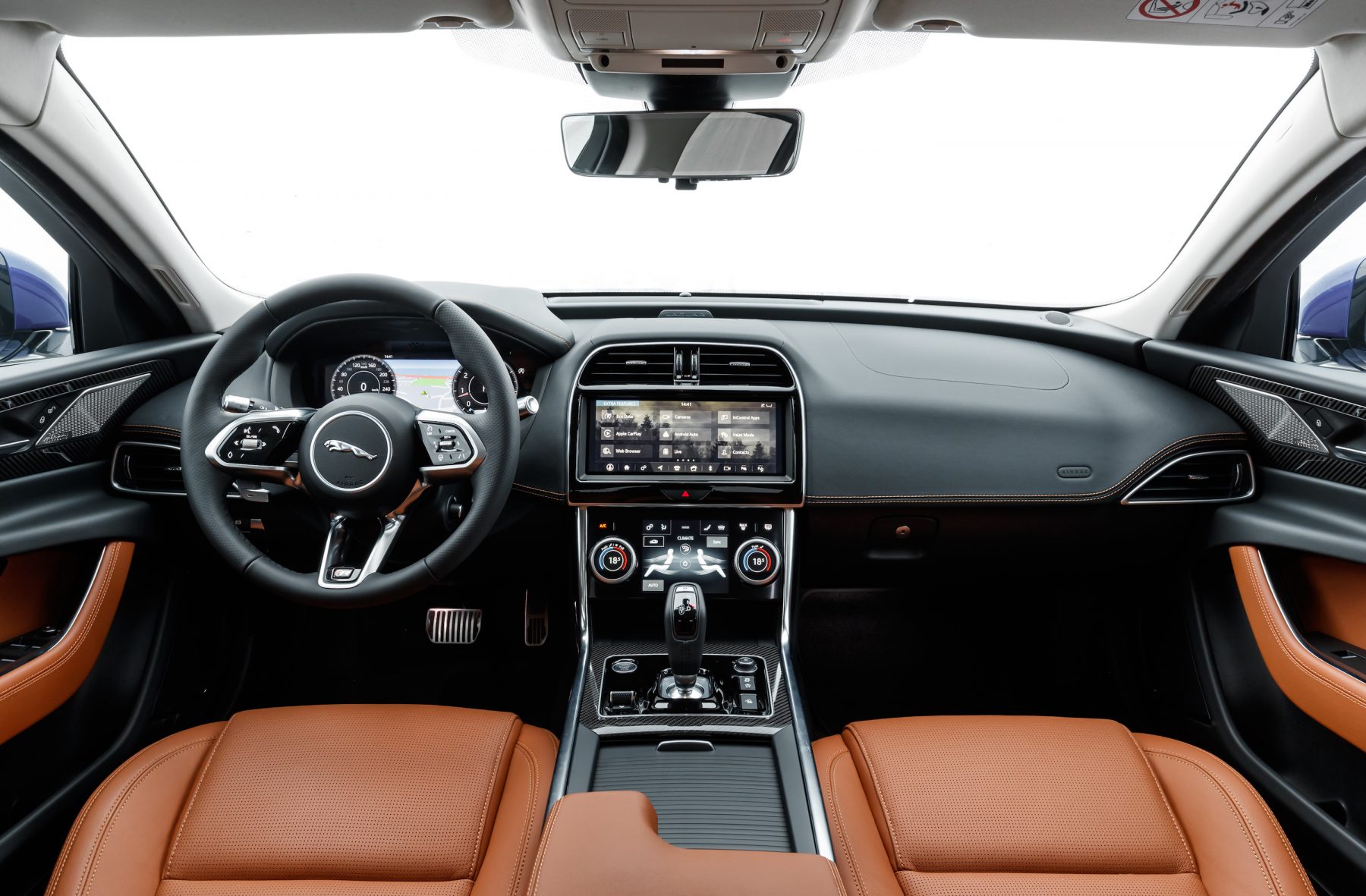
The interior has seen the biggest upgrade from this facelift and the changes are generally positive. The addition of Jaguar Land Rover’s Touch Pro Duo infotainment system (albeit optionally) really gives the centre console a sleek look, although an occasionally irritating user experience does somewhat spoil the surprise.
Jaguar’s bold promise of ‘no hard plastics anywhere in the car’ broadly holds up, and most of the surfaces you regularly touch feel great. We’re particular fans of the slim steering wheel, which feels natural to hold and gives a better view of the simple digital instruments than do some rivals.
But even the best facelift would struggle to make the XE a practical people-mover, and space for passengers in the rear is still very poor. A 6ft passenger would struggle to sit behind a similarly sized driver and the boot is no more than adequate. Worse yet, the rear seats don’t fold to accommodate larger loads.
What’s the spec like?

Buyers can choose a standard XE or a sportier-looking R-Dynamic model, which can be selected in S, SE, or HSE trim. Regardless of which one you opt for, full LED headlights, 18-inch alloy wheels, electric front seats, standard Touch Pro infotainment with navigation, smartphone connectivity via Apple CarPlay and Android Auto, cruise control and dual-zone climate control all come as standard.
SE adds a few goodies such as keyless entry and digital dials, while HSE goes the whole hog with a Meridian sound system and Windsor leather seats. However, headline kit is relegated to the options list. Wireless smartphone charging, the electronic ‘Clearsight’ rear-view mirror and that all-important Touch Pro Duo are part of a Technology Pack – almost £2,000 on some models. Keen drivers may also want to opt for the £1,240 Dynamic handling pack, which brings adaptive dampers and beefier brakes to the party.
Verdict
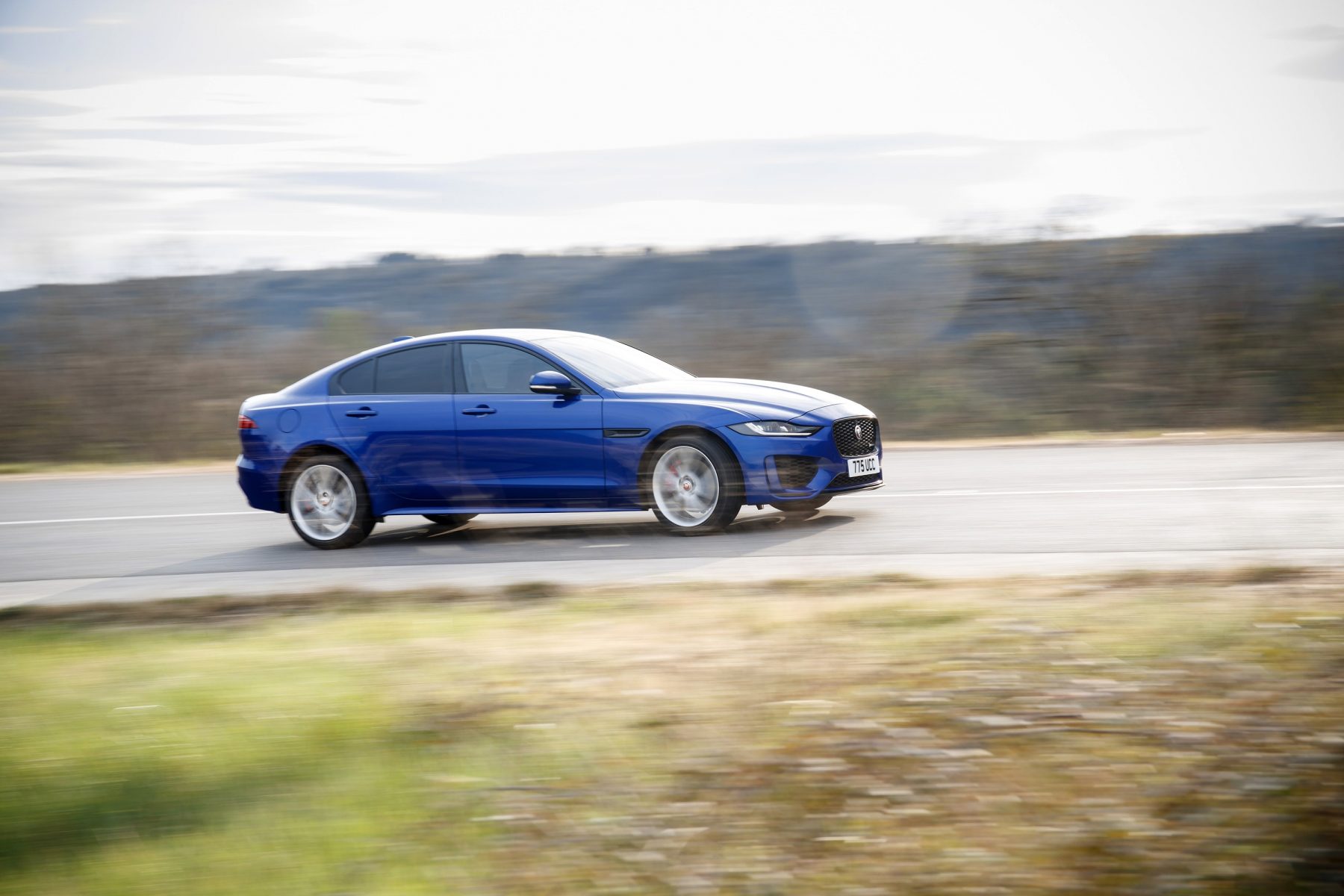
This facelift seems mild but it does enough to transform the XE from an also-ran to a contender. The improved interior and fettled styling are both big pluses, and neither take away from this car’s brilliant dynamics. However, practical considerations such as interior room and fuel economy can’t and won’t be ignored, and with the XE falling short on both of these we don’t think the Germans will be losing as much sleep as Jaguar hopes.
Facts at a glance
Model: Jaguar XE S R-Dynamic P250
Price (as tested): £43,650
Engine: 2.0-litre four-cylinder turbocharged petrol
Power: 247bhp
Torque: 365Nm
Max speed: 155mph
0-60mph: 6.2 seconds
Fuel economy: 36.2mpg
Emissions: 159g/km

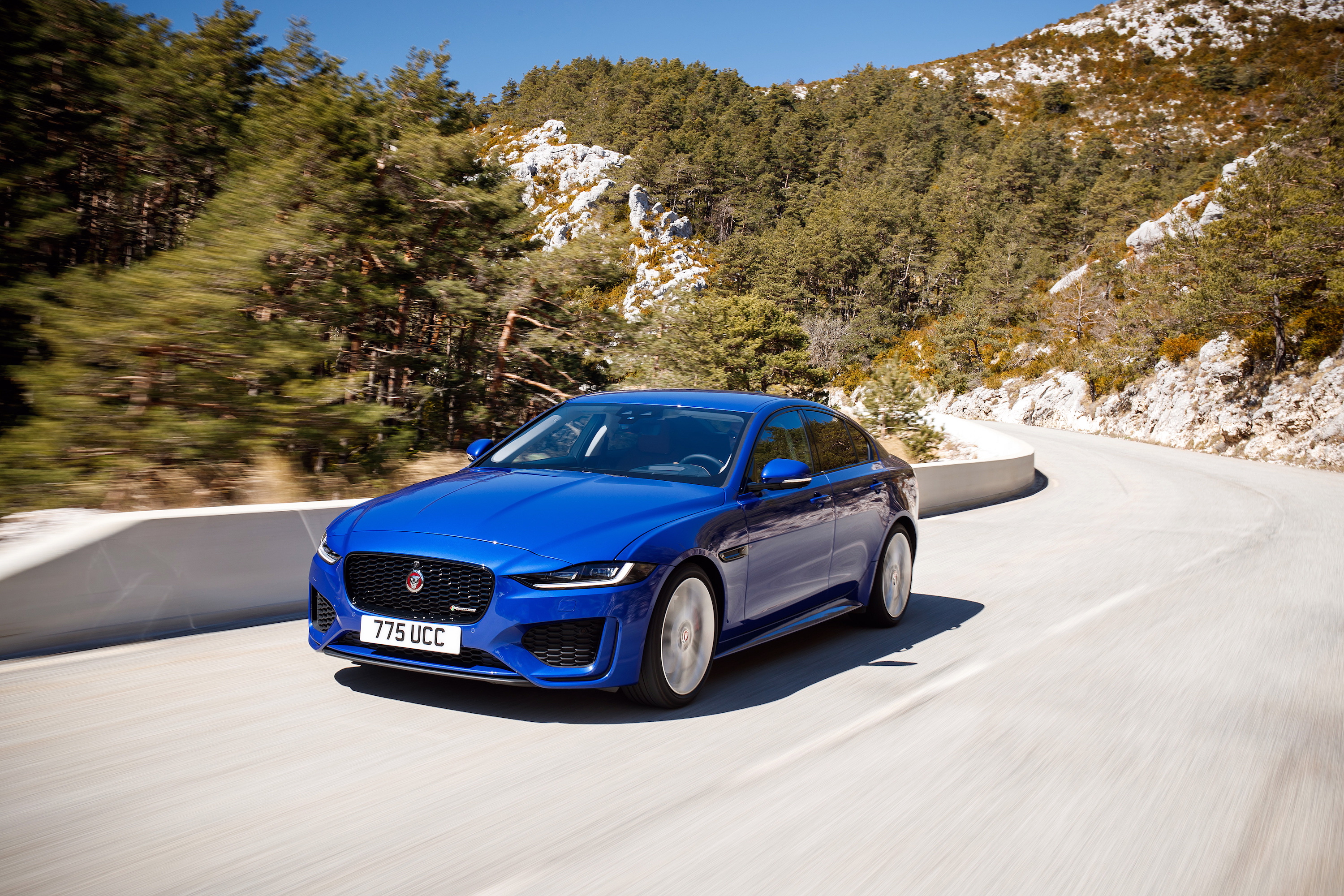
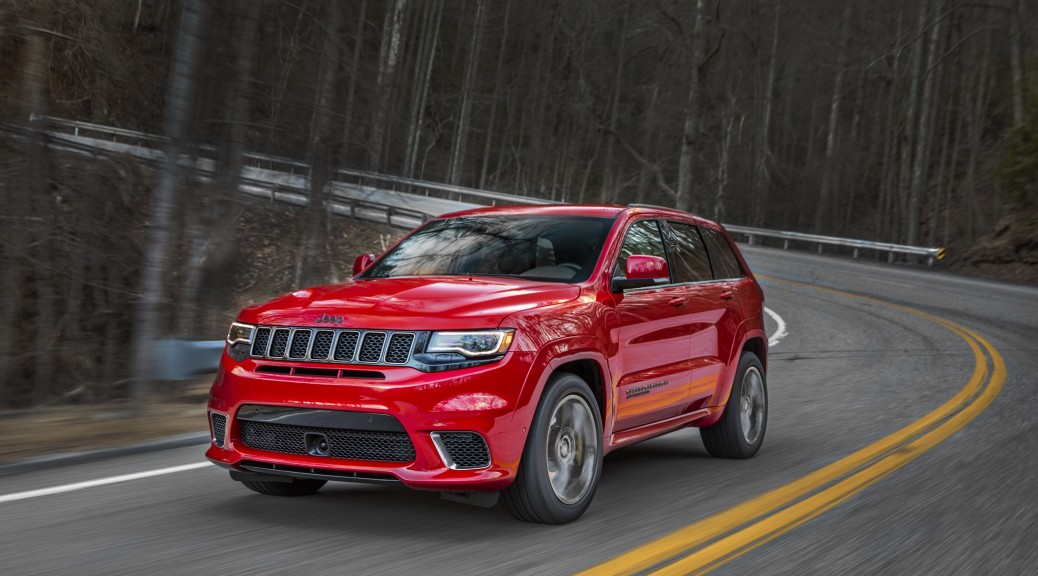

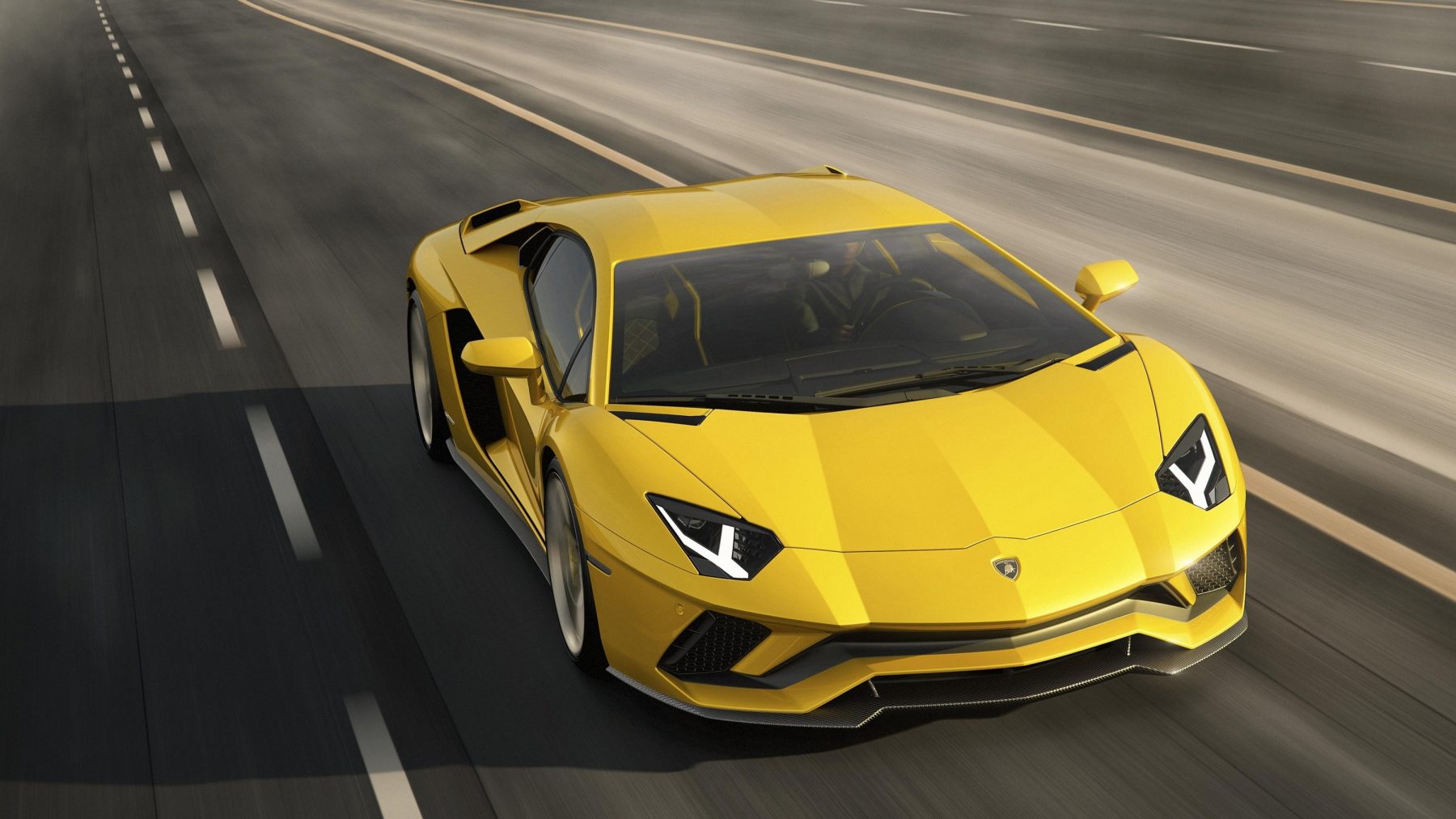
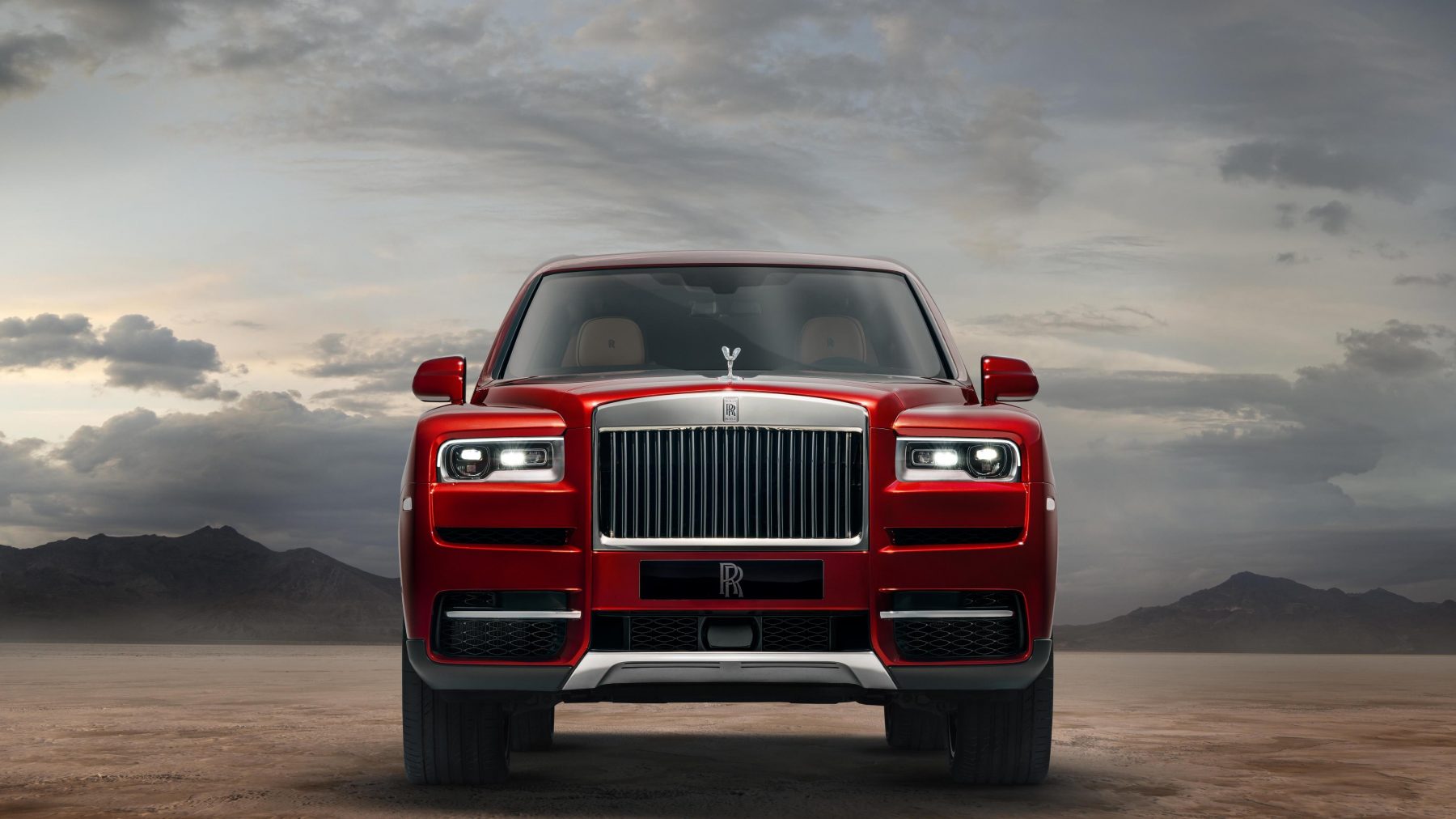
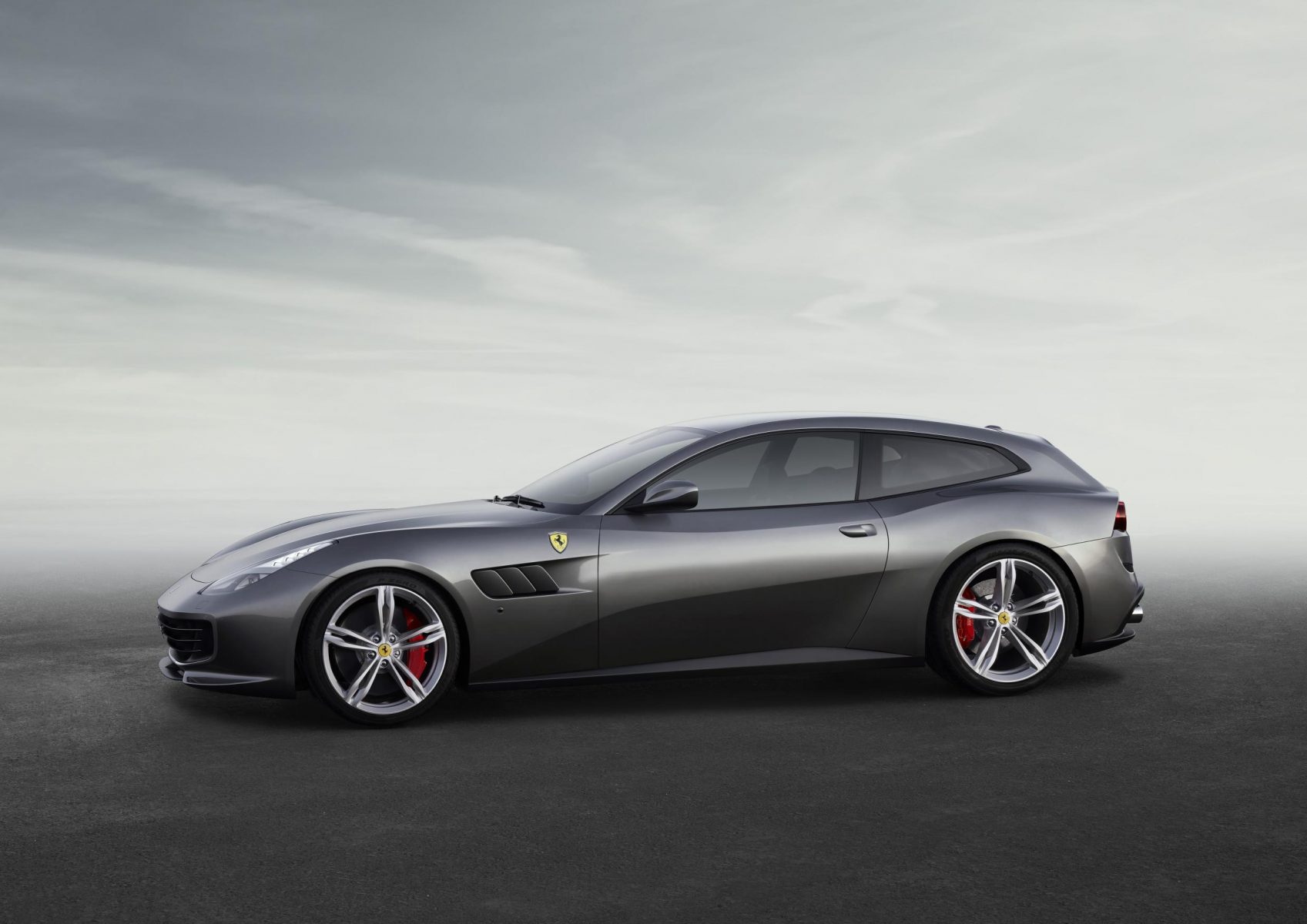
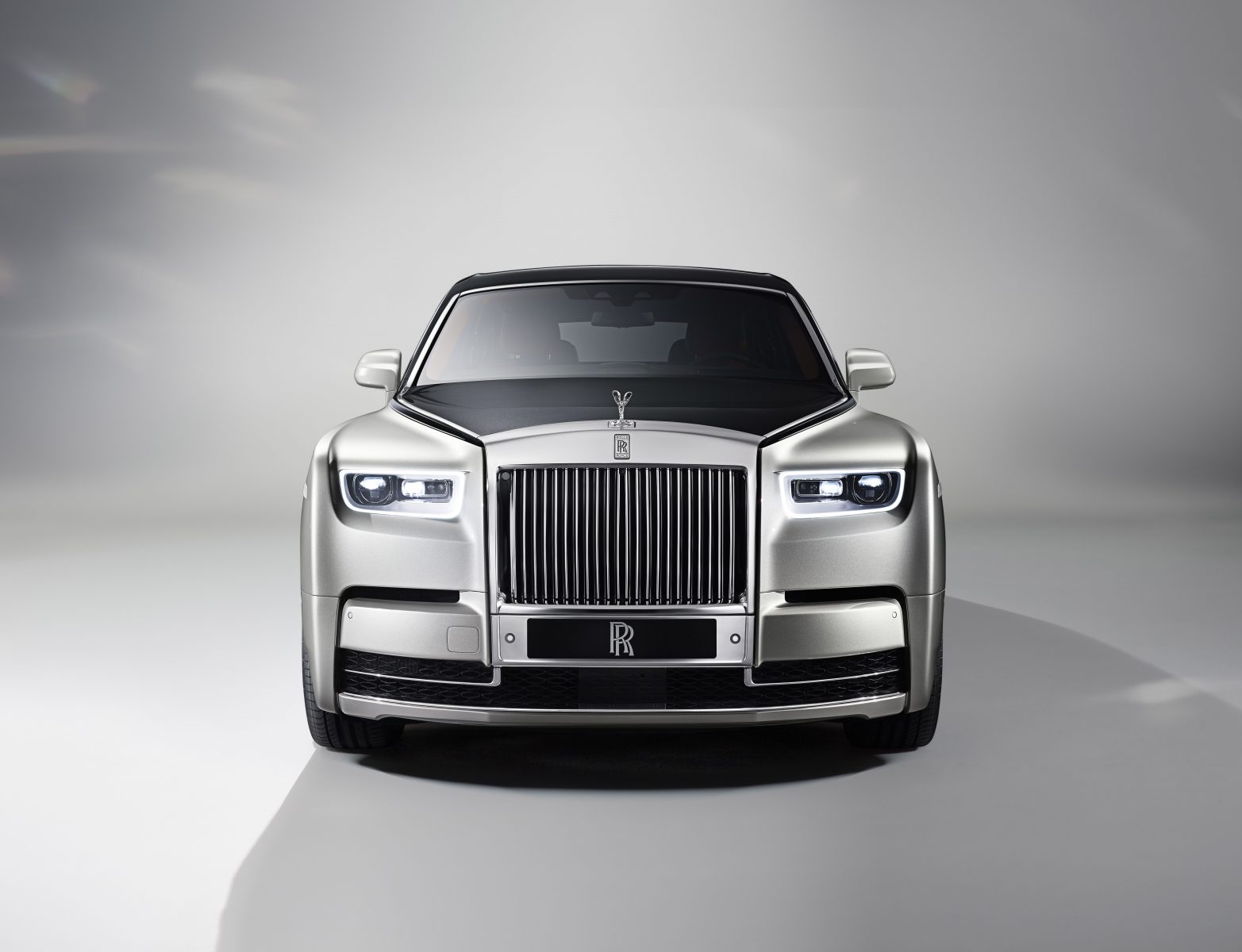

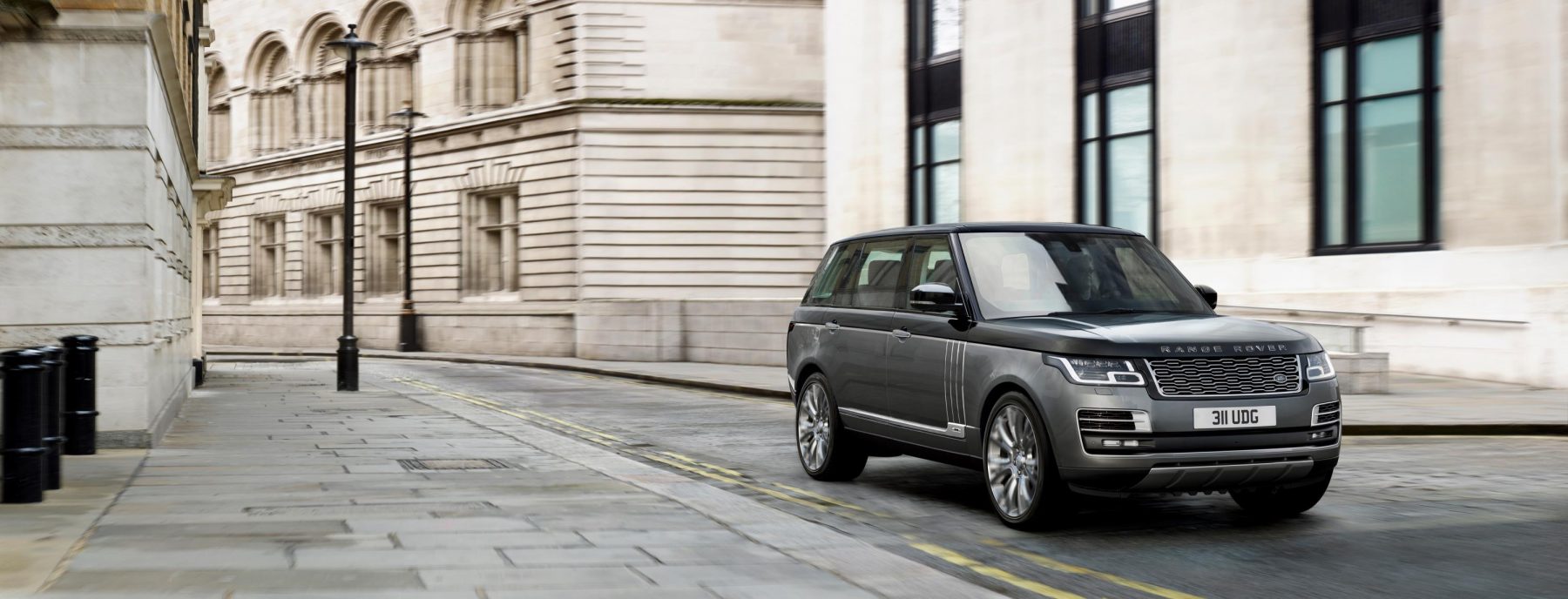
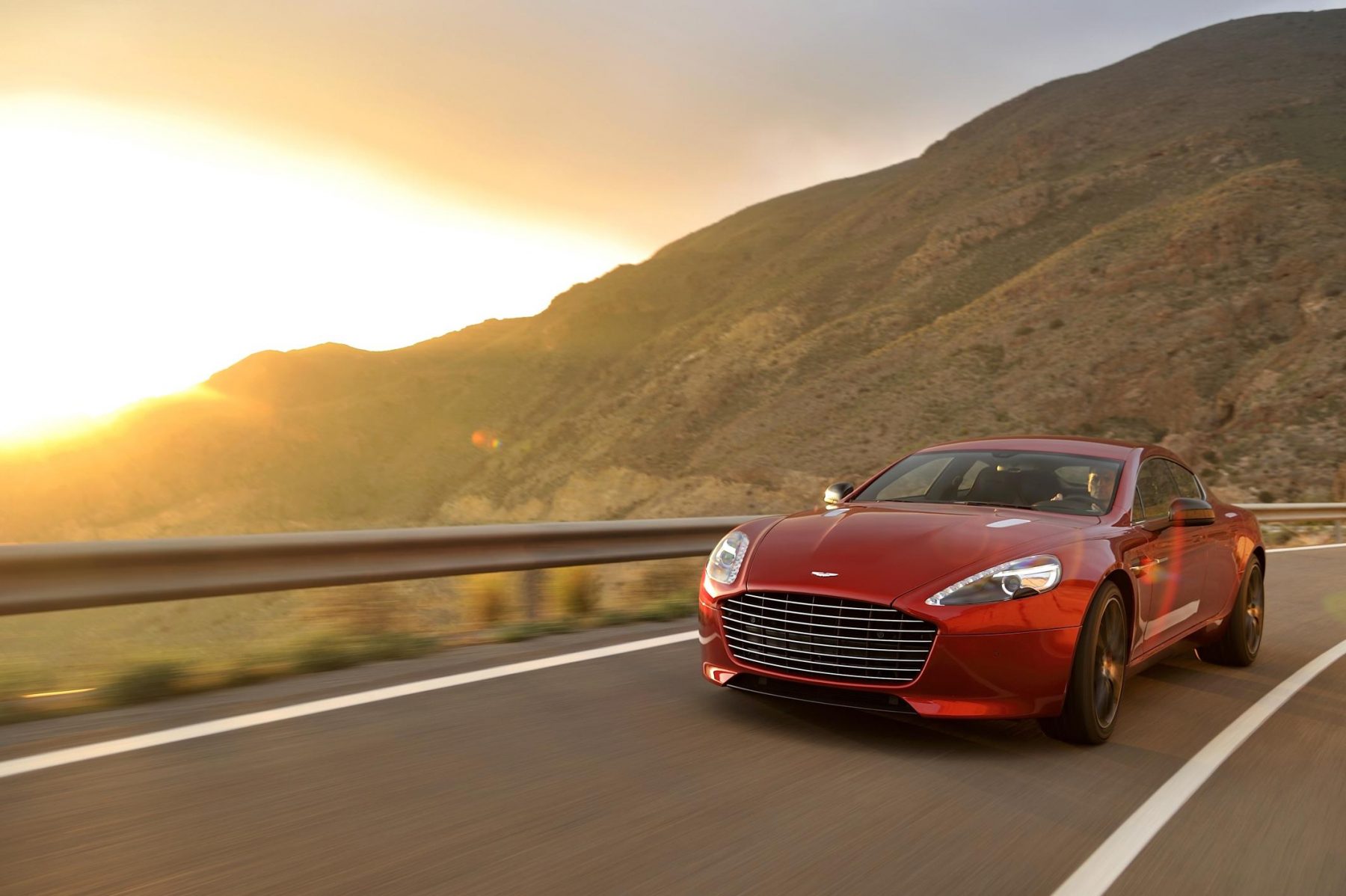
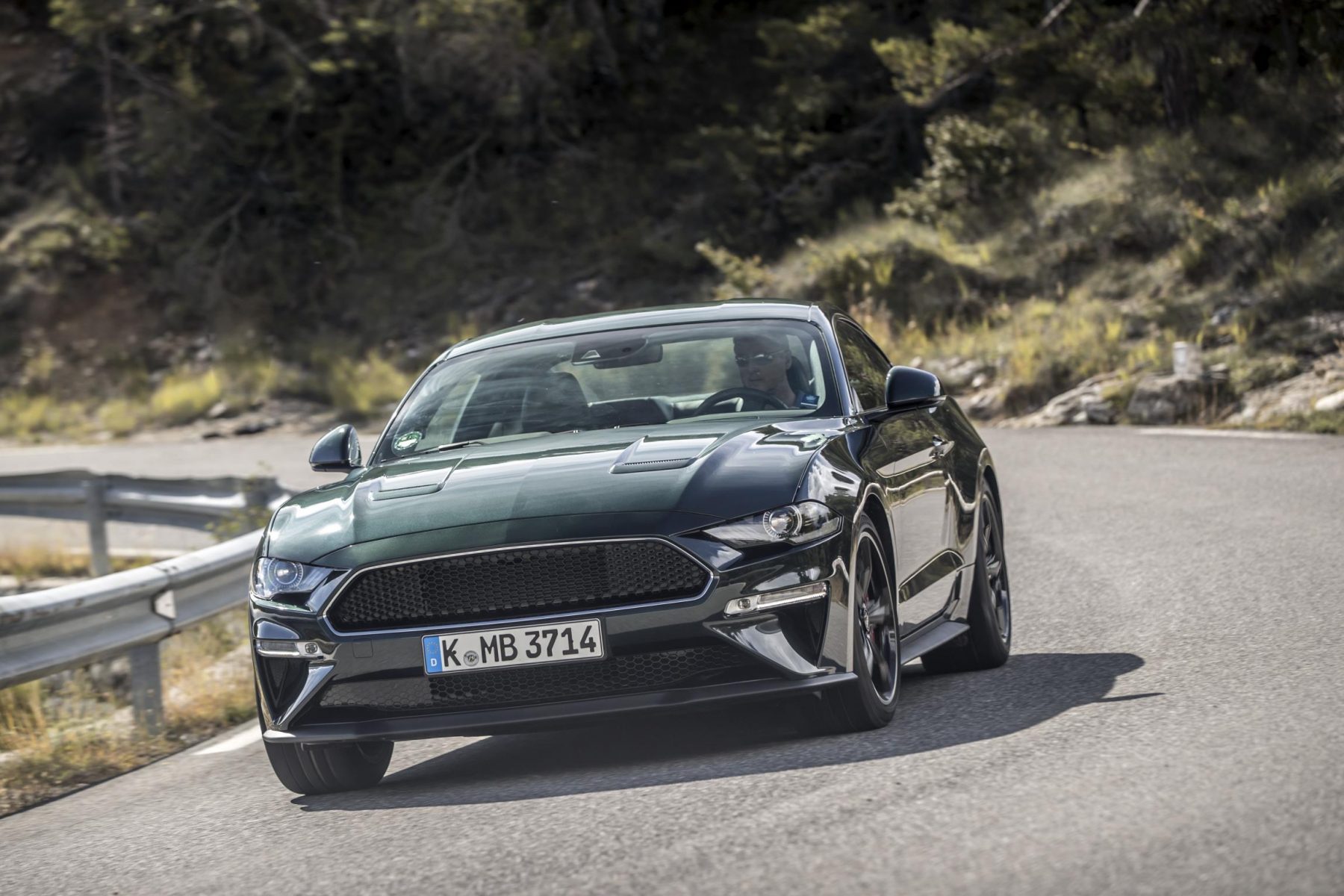

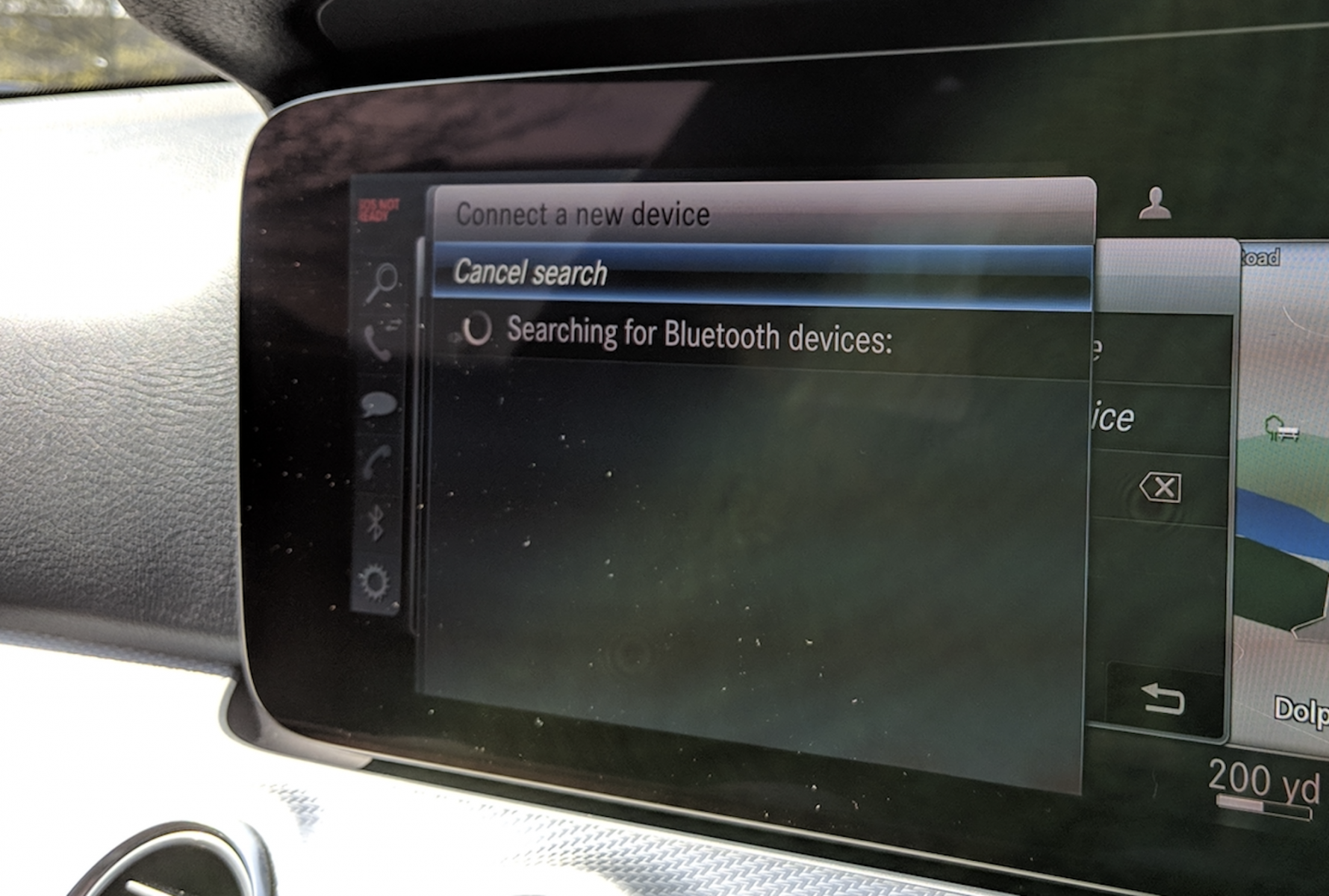
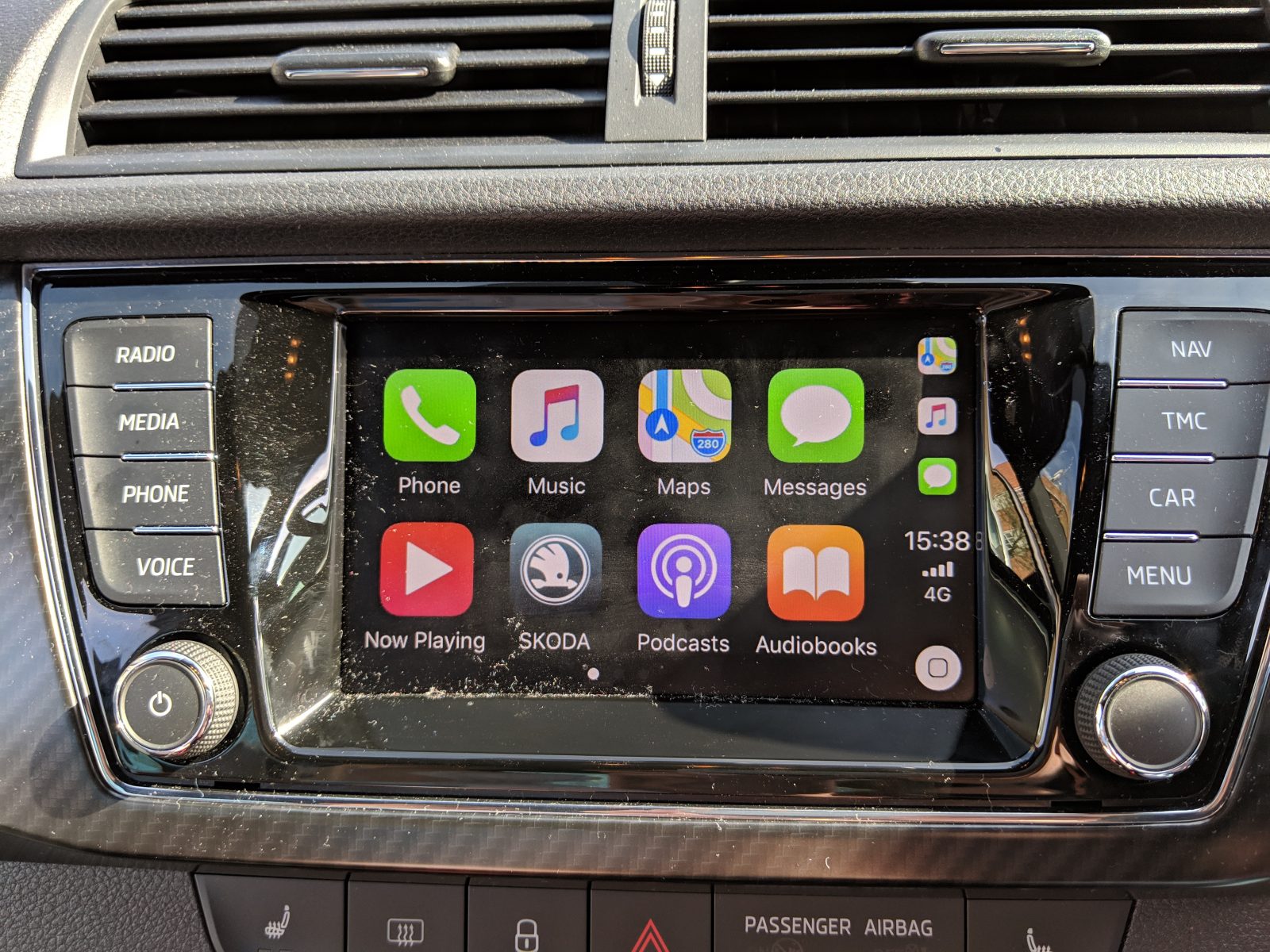
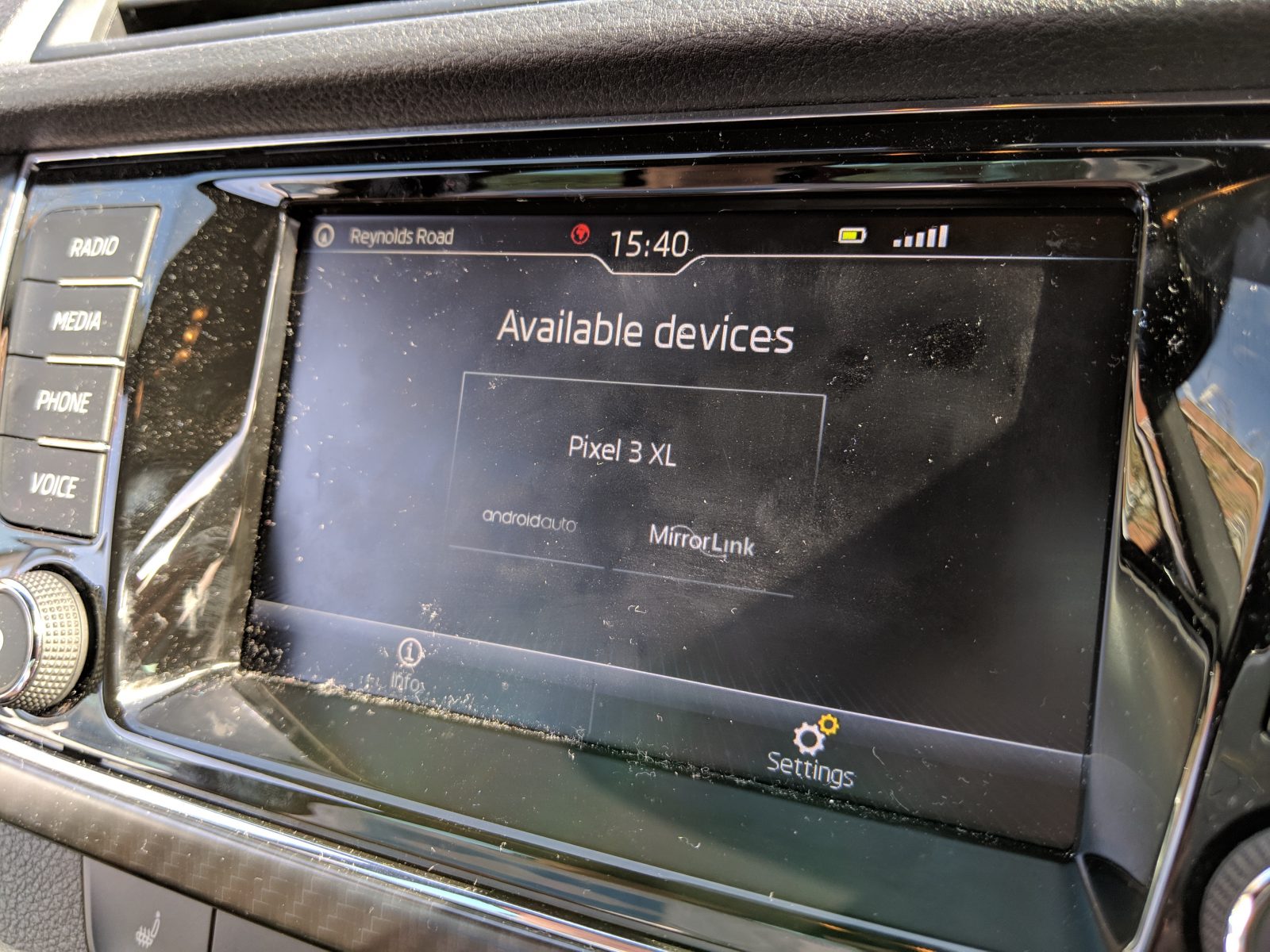
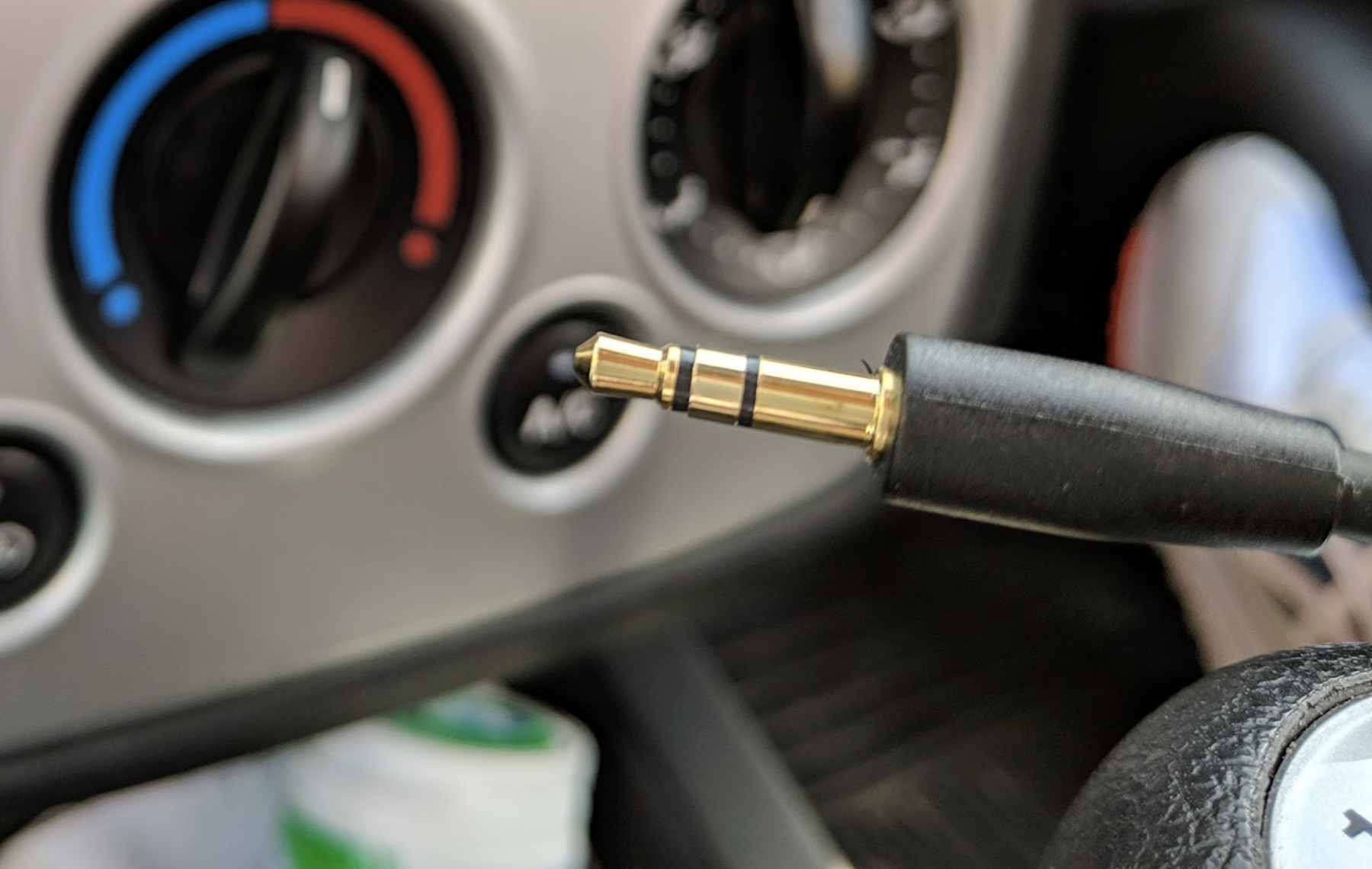
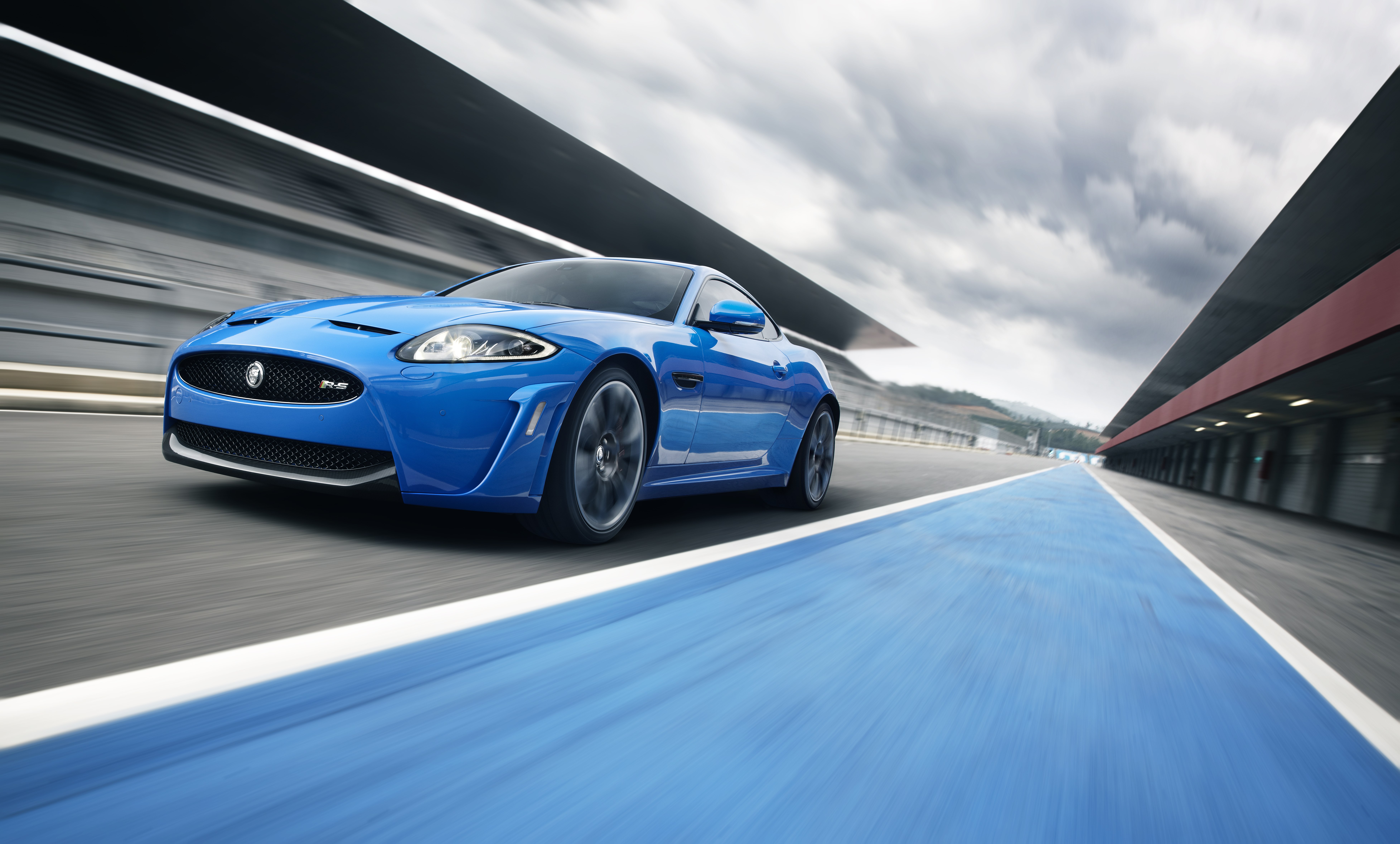
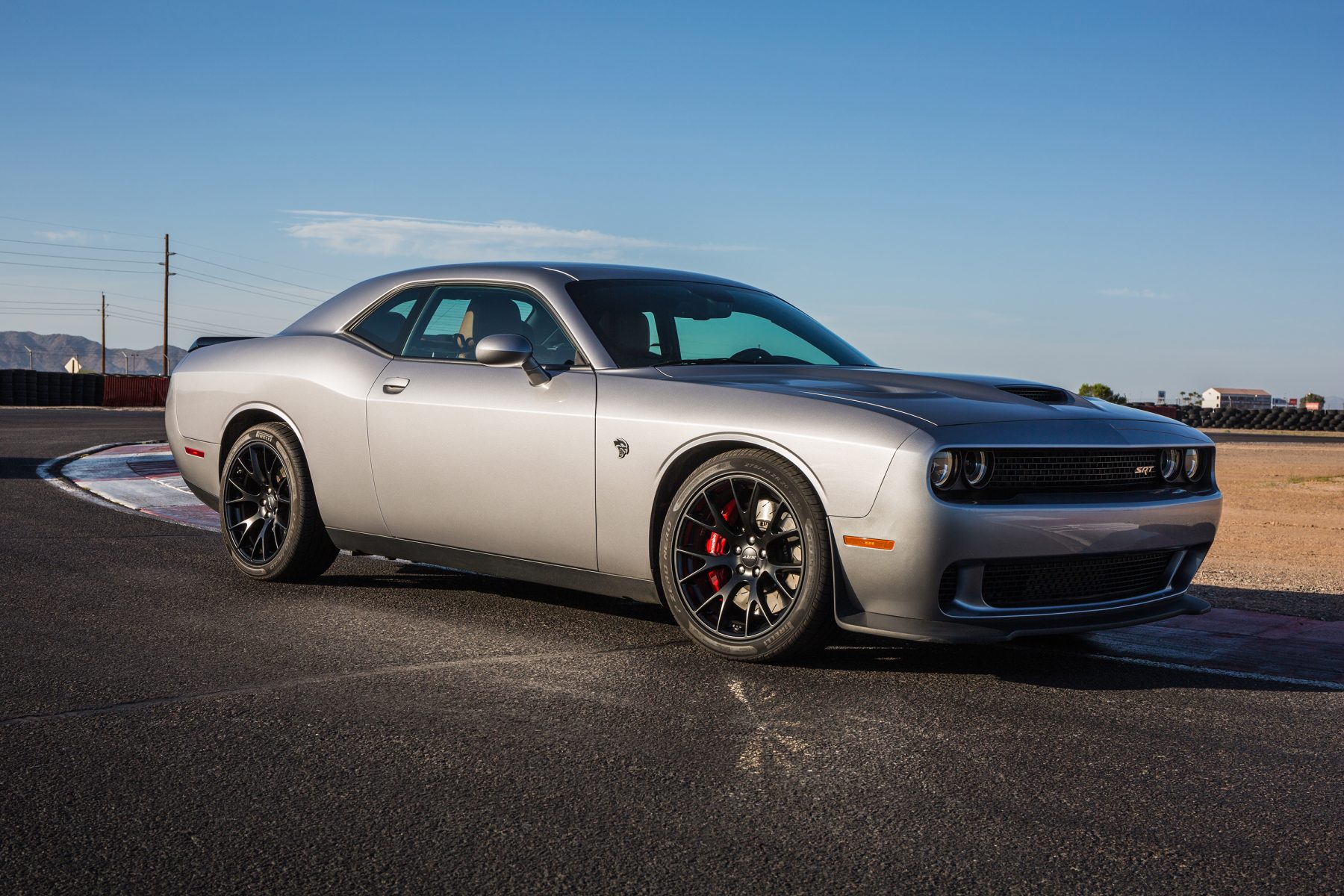 When the initial wave of new-generation, retro-inspired muscle cars arrived, some were slightly disappointed by their relative lack of performance – of course, these cars were built to be modified, so perhaps they only needed to be base models with which to improve upon.
When the initial wave of new-generation, retro-inspired muscle cars arrived, some were slightly disappointed by their relative lack of performance – of course, these cars were built to be modified, so perhaps they only needed to be base models with which to improve upon.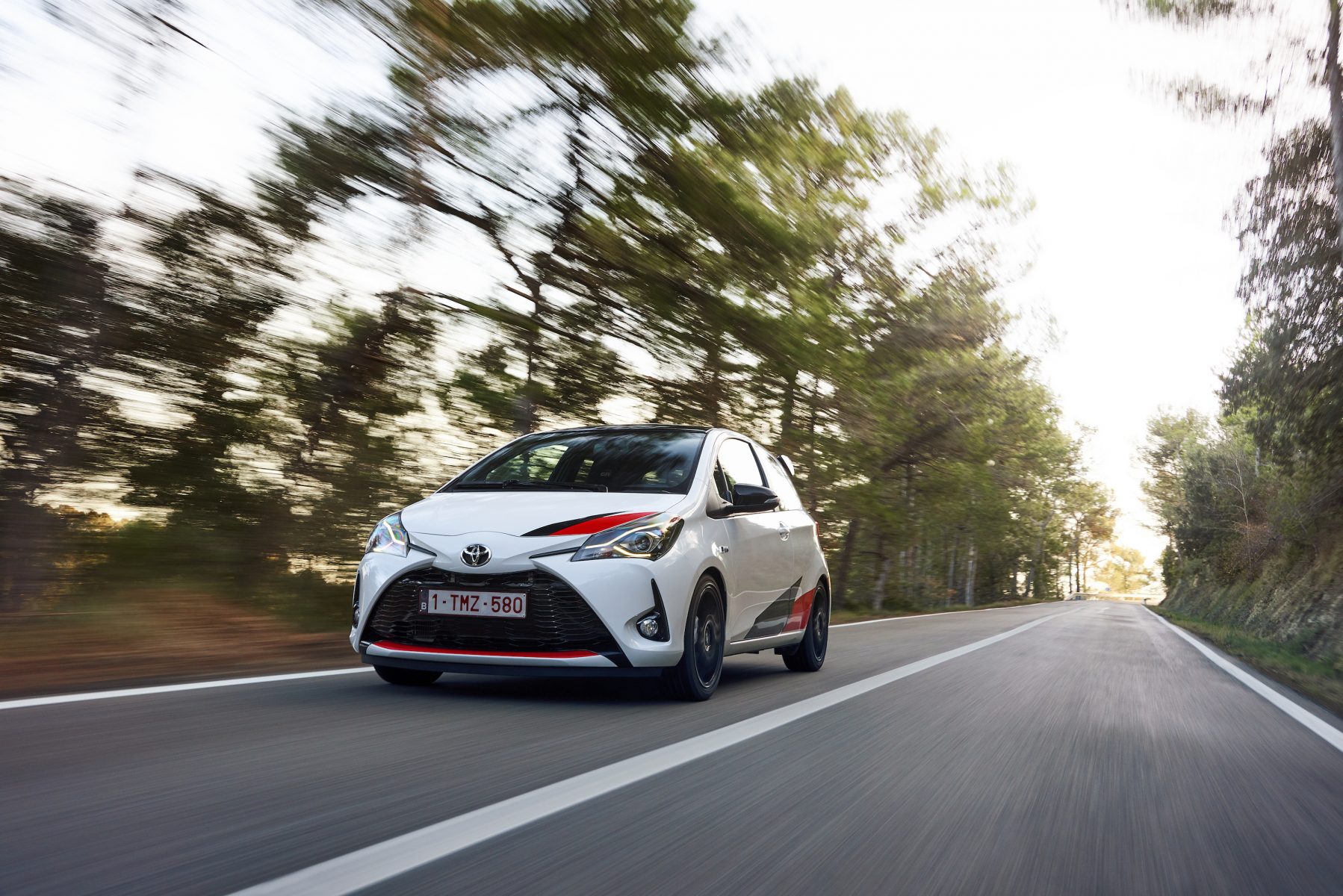 Thoroughly fettled by Toyota’s crack Gazoo Racing outfit, the Yaris GRMN is a limited edition hot hatch that’s quickly becoming a highly desirable car after its 2018 debut.
Thoroughly fettled by Toyota’s crack Gazoo Racing outfit, the Yaris GRMN is a limited edition hot hatch that’s quickly becoming a highly desirable car after its 2018 debut.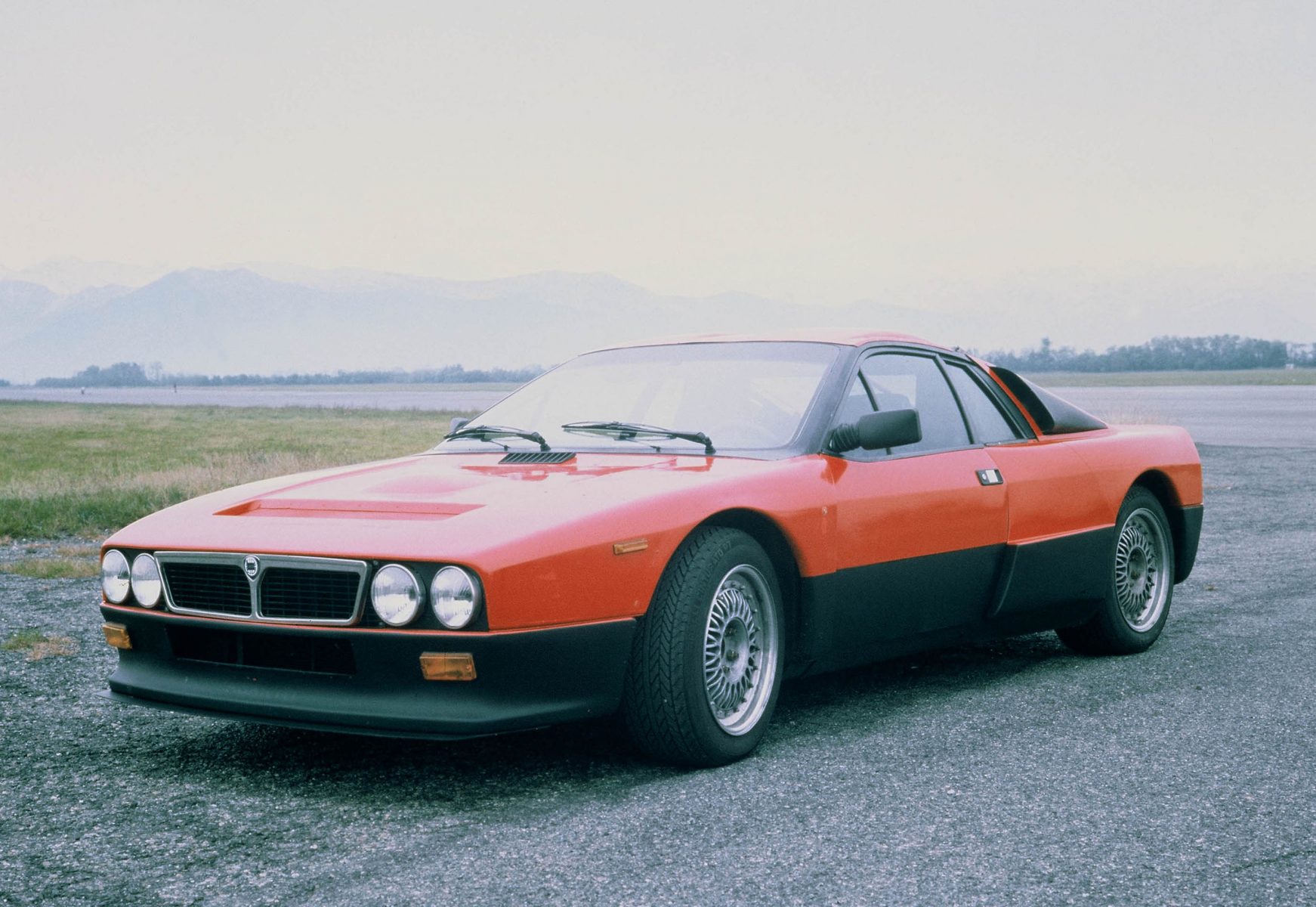 A product of the iconic ‘Group B’ World Rally Championship battles of the 1980s, the 037 was a mid-engined homologation special. With a mere 205bhp, the power of the 2.0-litre supercharged engine doesn’t raise many eyebrows.
A product of the iconic ‘Group B’ World Rally Championship battles of the 1980s, the 037 was a mid-engined homologation special. With a mere 205bhp, the power of the 2.0-litre supercharged engine doesn’t raise many eyebrows.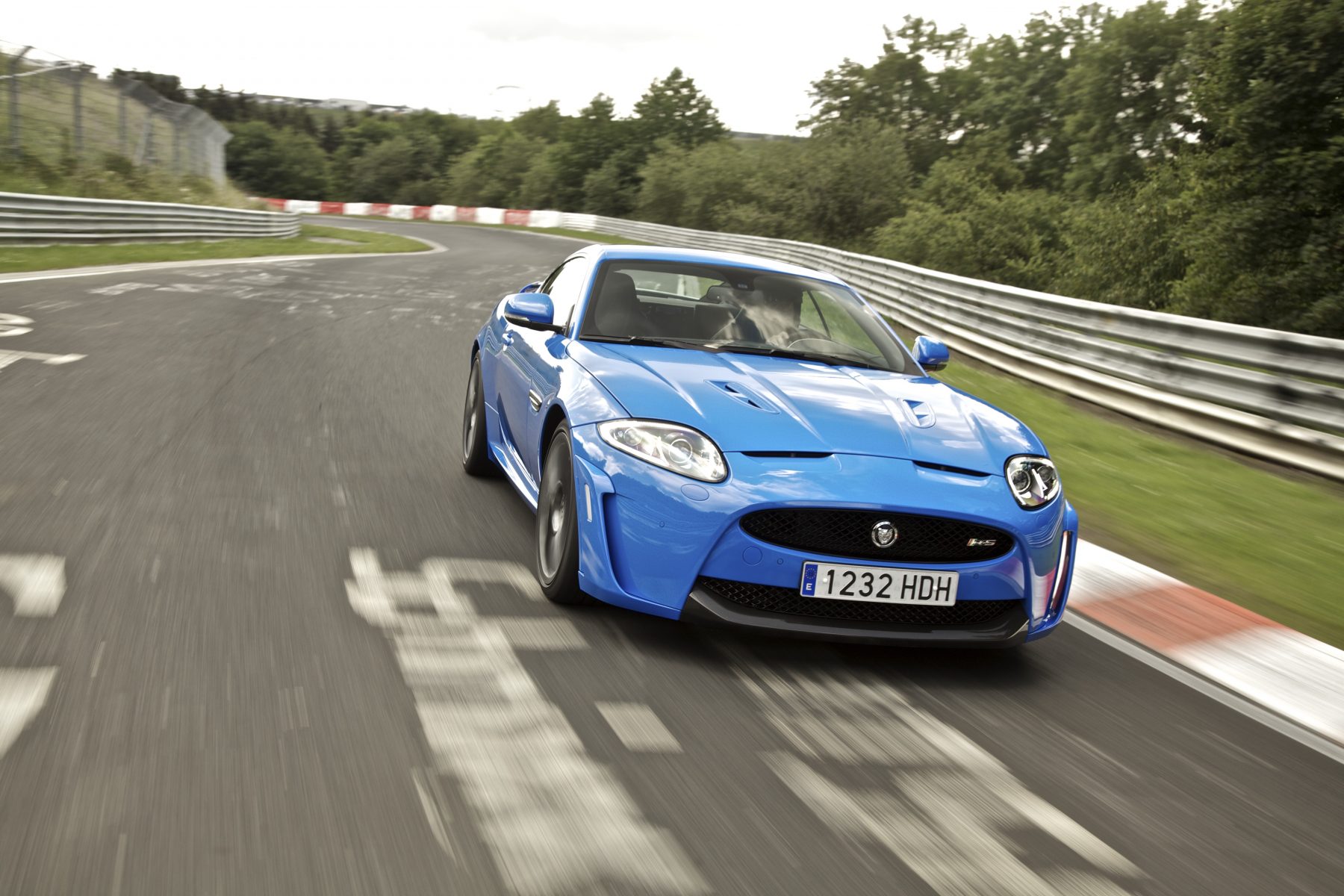 Sportscar, grand tourer or muscle car coupe – however you choose to define the Jaguar XKR-S, it can safely be described as a truly savage car.
Sportscar, grand tourer or muscle car coupe – however you choose to define the Jaguar XKR-S, it can safely be described as a truly savage car. The ZR1 nameplate has long been the performance peak of the Chevrolet Corvette line-up.
The ZR1 nameplate has long been the performance peak of the Chevrolet Corvette line-up.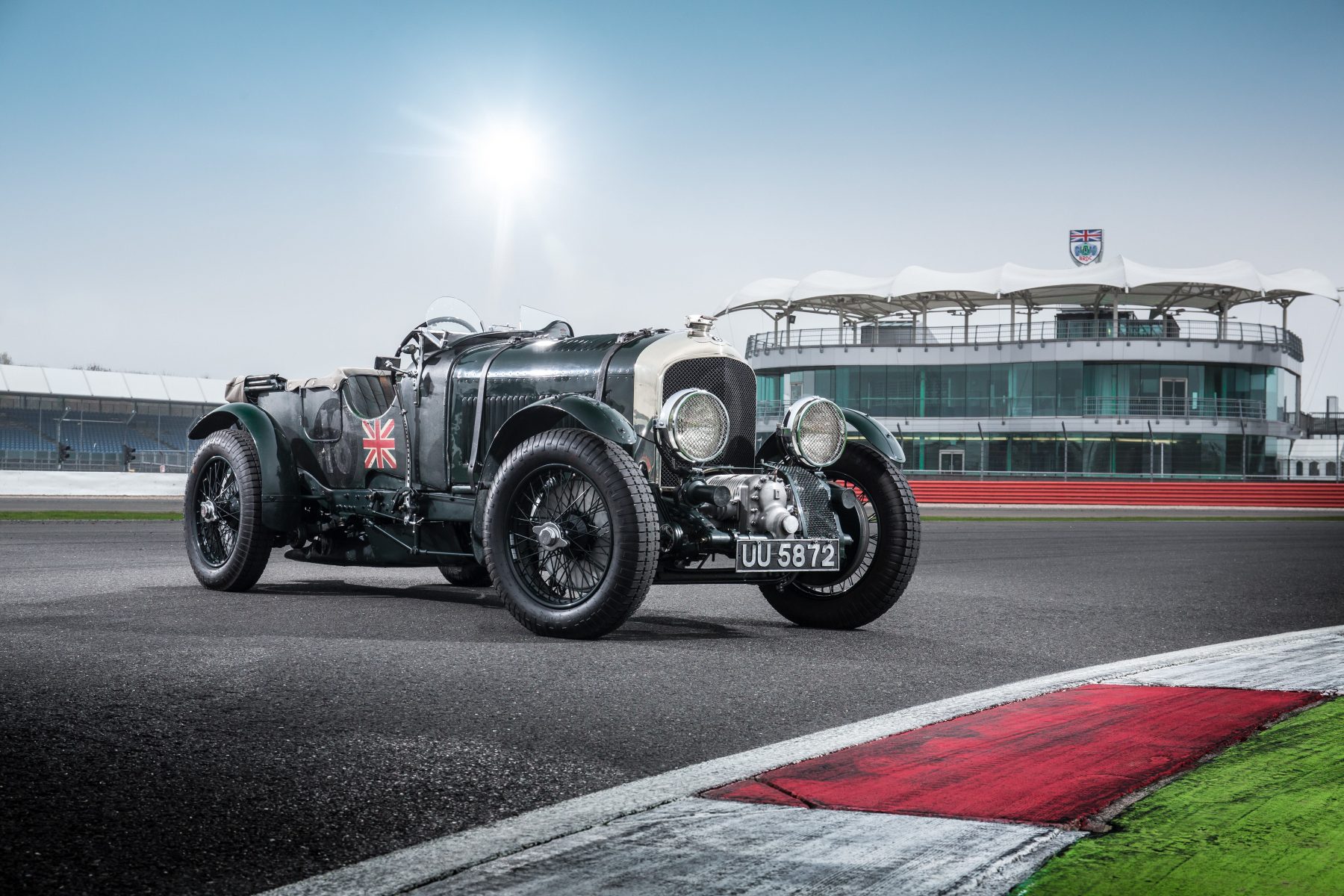 Not many cars feature a supercharger exposed to the elements, but that was the case with the famous Blower Bentleys that plied their trade at the Le Mans 24 Hours in the 1920s.
Not many cars feature a supercharger exposed to the elements, but that was the case with the famous Blower Bentleys that plied their trade at the Le Mans 24 Hours in the 1920s.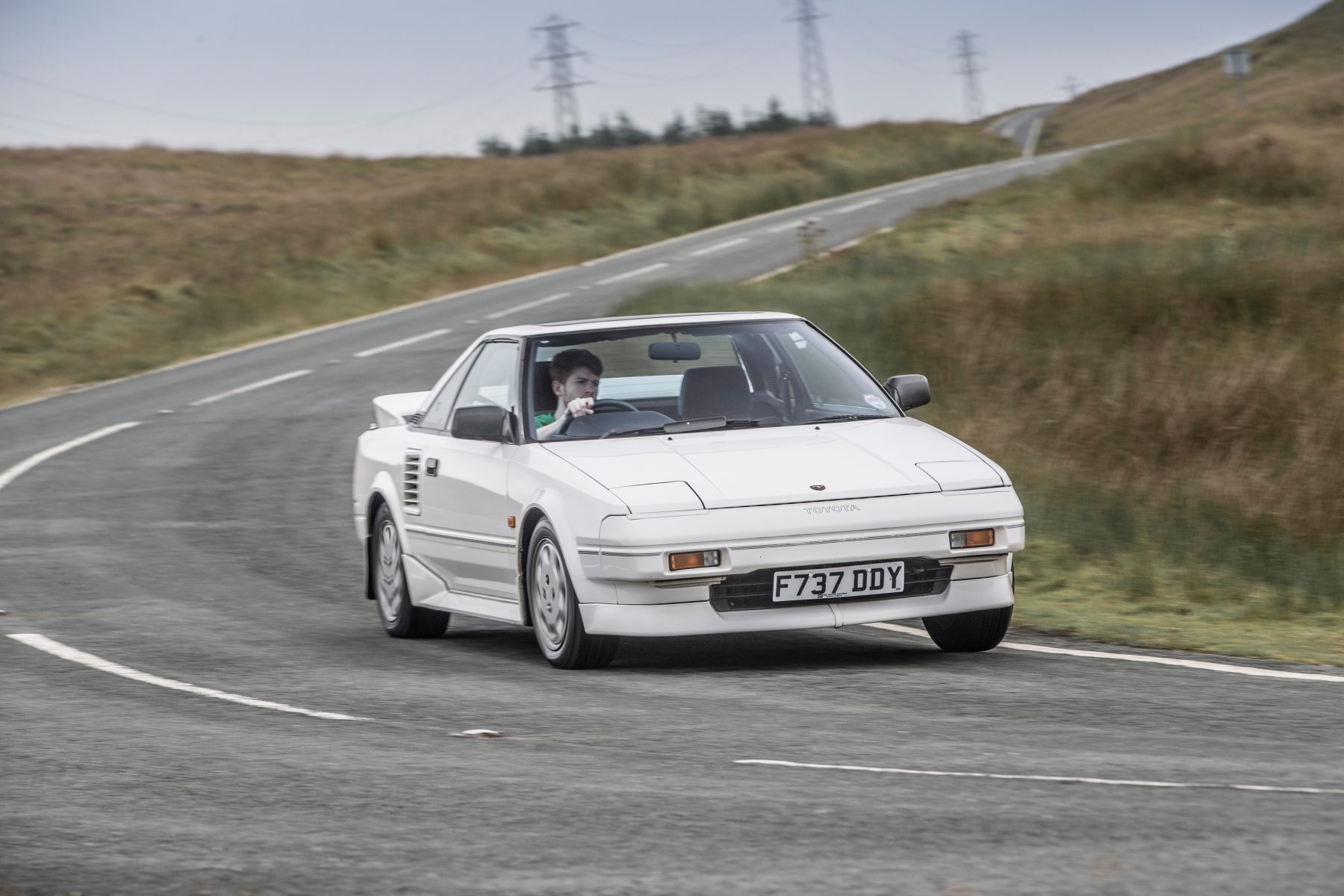 The first-generation MR2 was a fun car as standard, but its creators at Toyota clearly didn’t think it was fun enough, as a supercharged variant arrived in 1986 in Japan, and 1988 in North America.
The first-generation MR2 was a fun car as standard, but its creators at Toyota clearly didn’t think it was fun enough, as a supercharged variant arrived in 1986 in Japan, and 1988 in North America.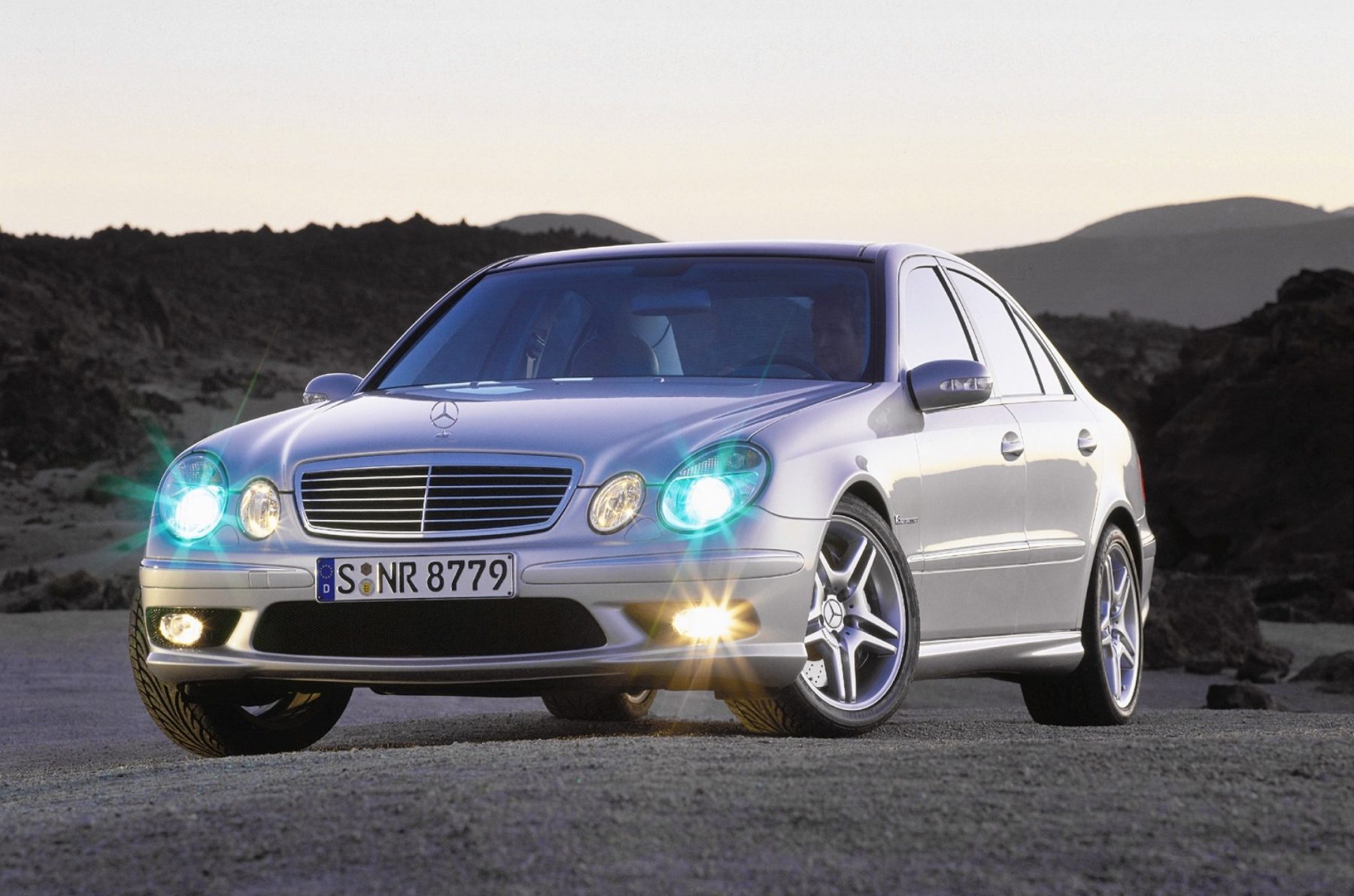 The E55 AMG was rightfully seen as a four-door rocket ship when it debuted at the 2002 Paris Motor Show.
The E55 AMG was rightfully seen as a four-door rocket ship when it debuted at the 2002 Paris Motor Show.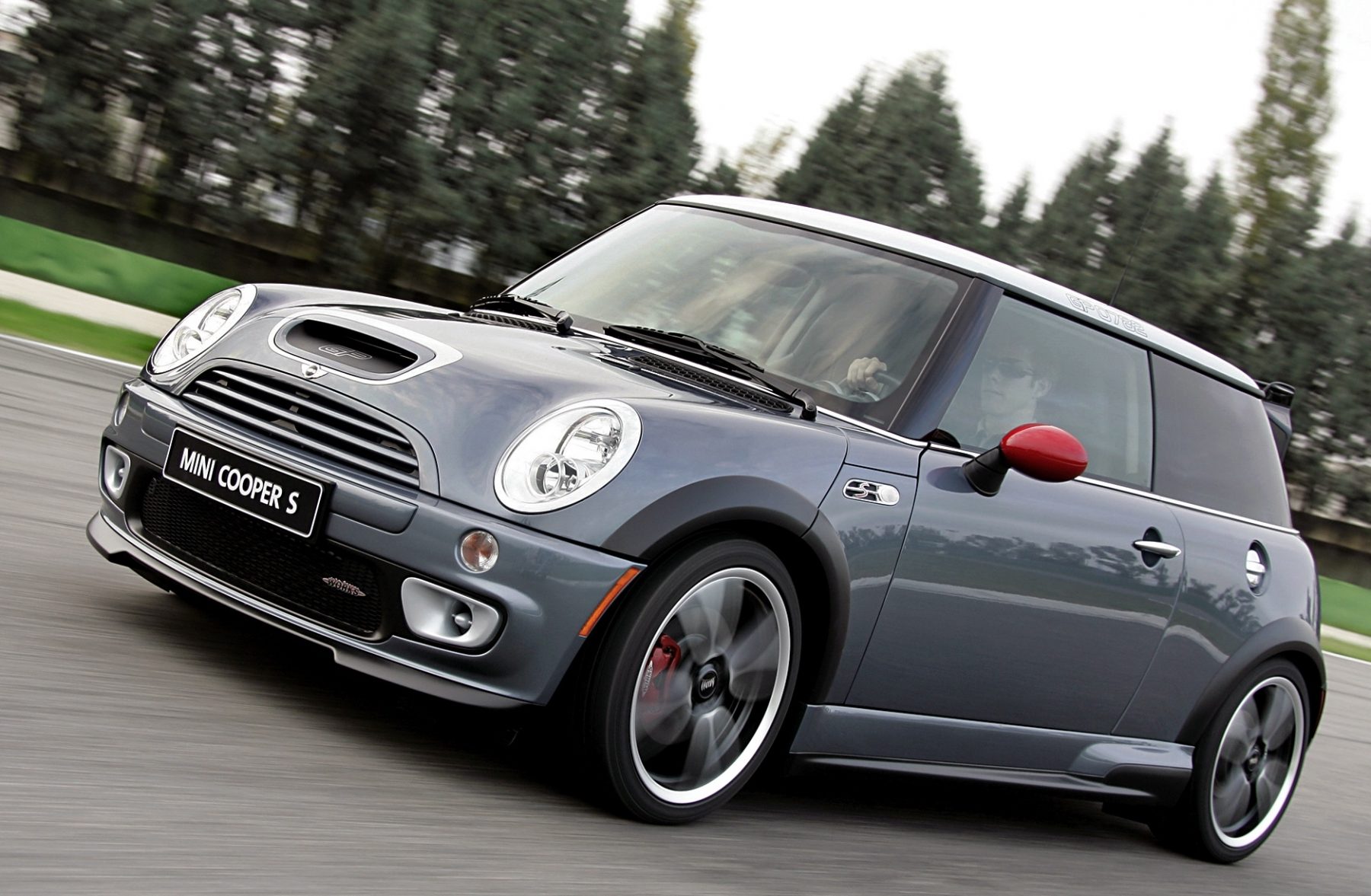 When the end of the line came for the first of the BMW-built Minis, one last performance version was put into production at a limited run of just 2,000 units.
When the end of the line came for the first of the BMW-built Minis, one last performance version was put into production at a limited run of just 2,000 units.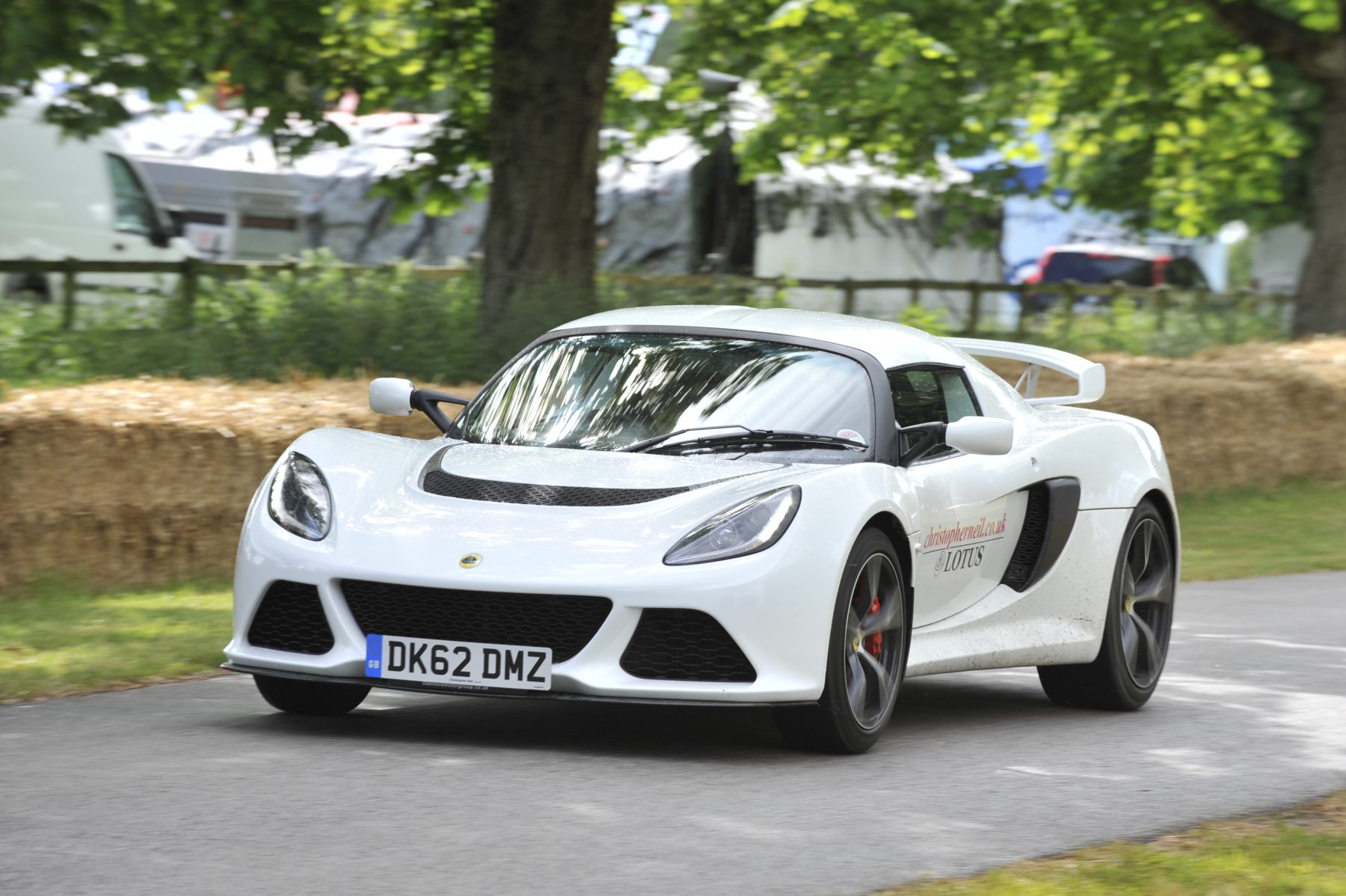 A more extreme version of the Elise, the Exige first received supercharging in the form of a 1.8-litre Toyota engine. However, the current, third-generation Exige features a 3.5-litre unit, also sampled from the Japanese manufacturer.
A more extreme version of the Elise, the Exige first received supercharging in the form of a 1.8-litre Toyota engine. However, the current, third-generation Exige features a 3.5-litre unit, also sampled from the Japanese manufacturer.
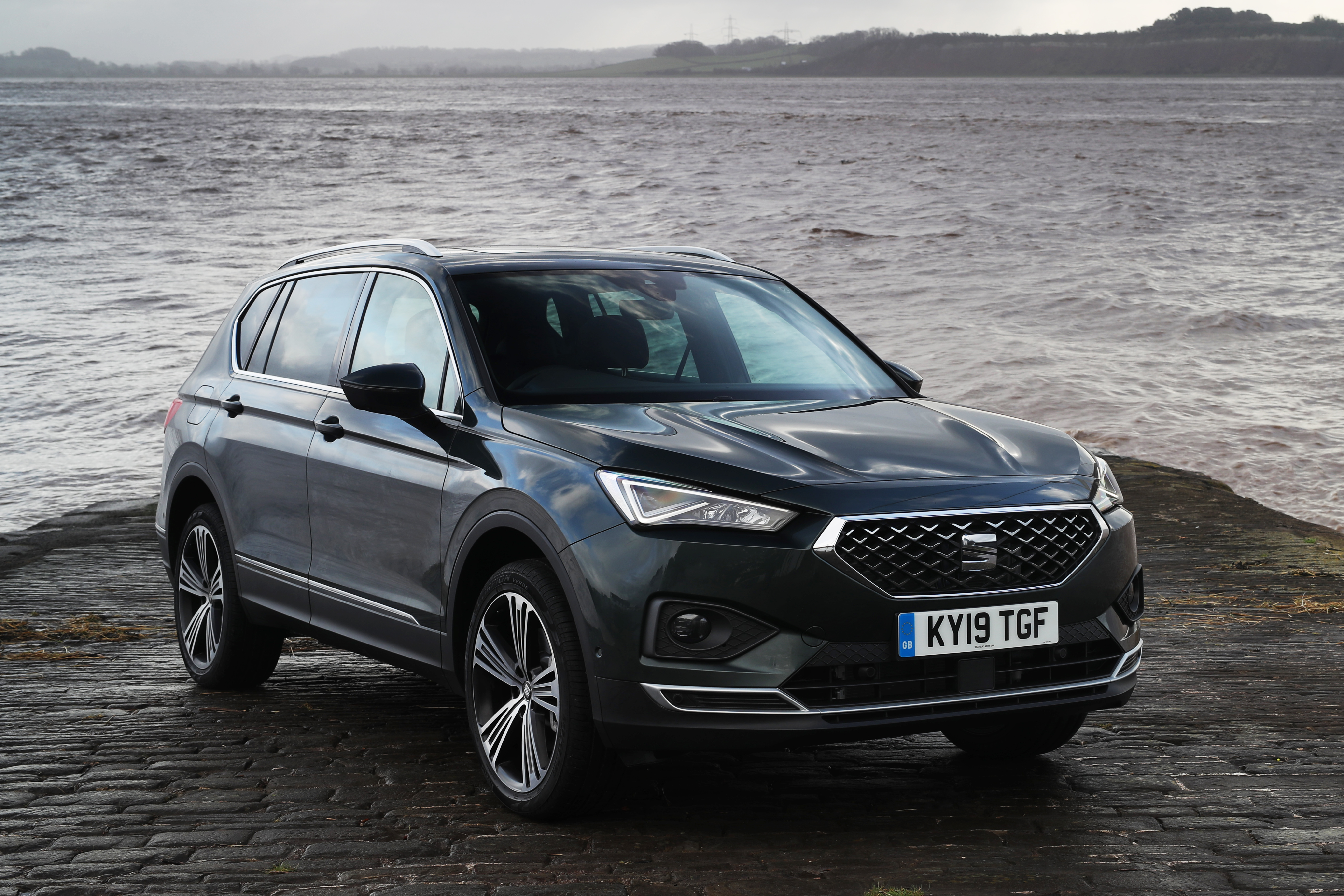

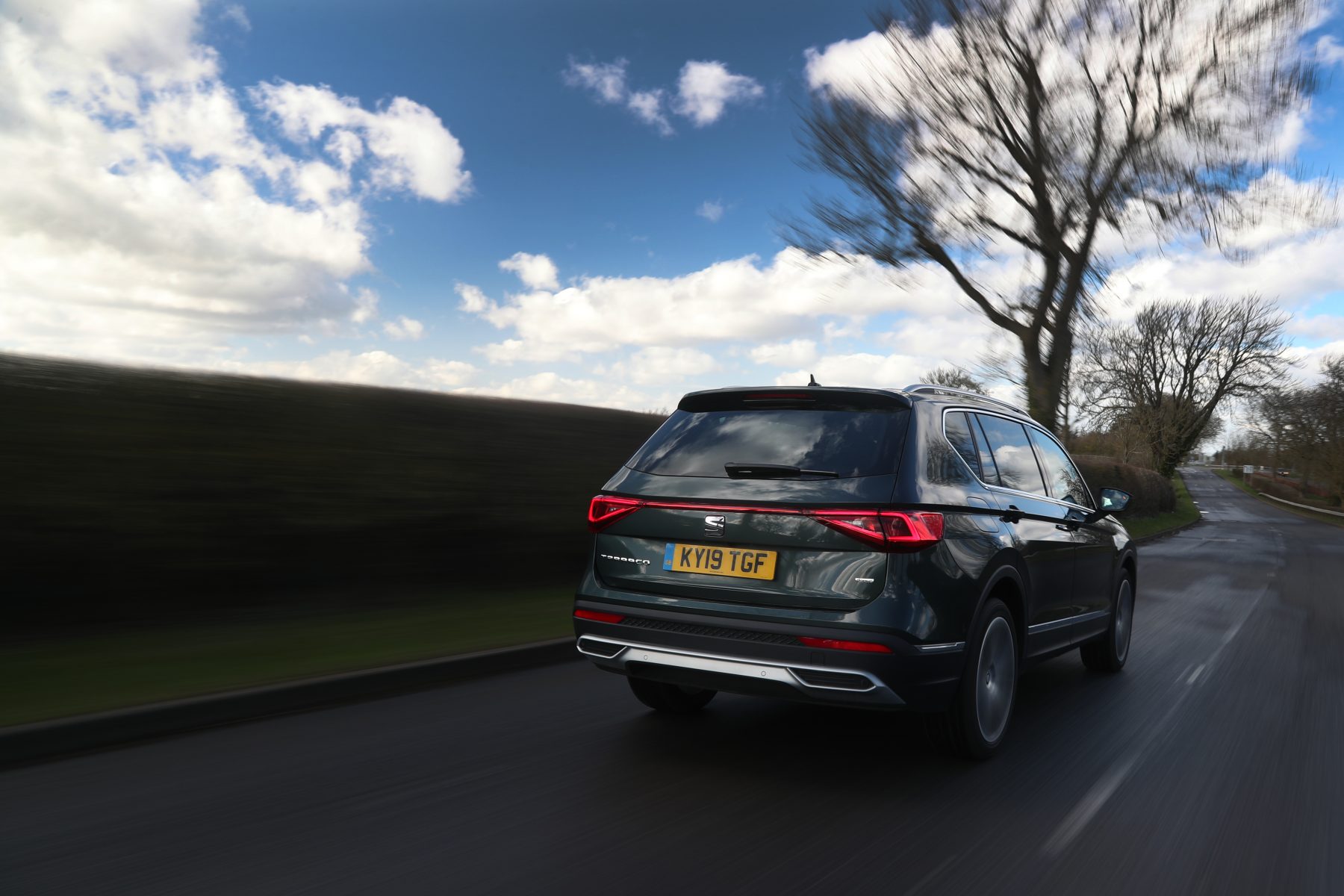
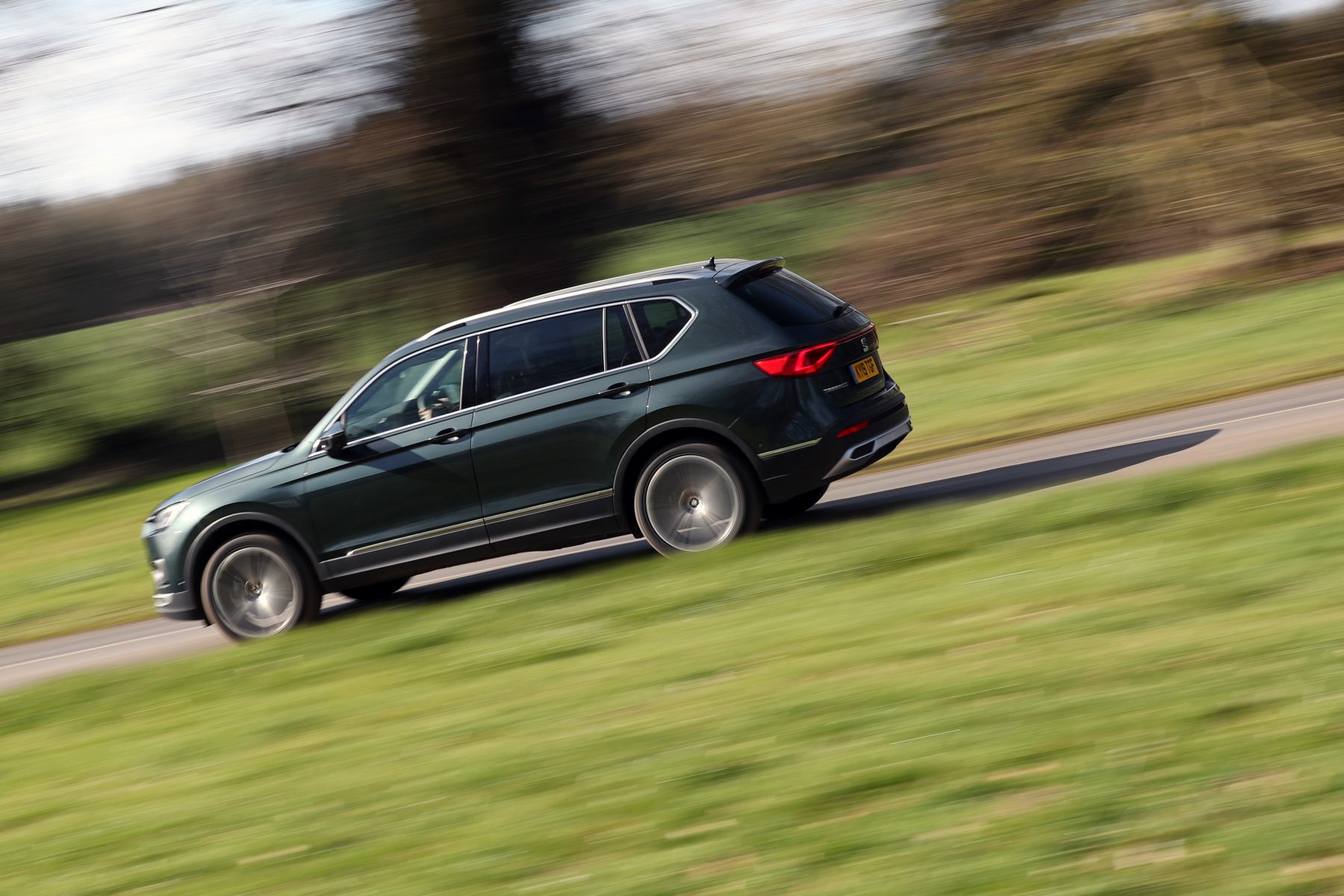



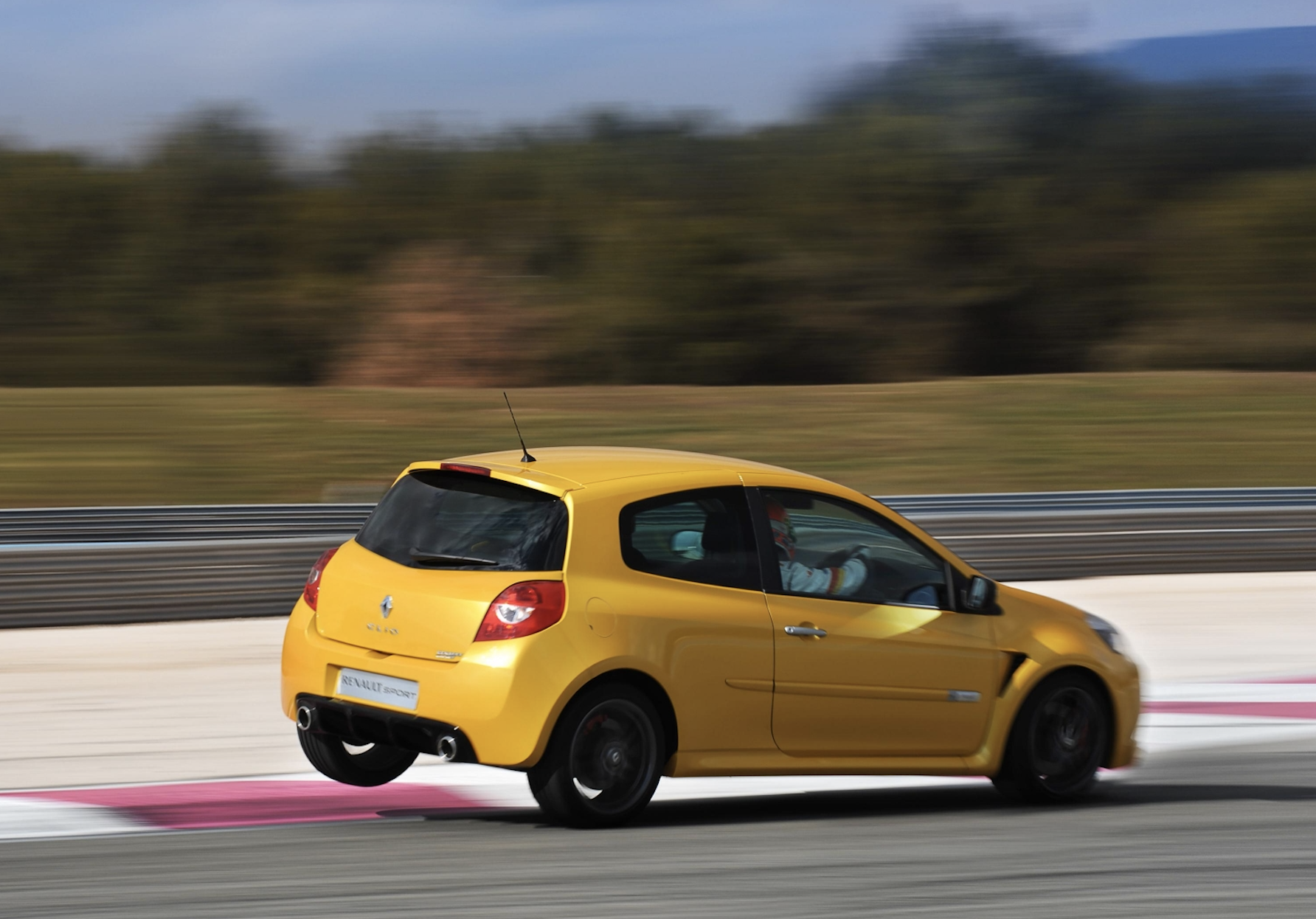
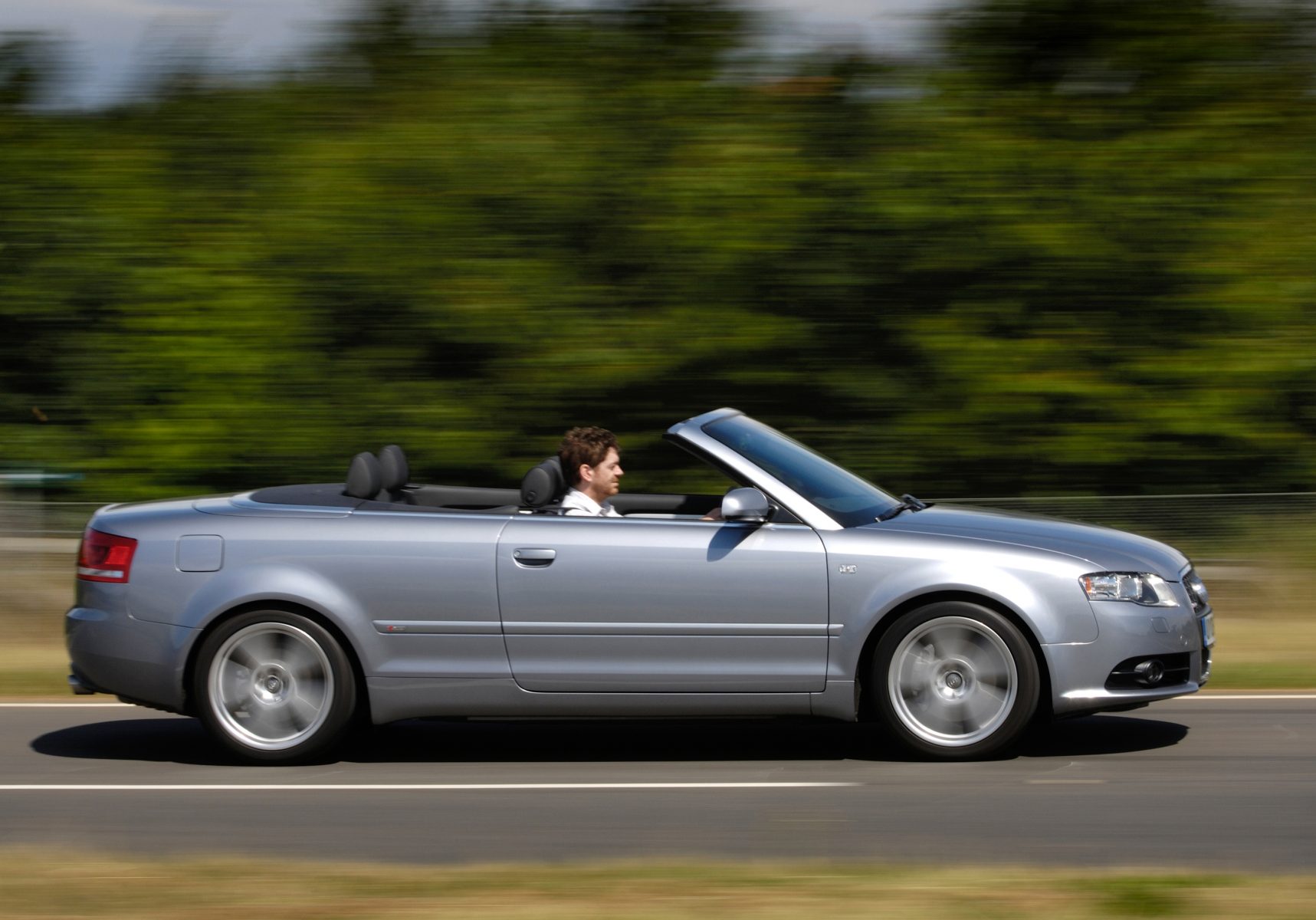 The Audi A4 Convertible may not be the most exciting of cars, but it ticks all of the boxes for a springtime special. There’s plenty of space for four people to enjoy the journey, and it won’t be expensive to run, either. Plus, because it’s a convertible, you’re free to enjoy the very best of the weather. And, if it turns particularly British, the folding roof does a good job of insulating the cabin from the outside.
The Audi A4 Convertible may not be the most exciting of cars, but it ticks all of the boxes for a springtime special. There’s plenty of space for four people to enjoy the journey, and it won’t be expensive to run, either. Plus, because it’s a convertible, you’re free to enjoy the very best of the weather. And, if it turns particularly British, the folding roof does a good job of insulating the cabin from the outside.